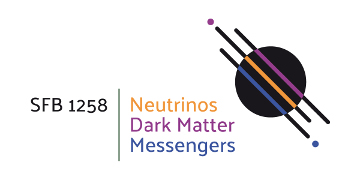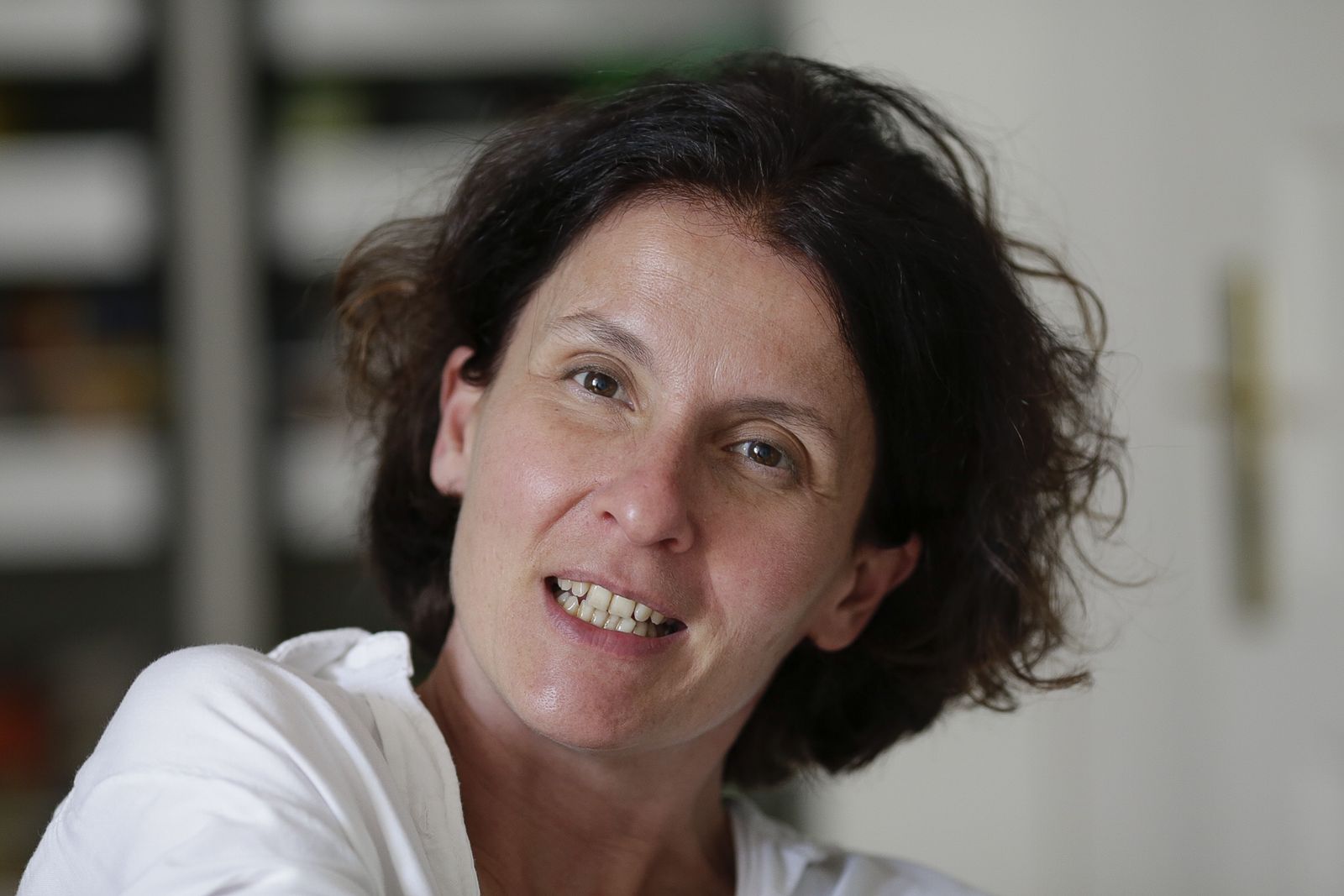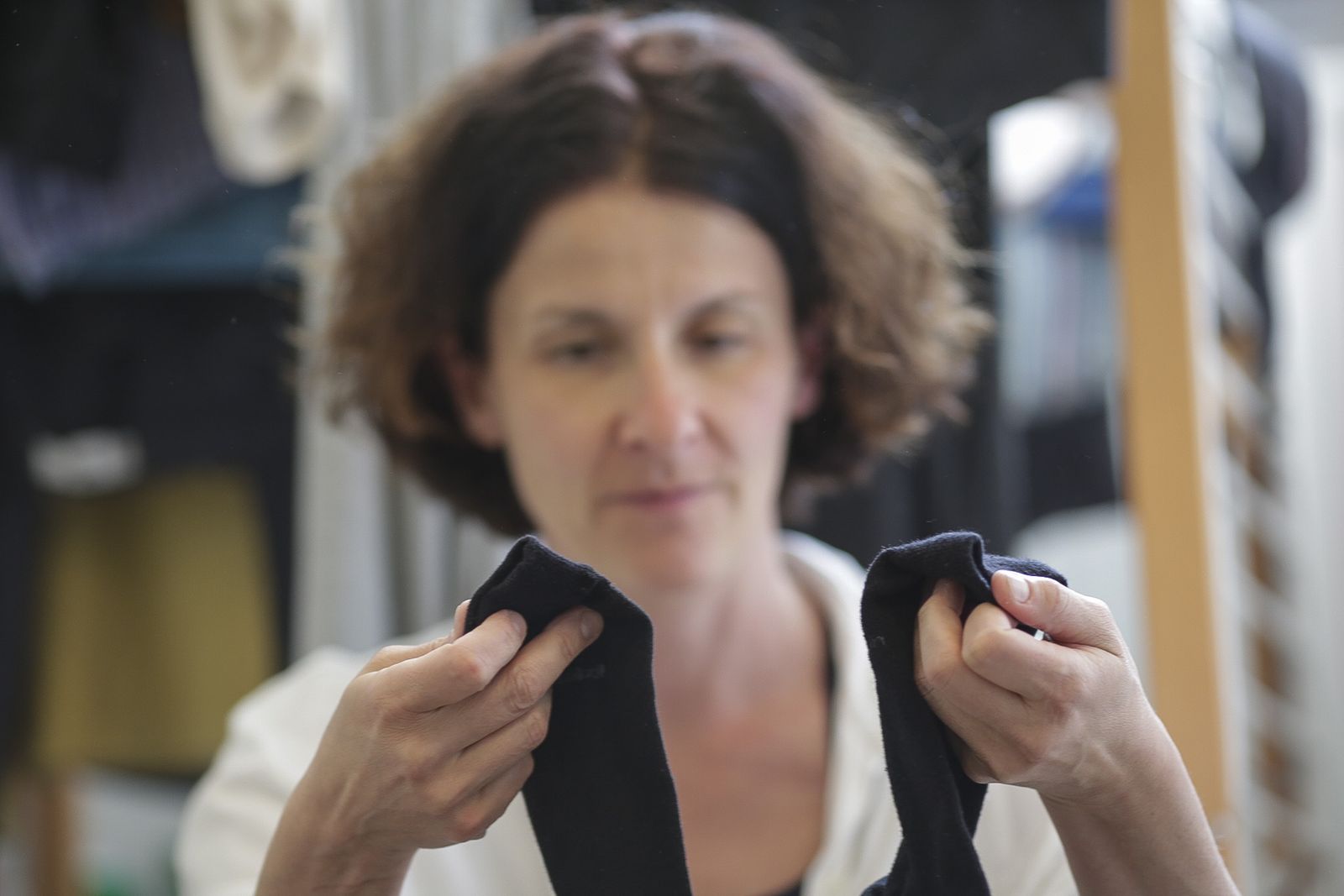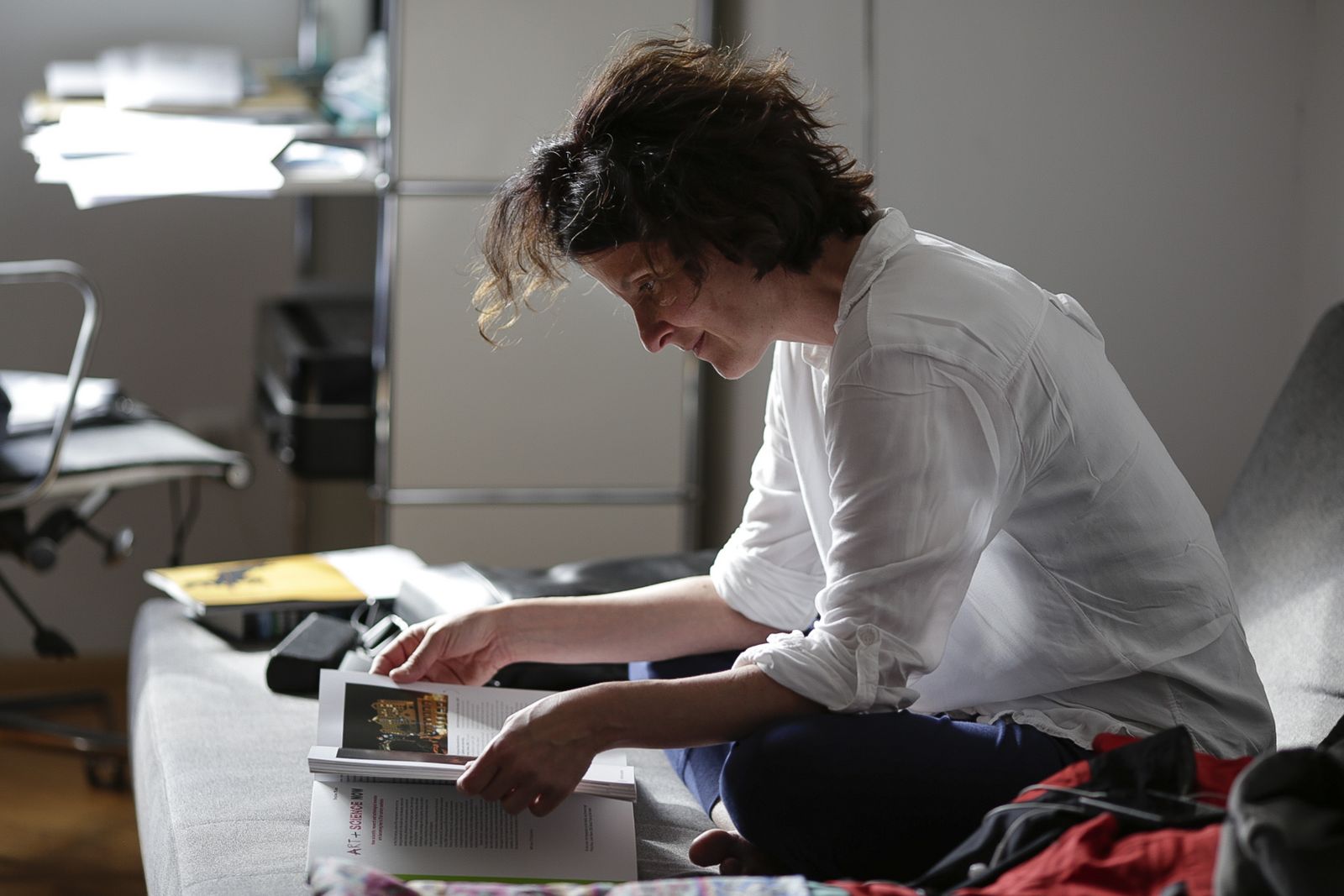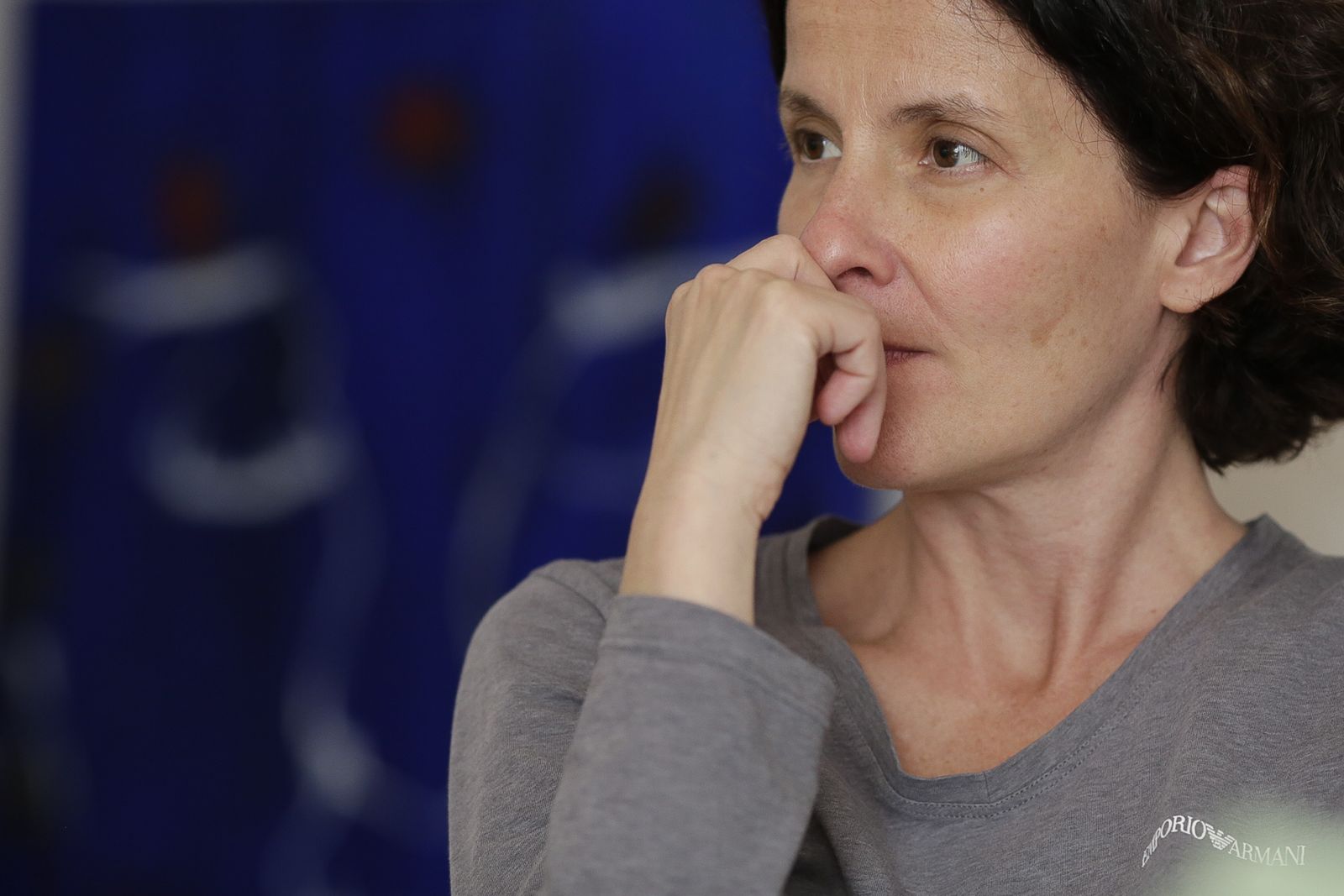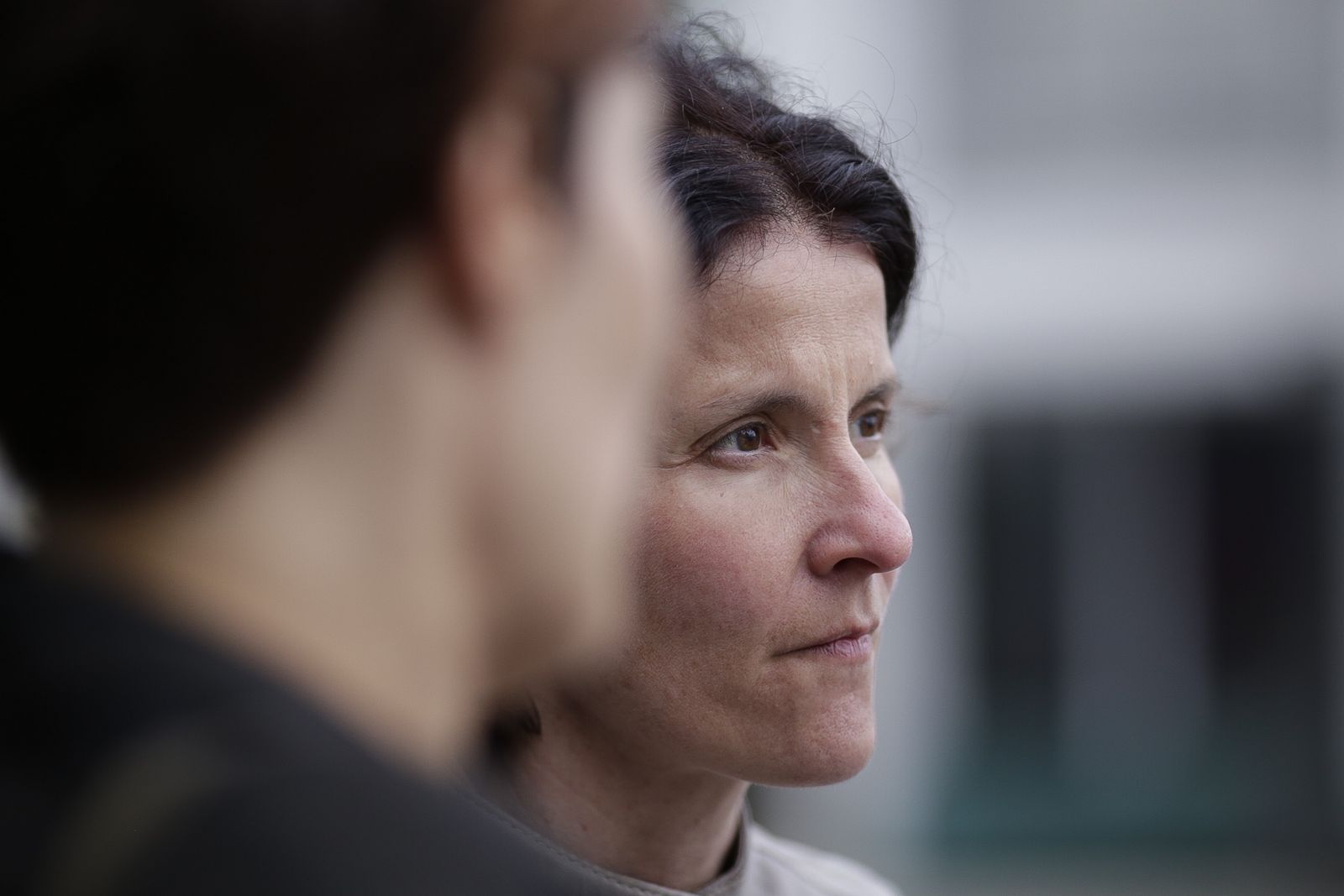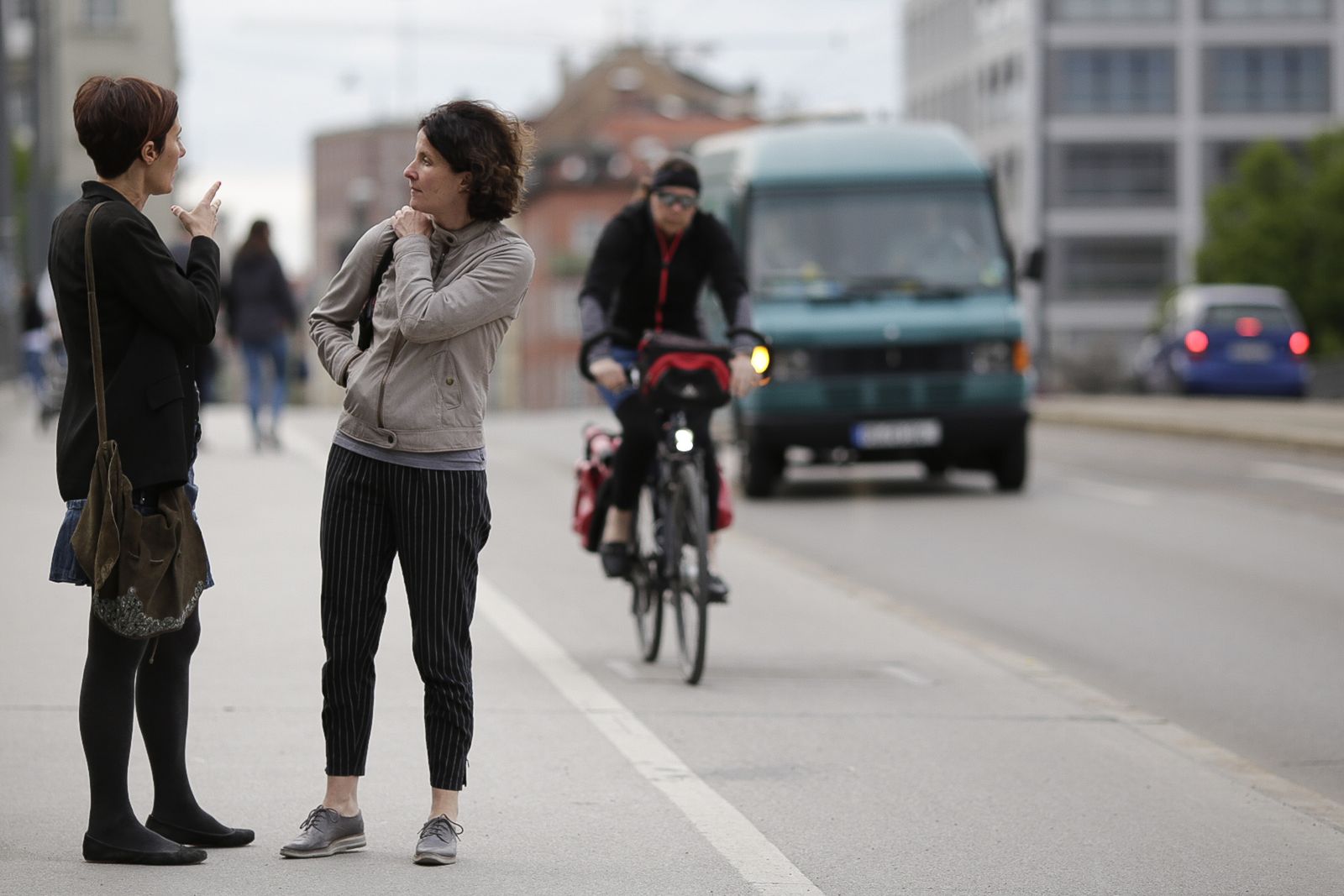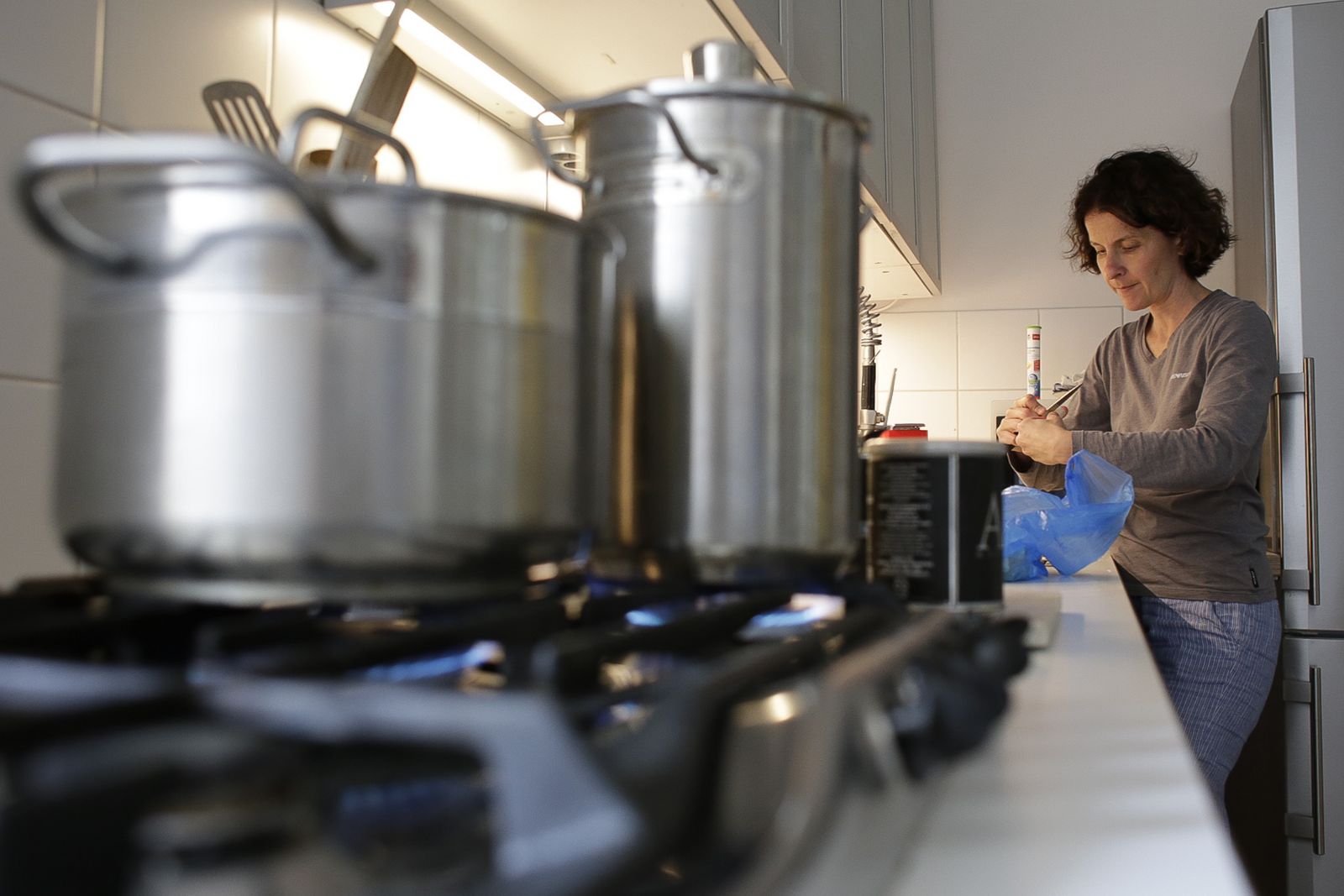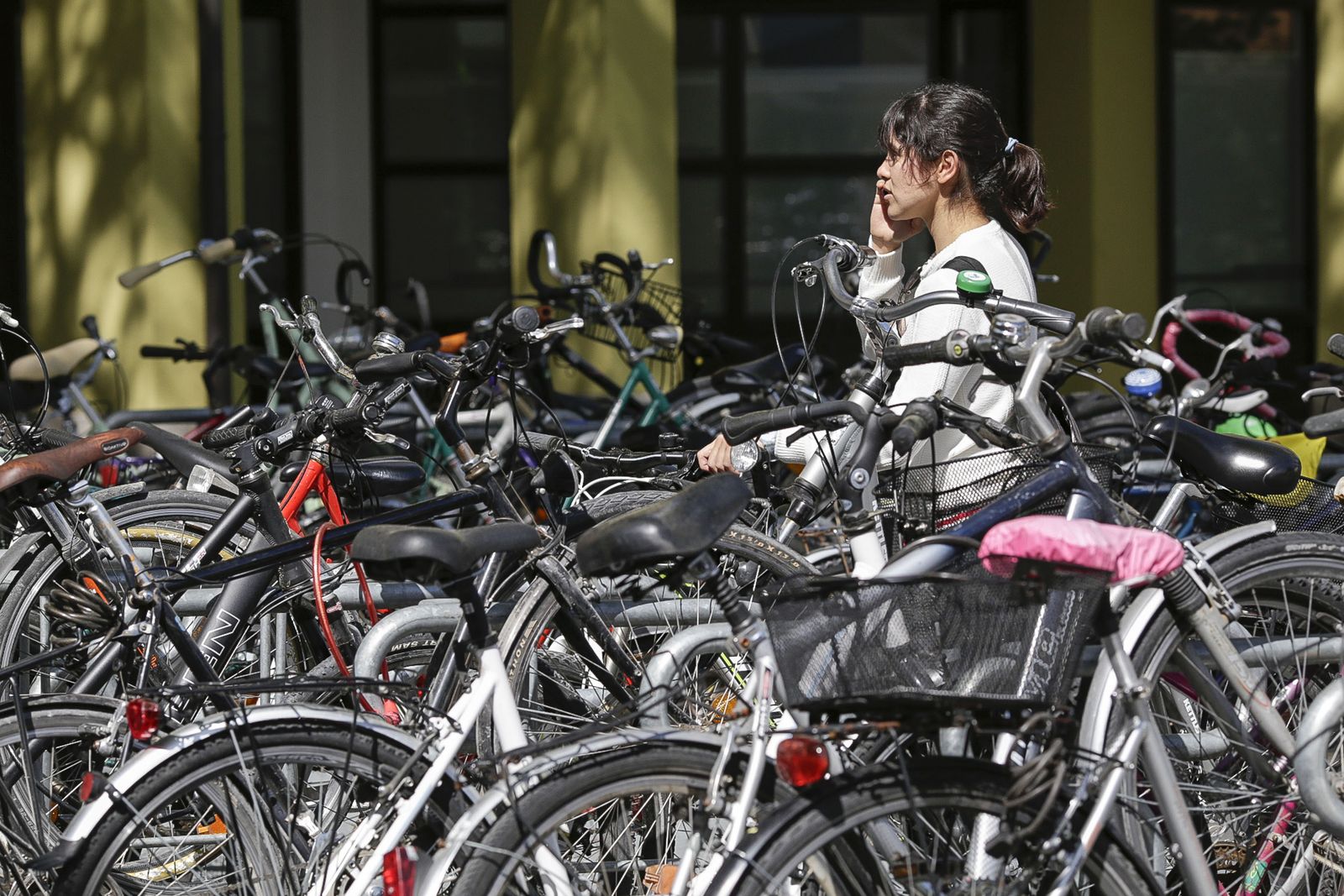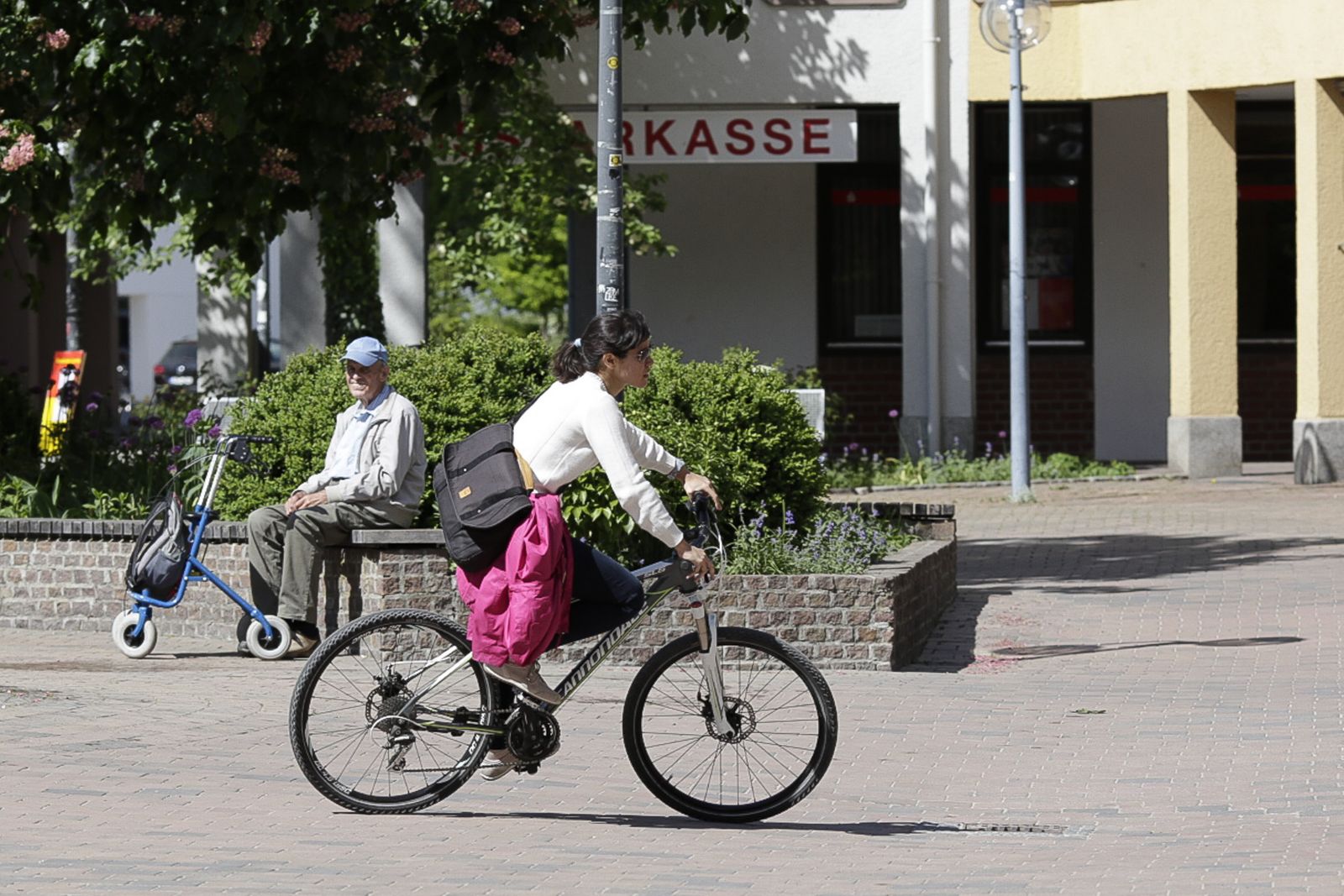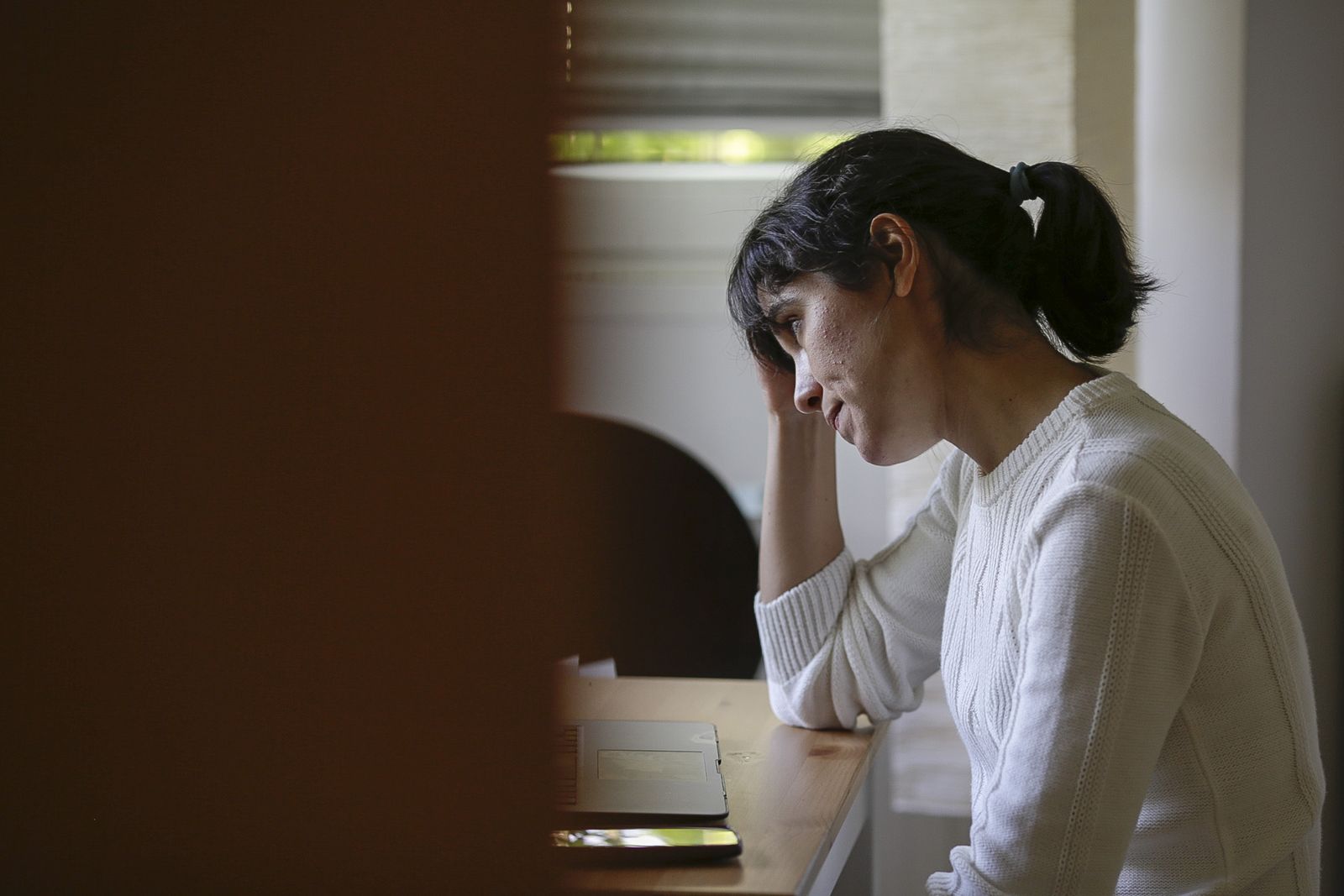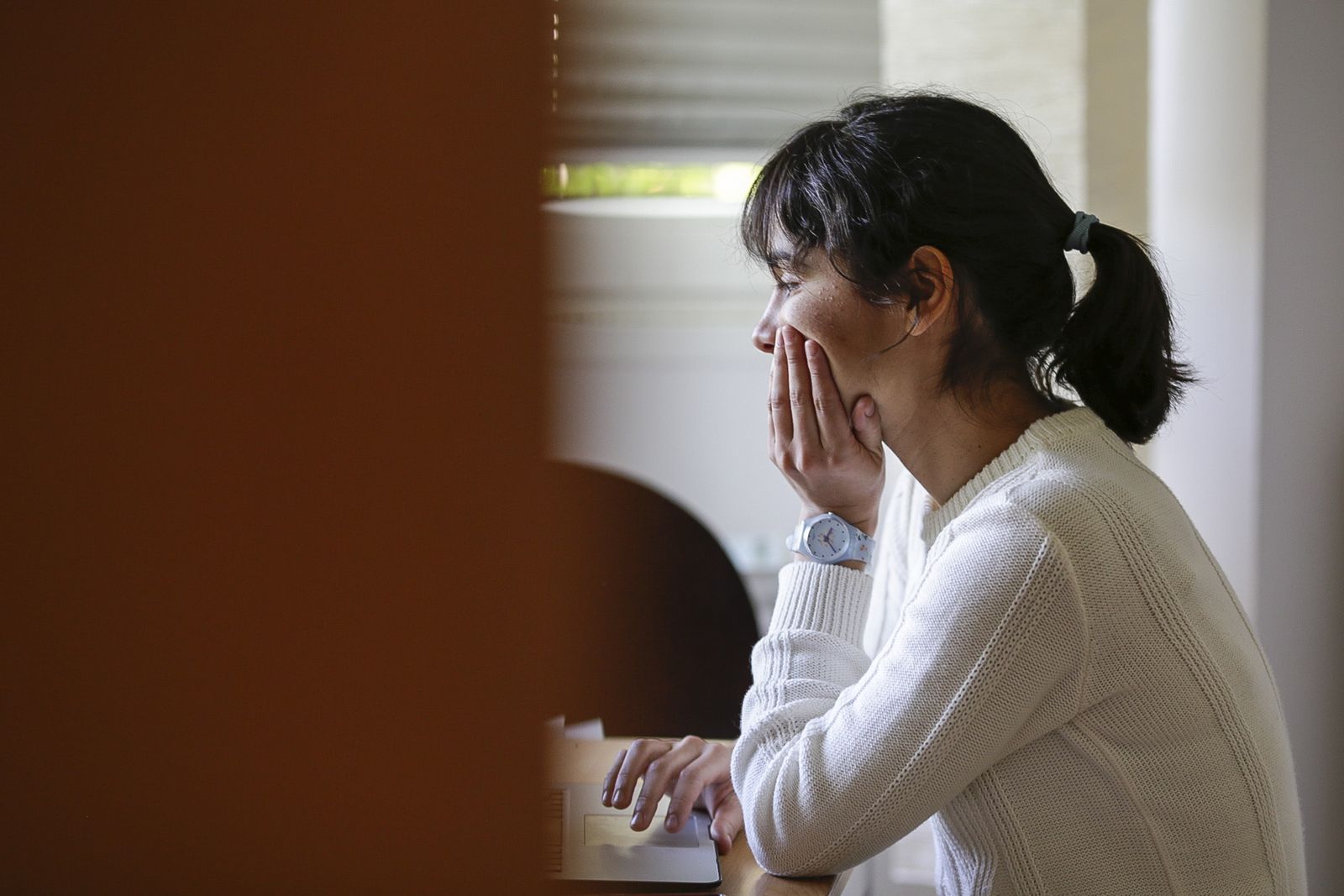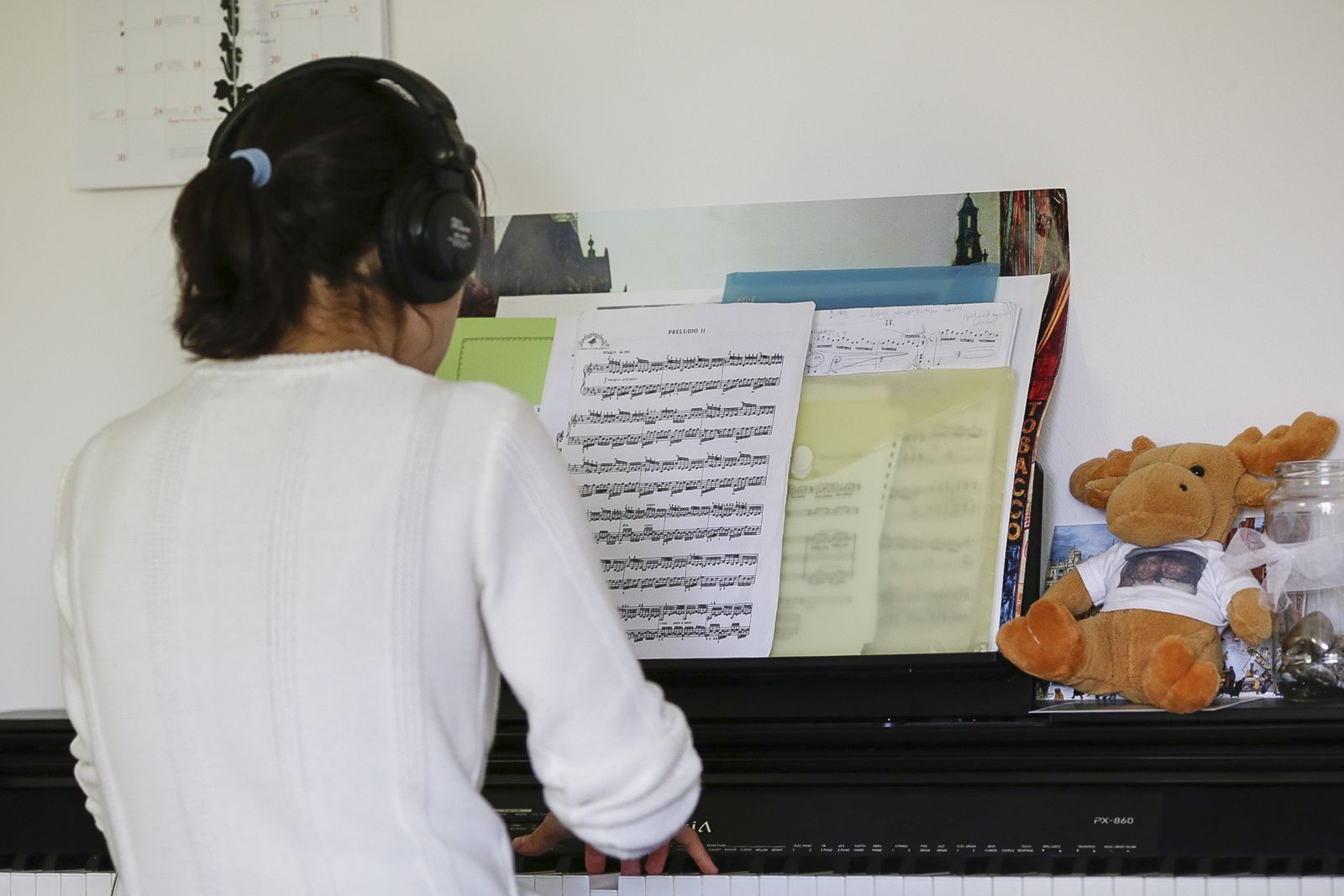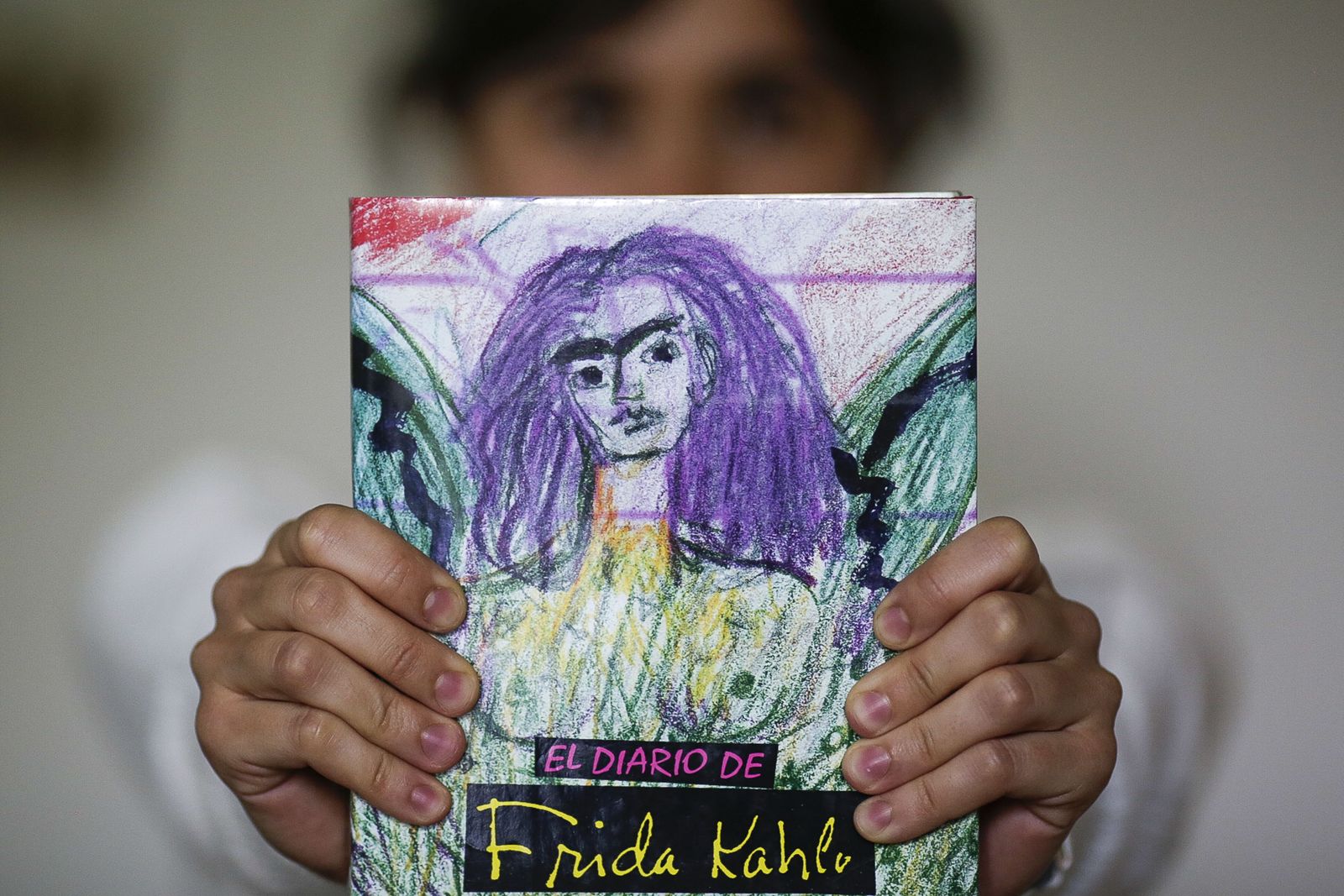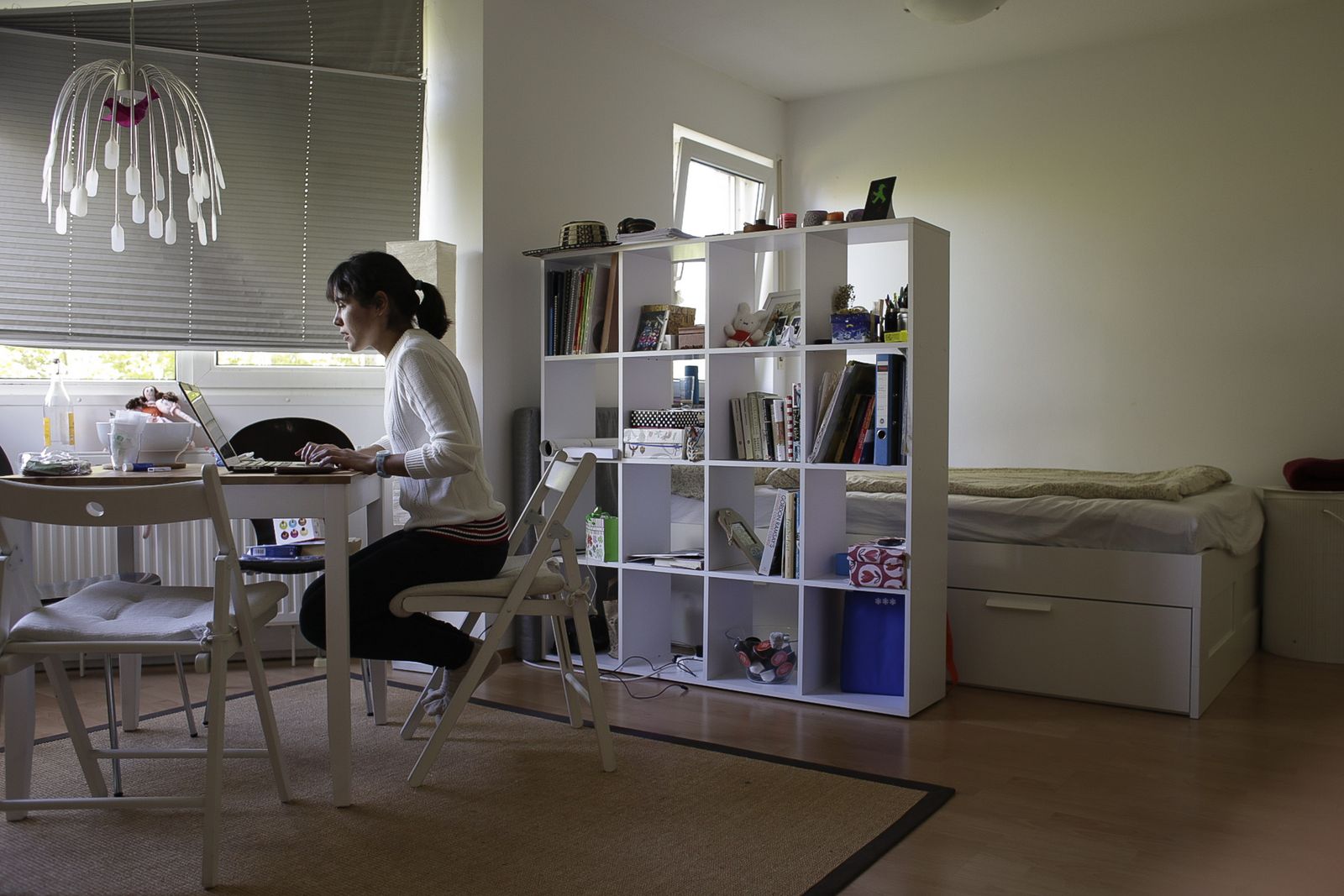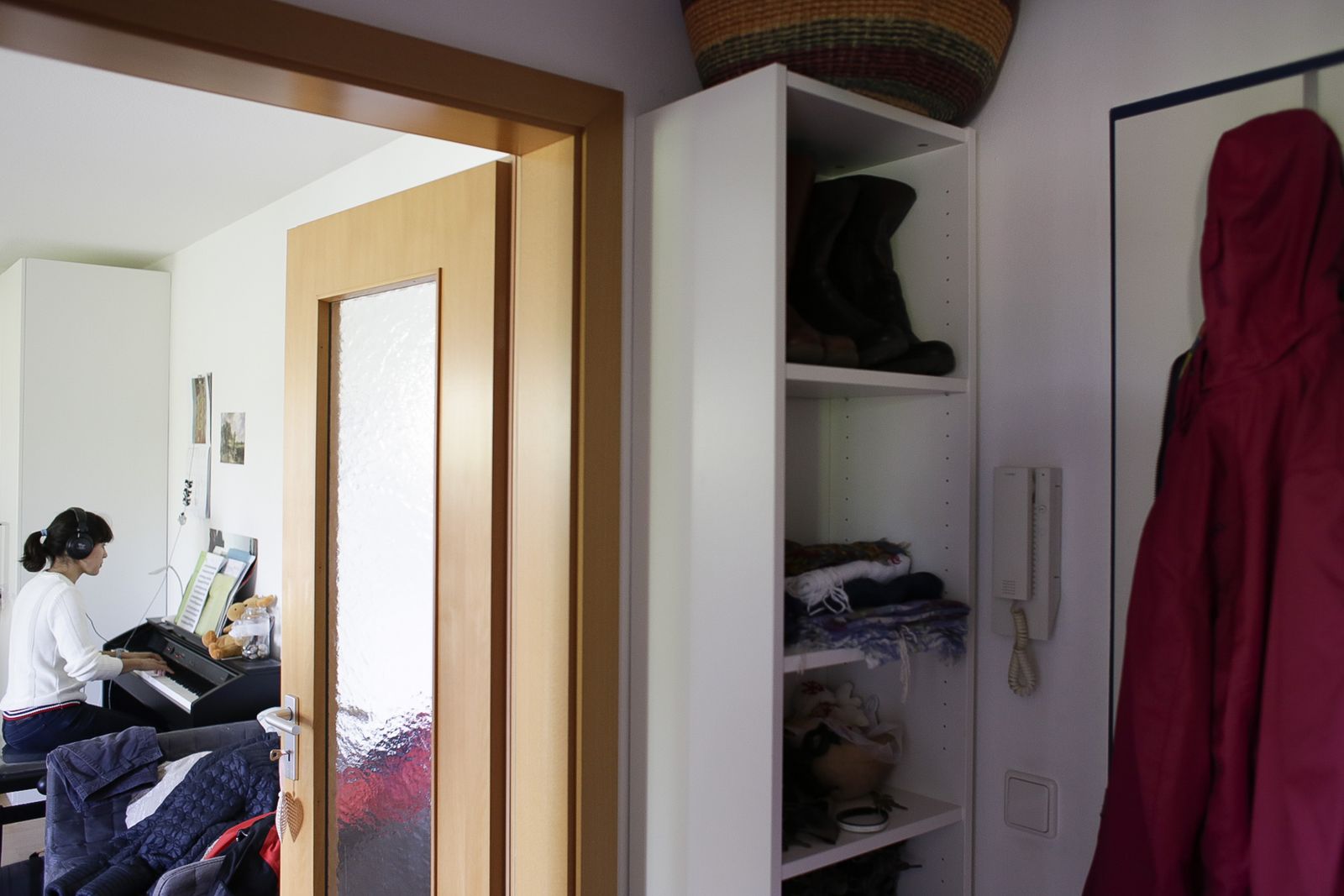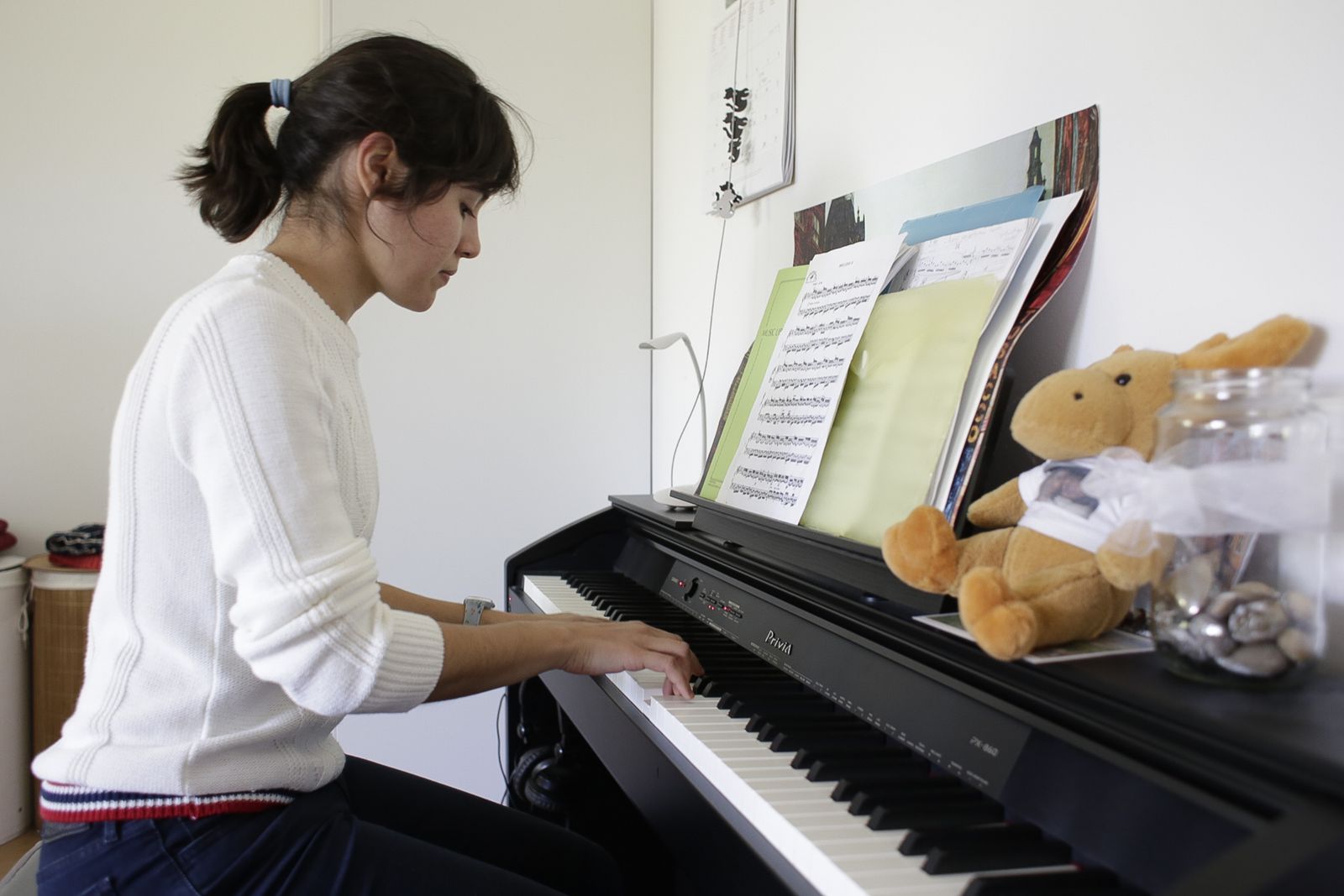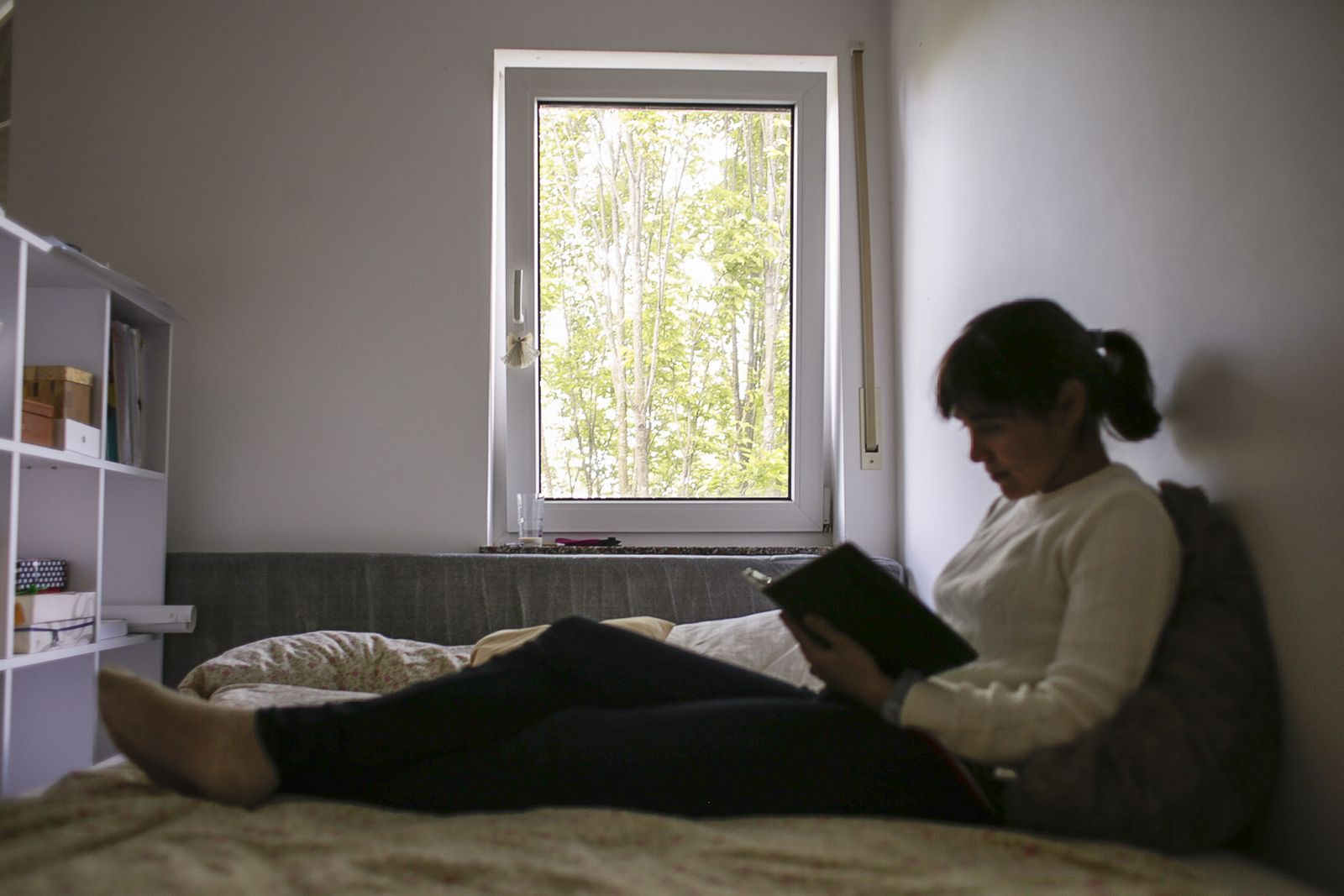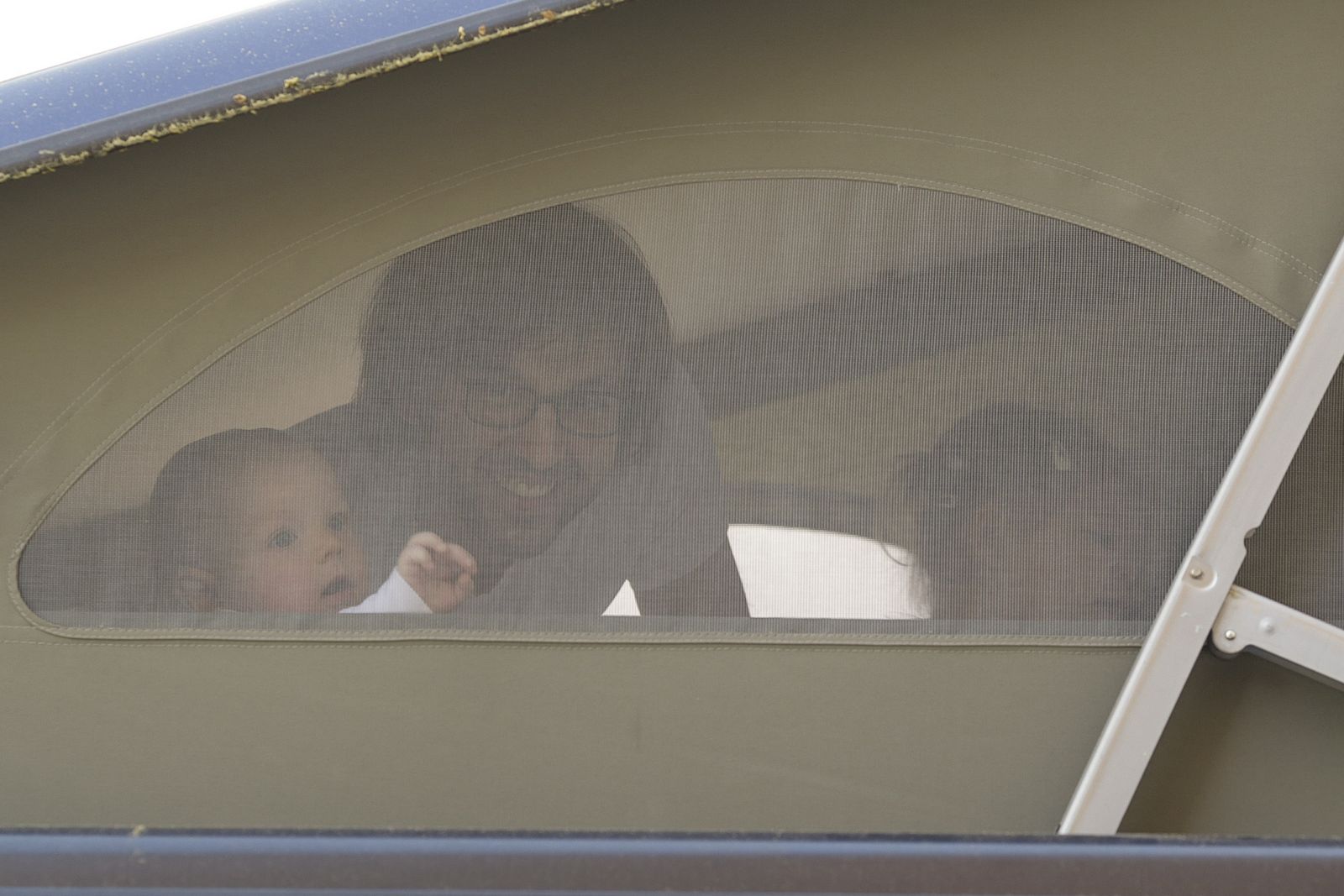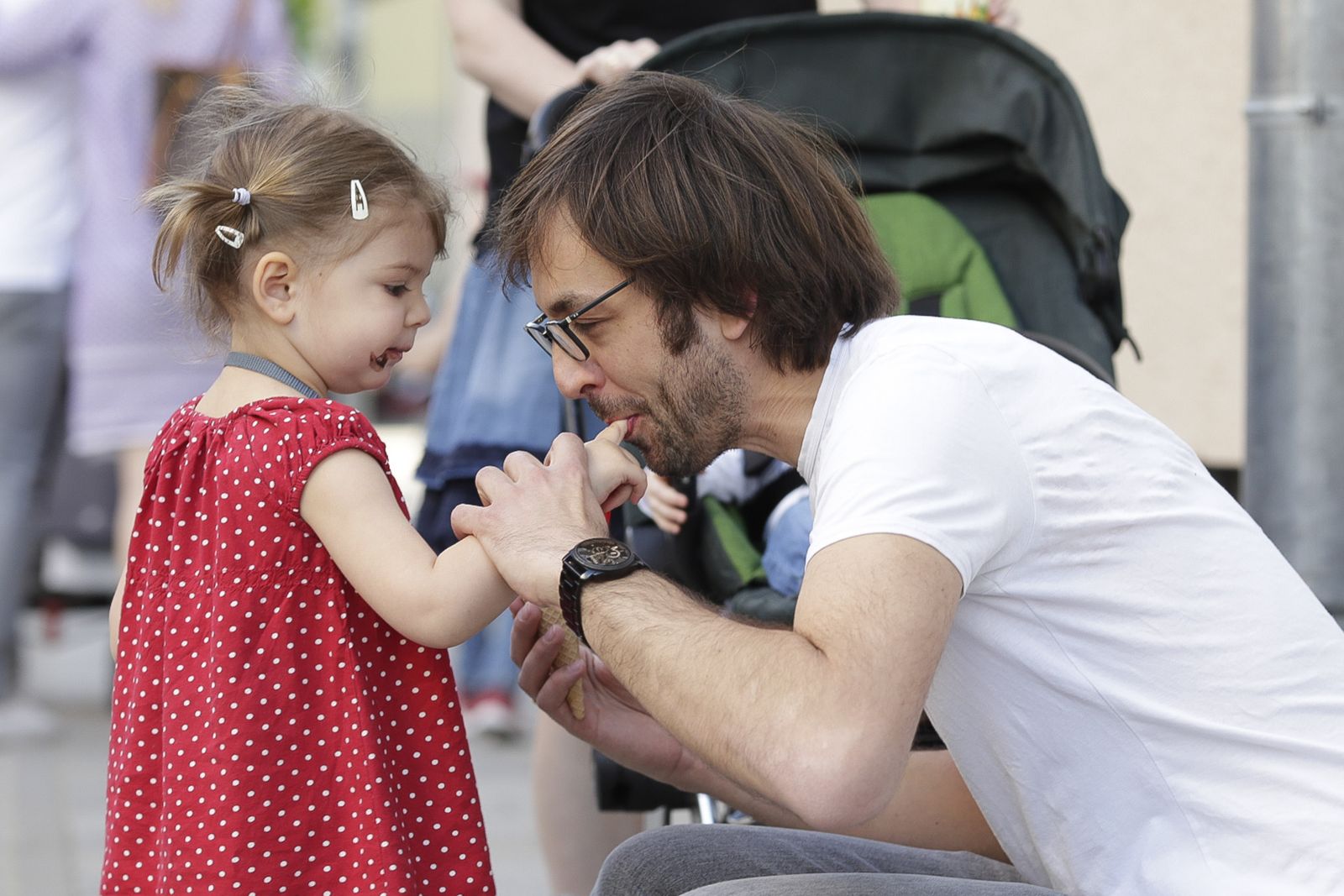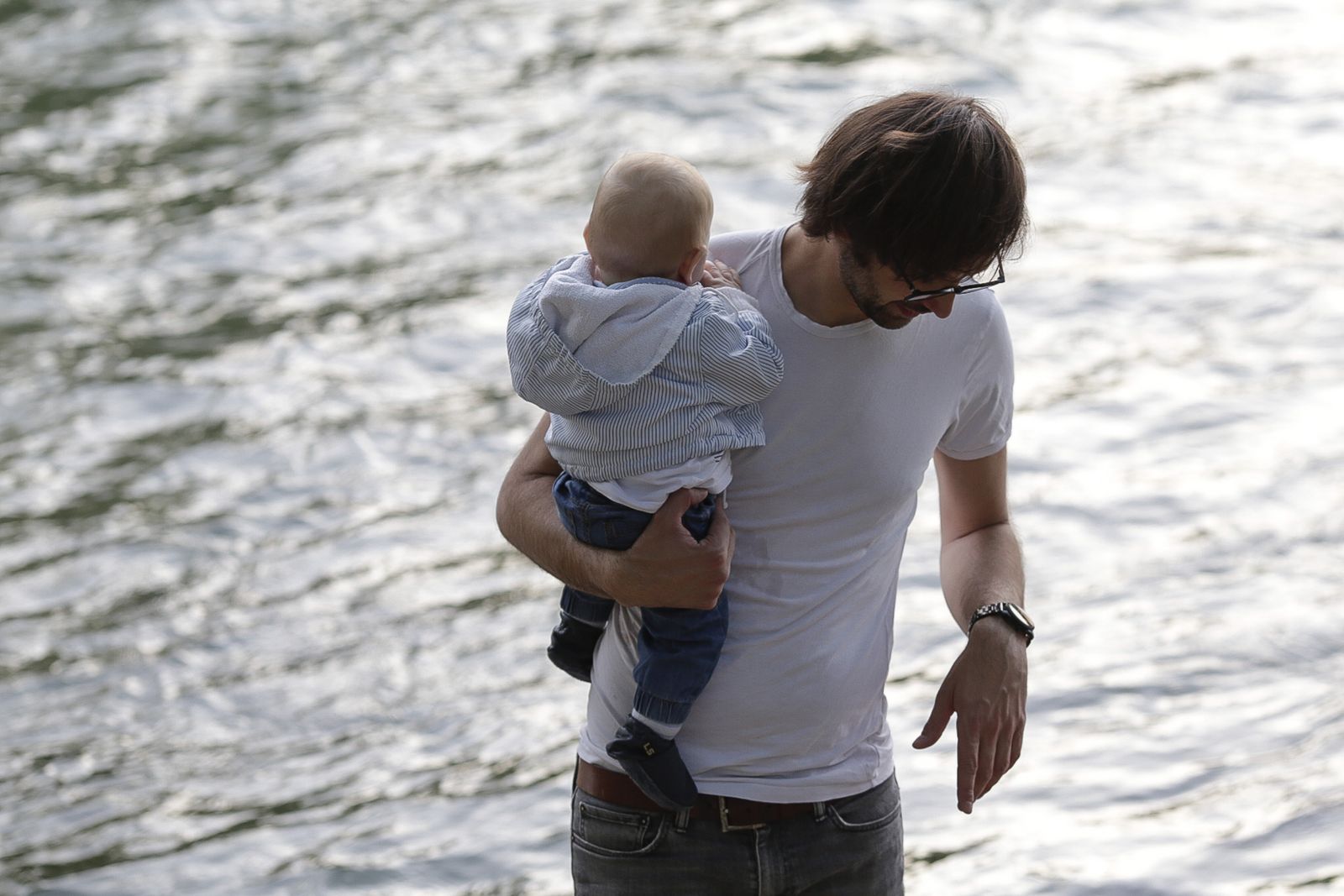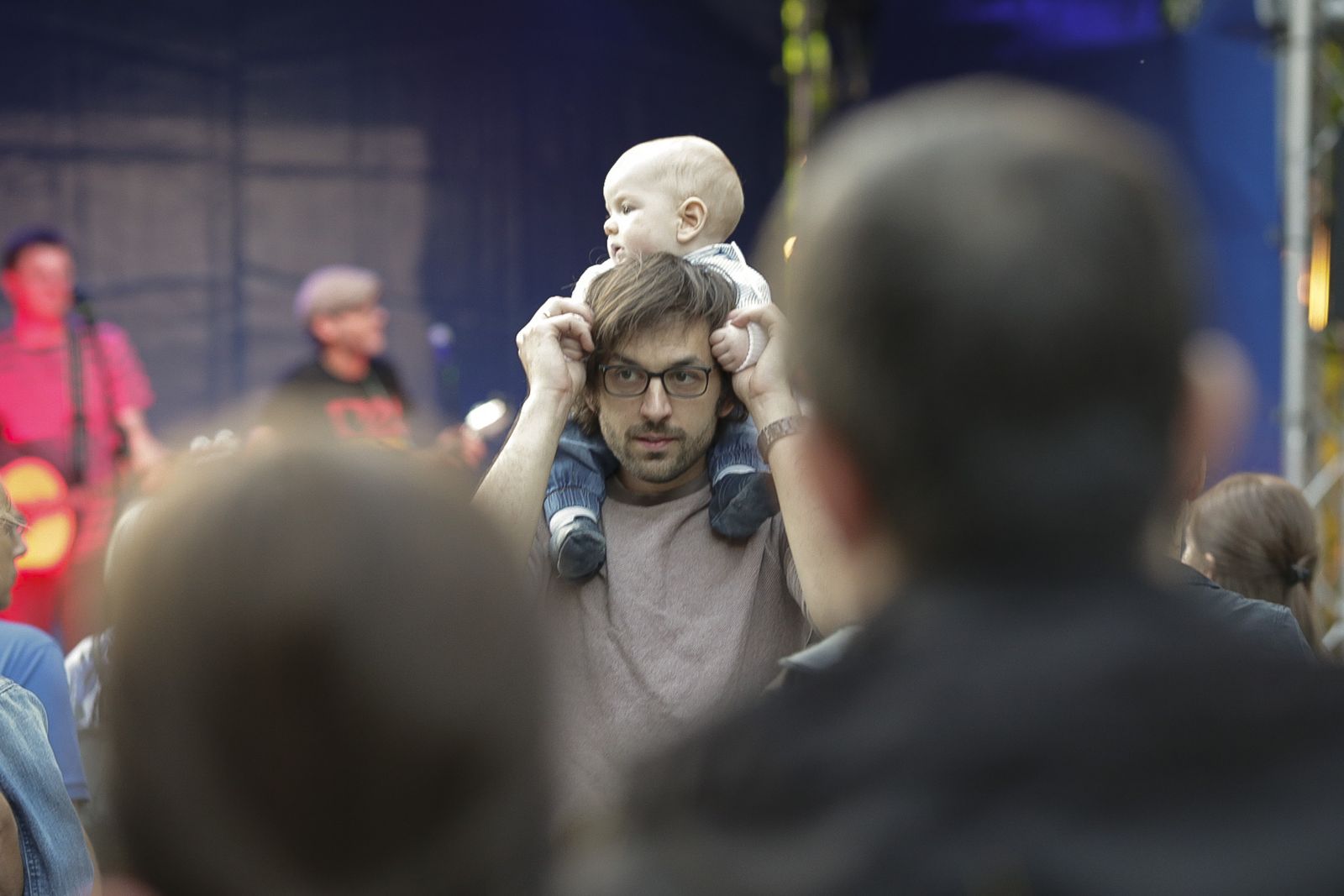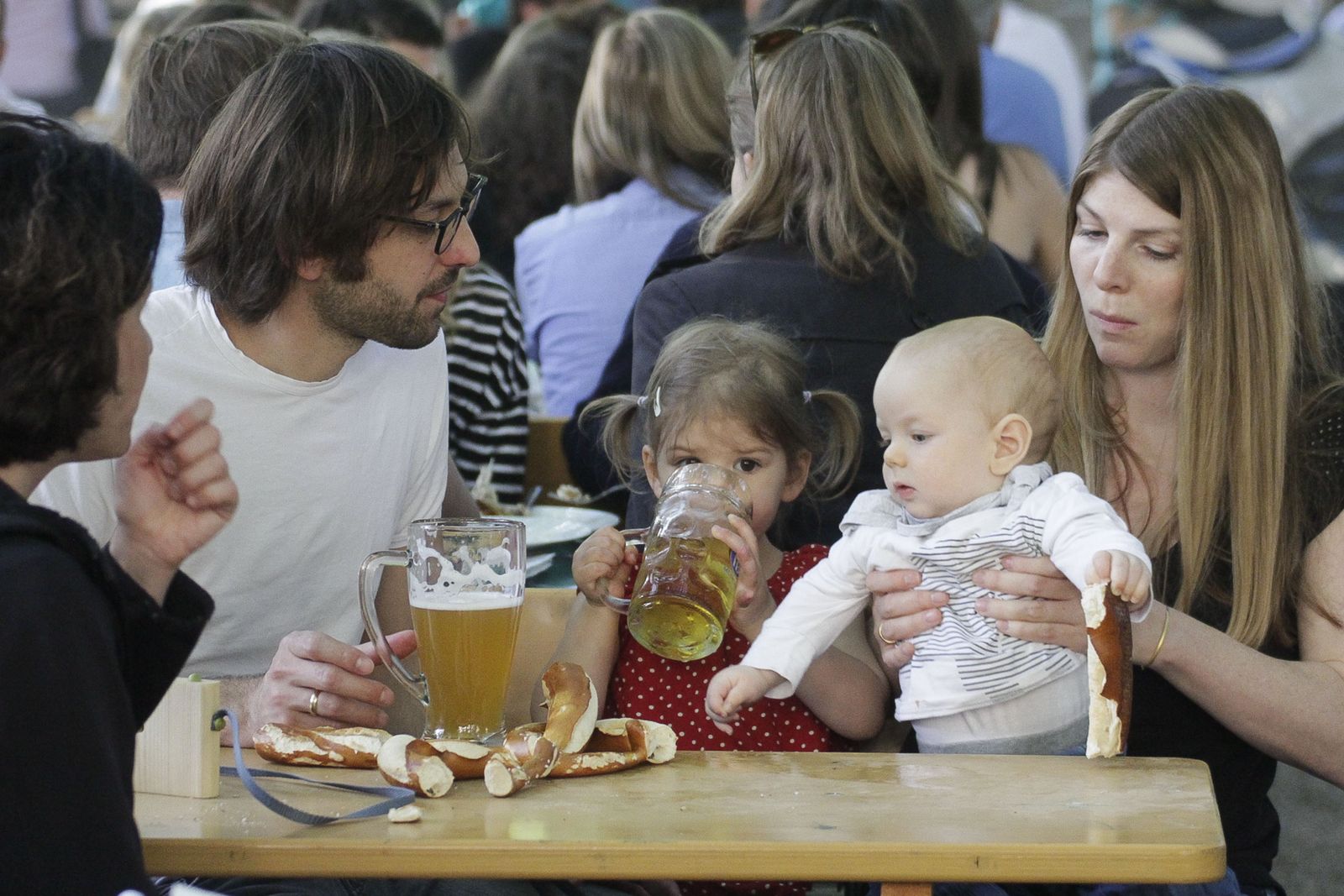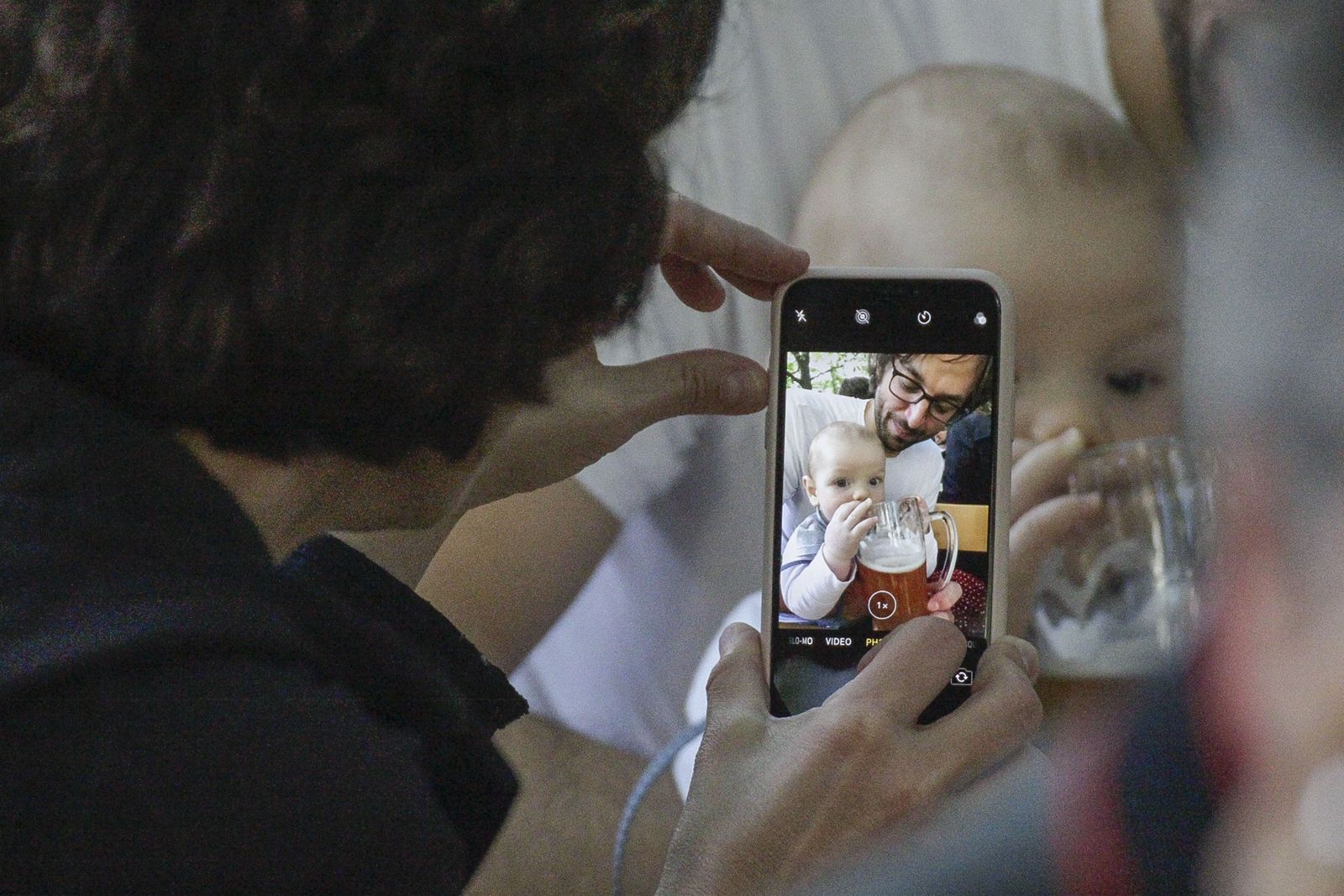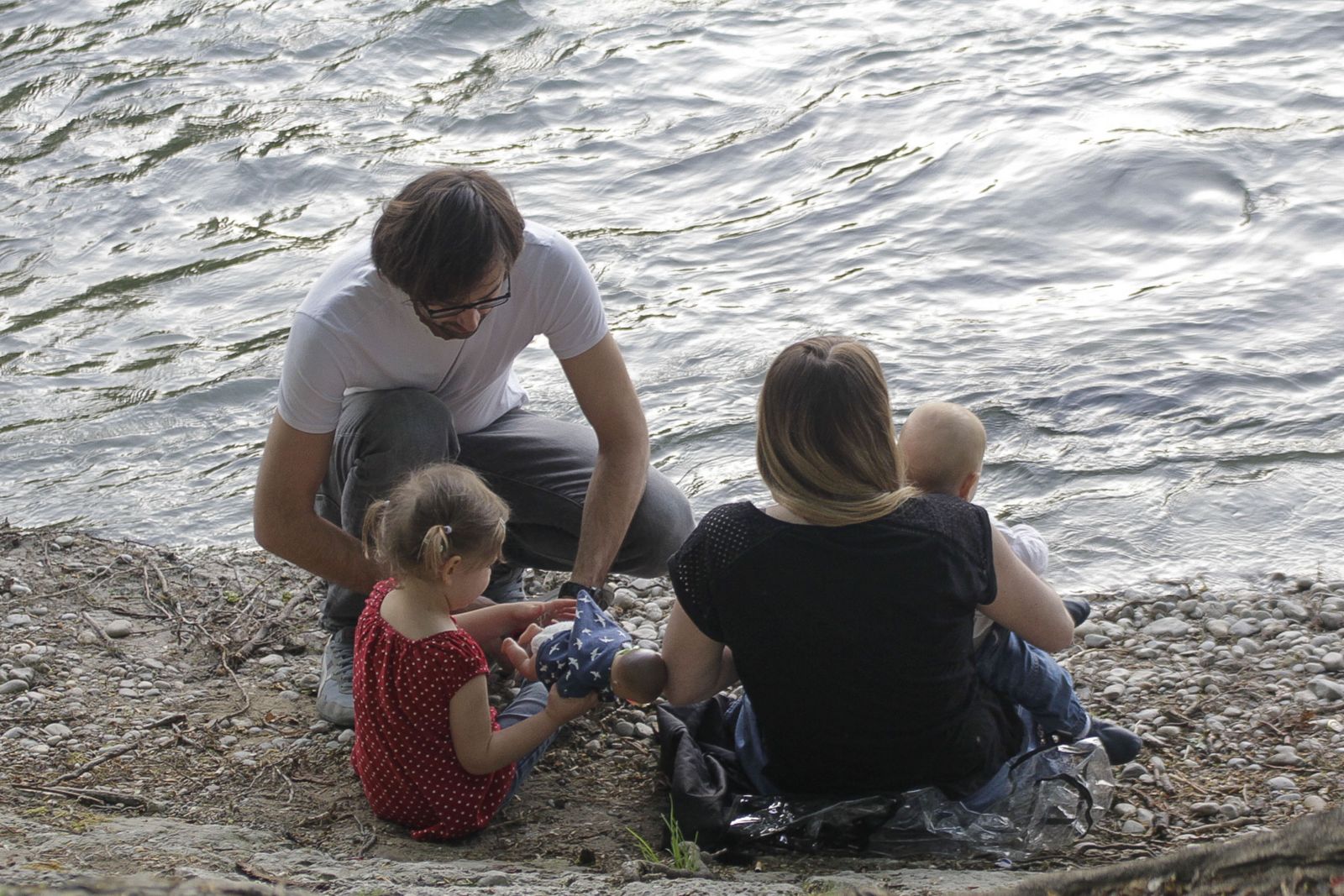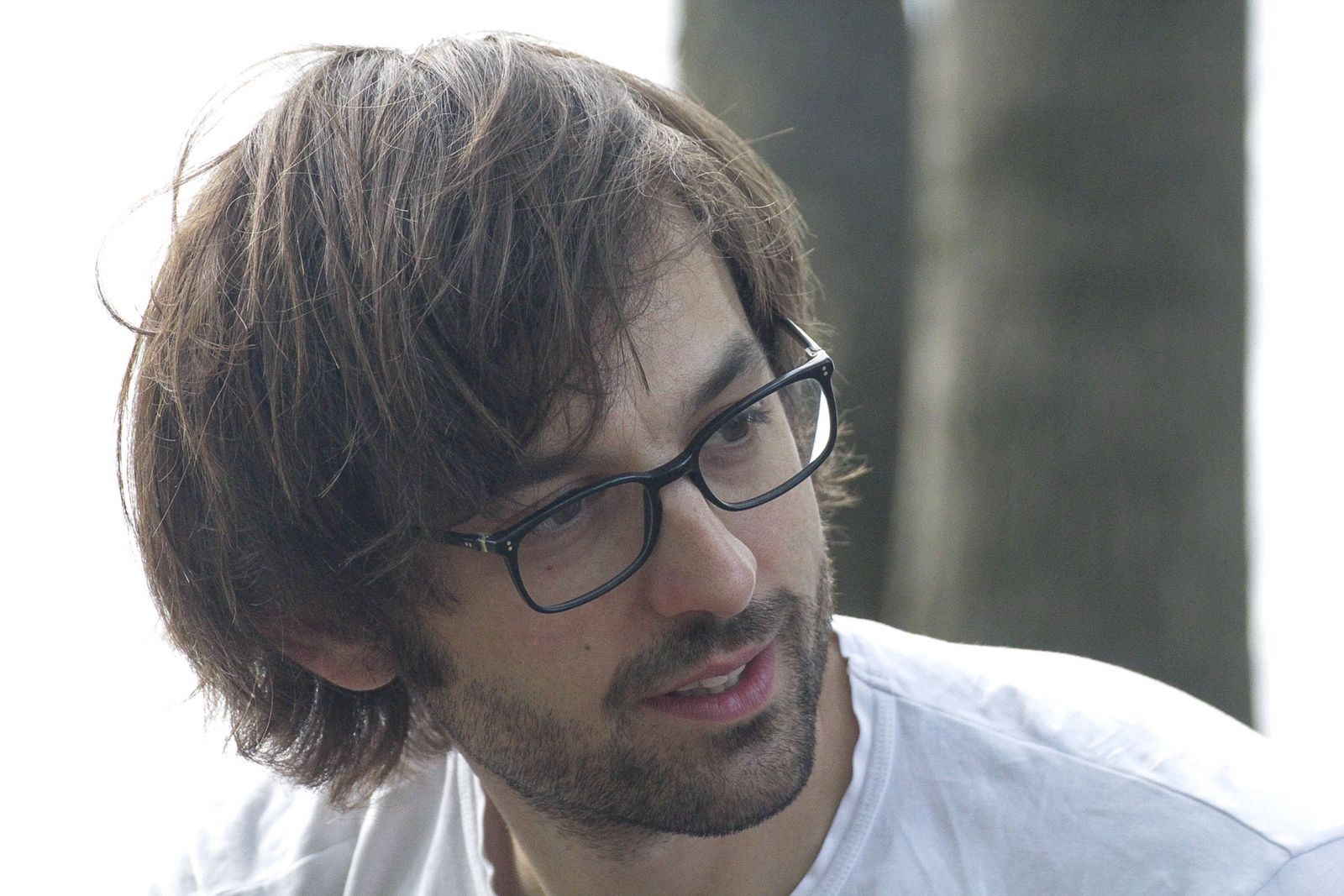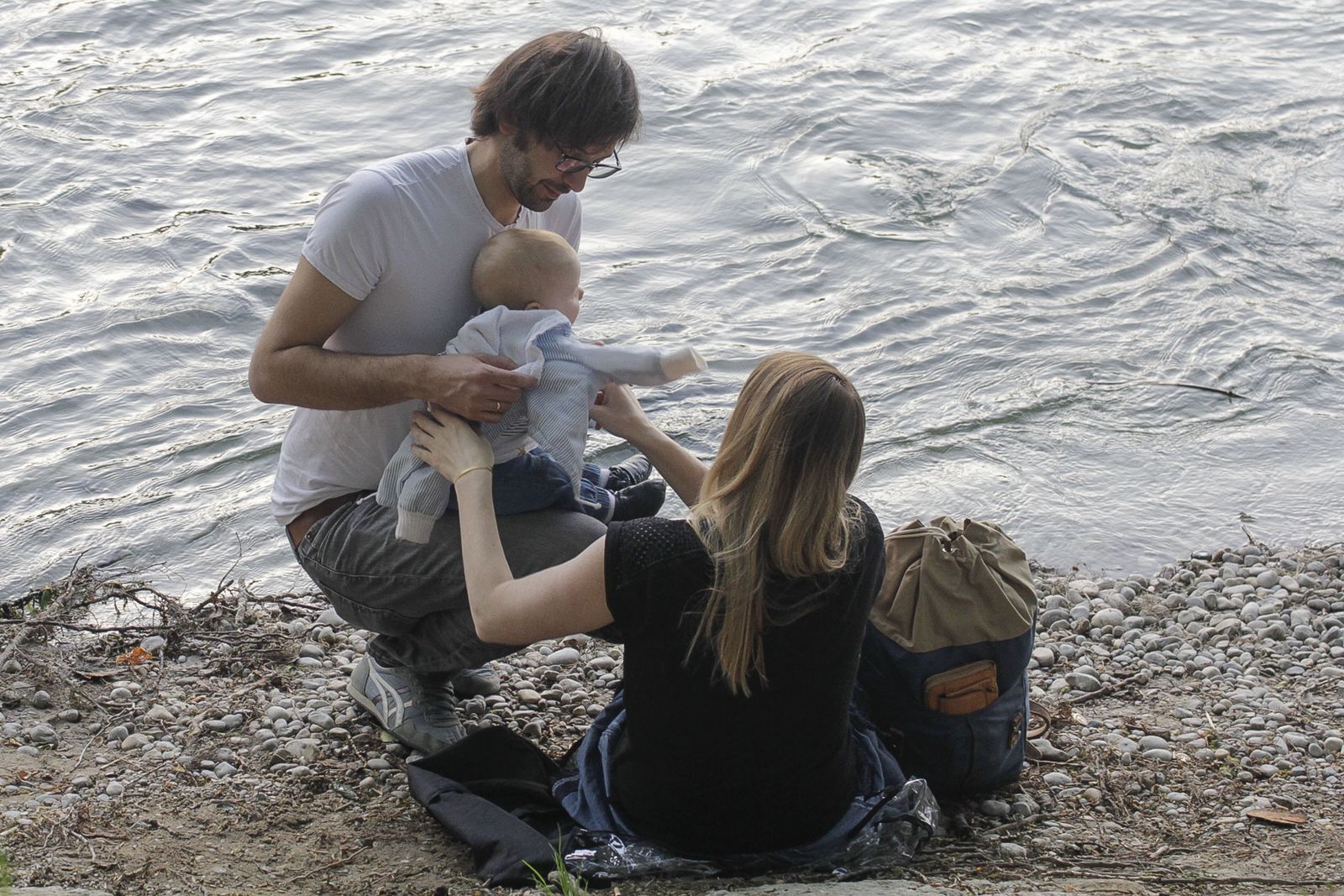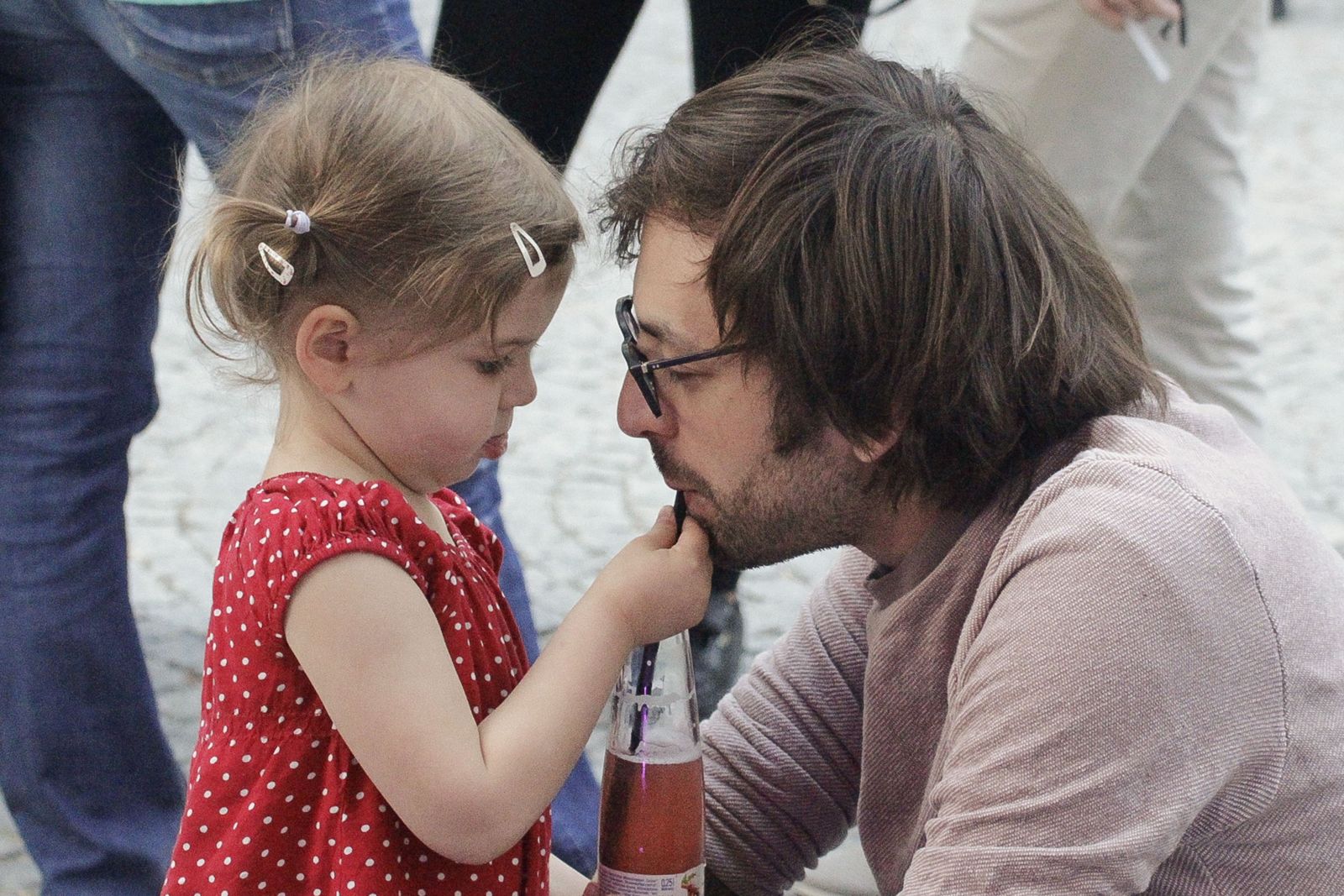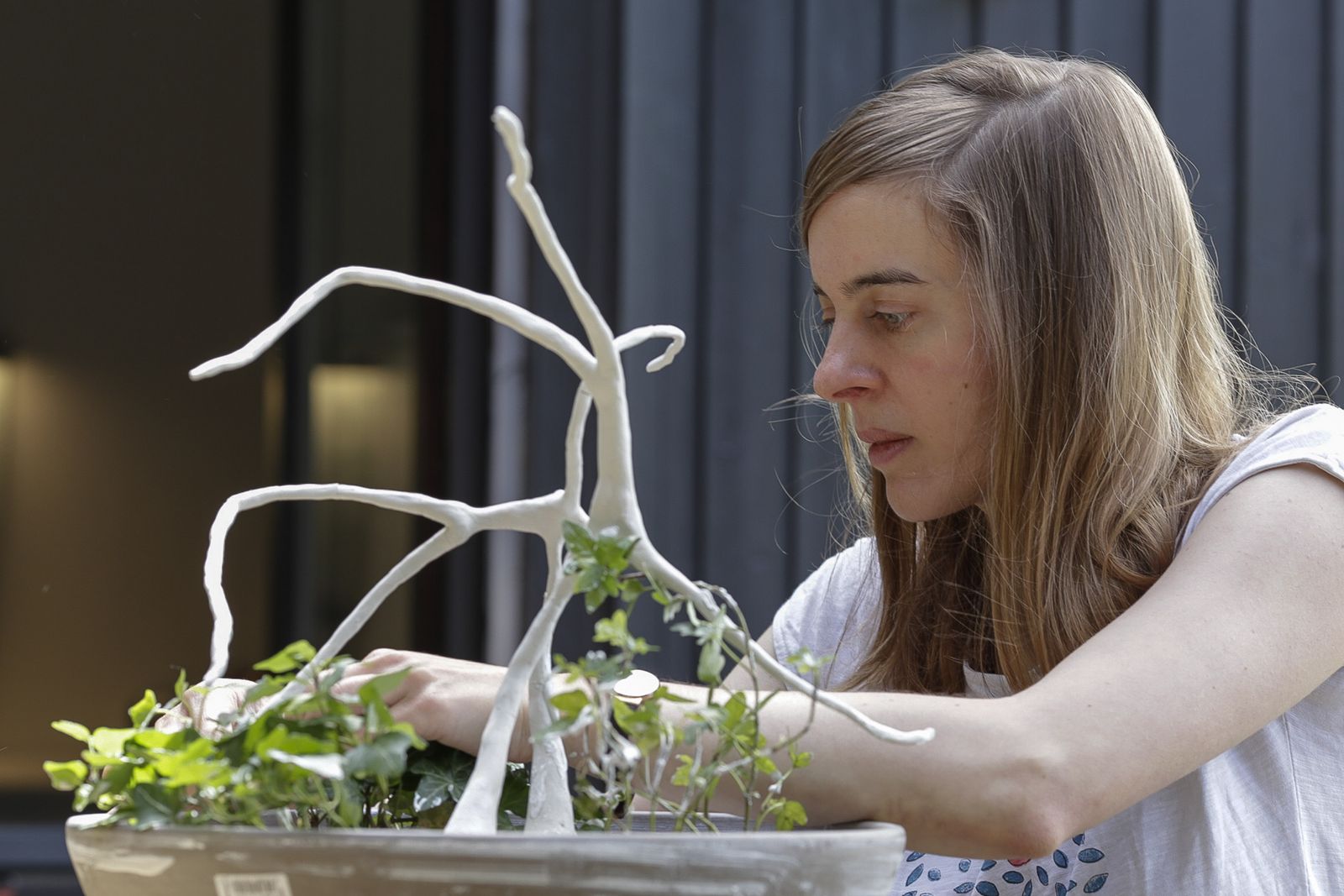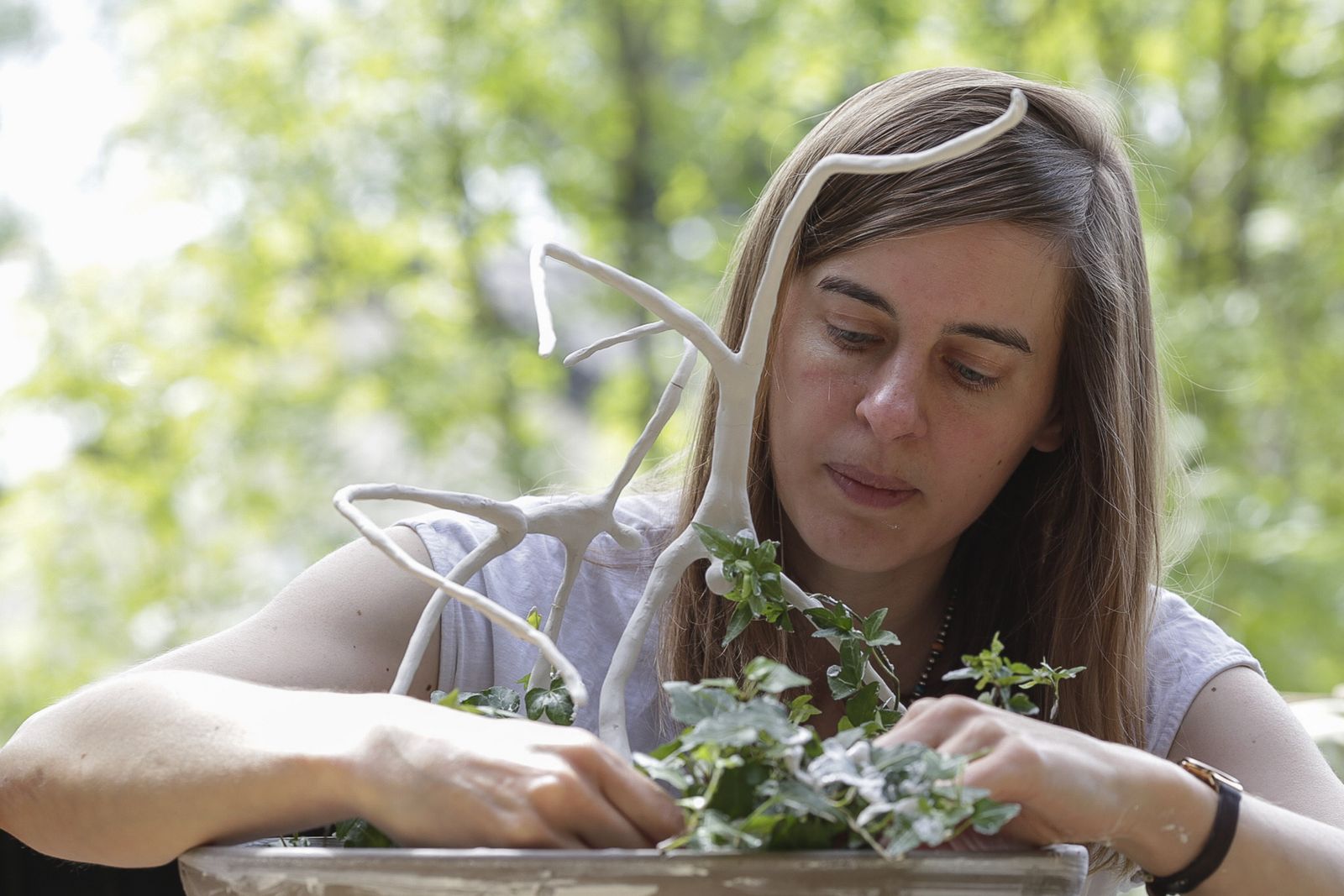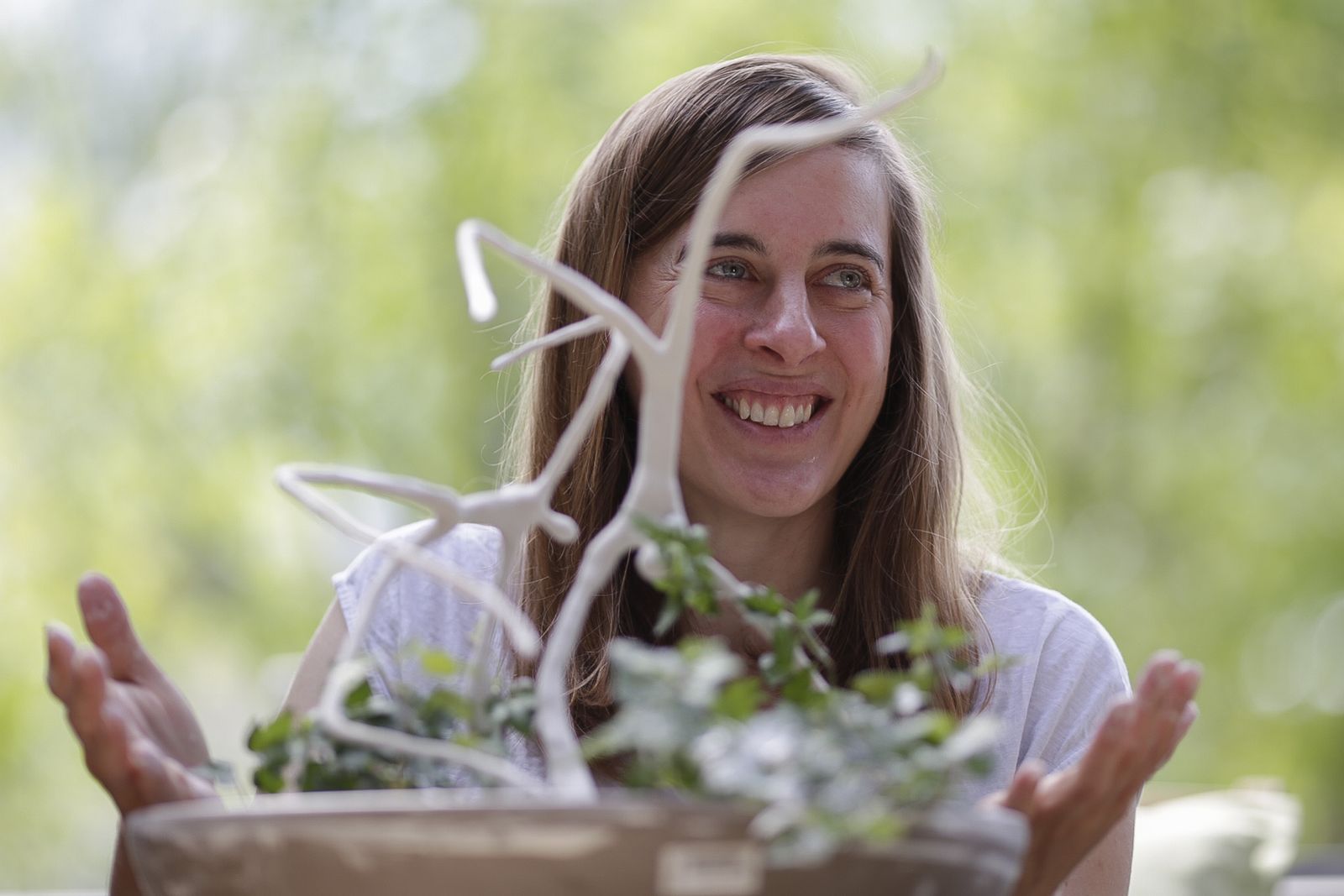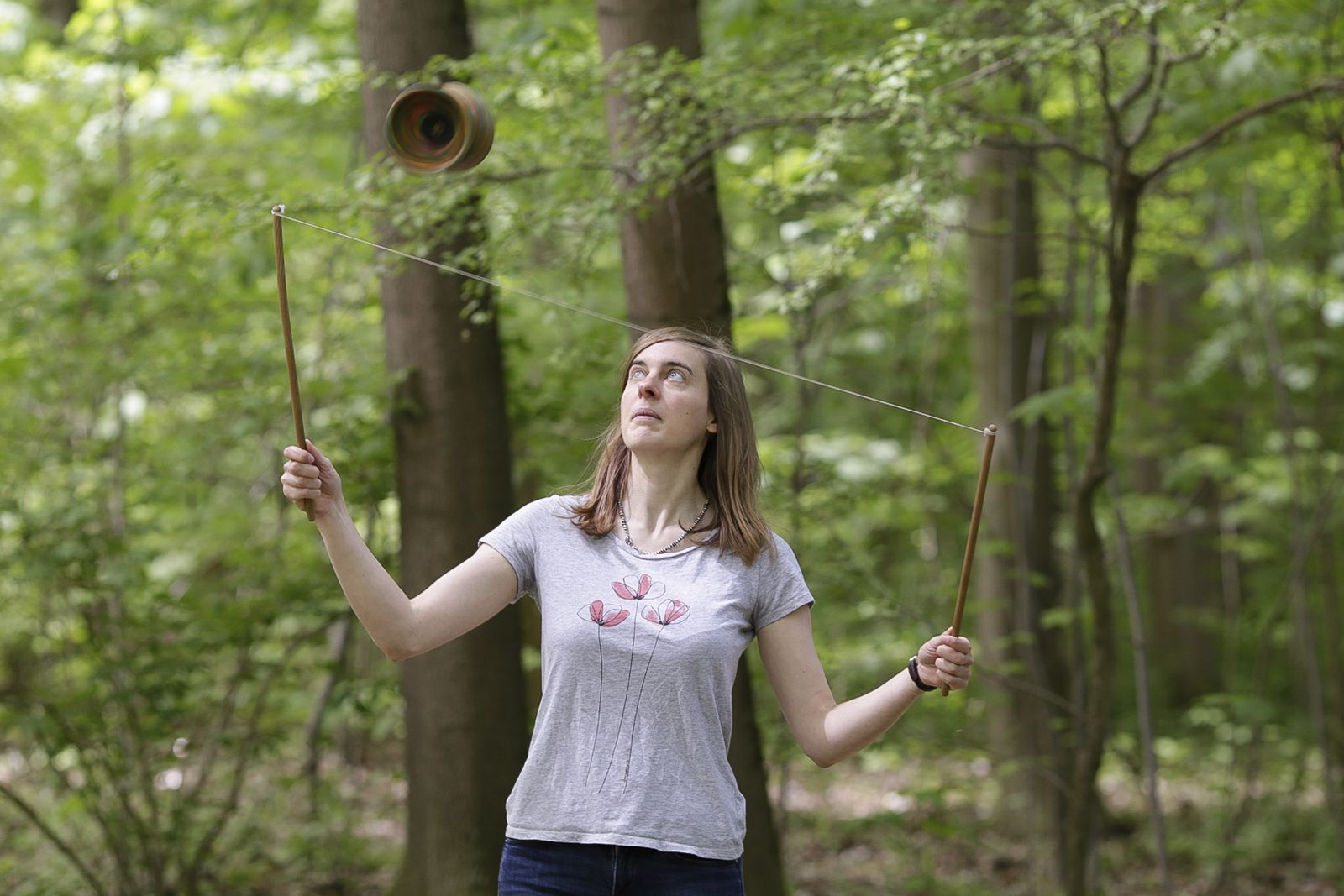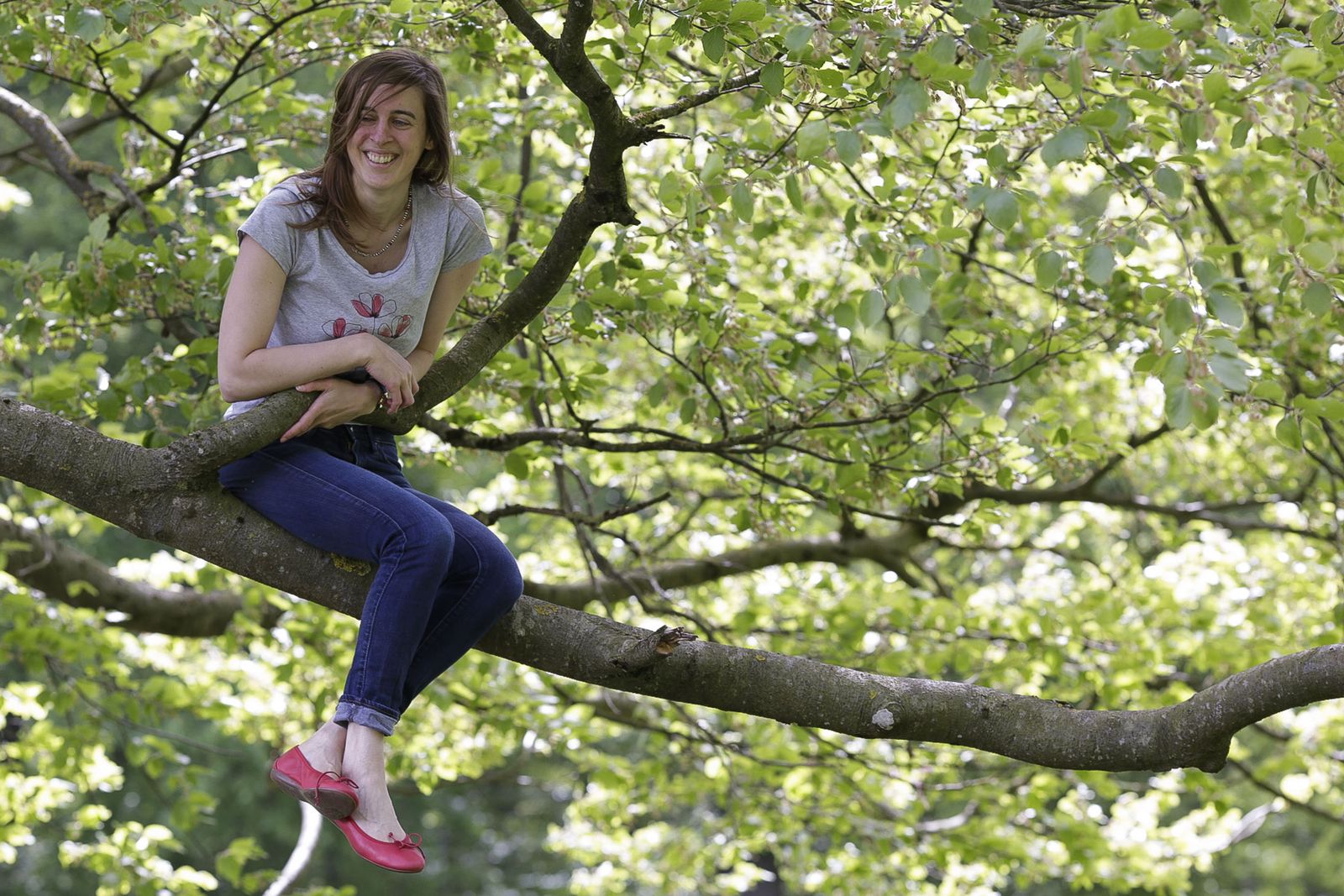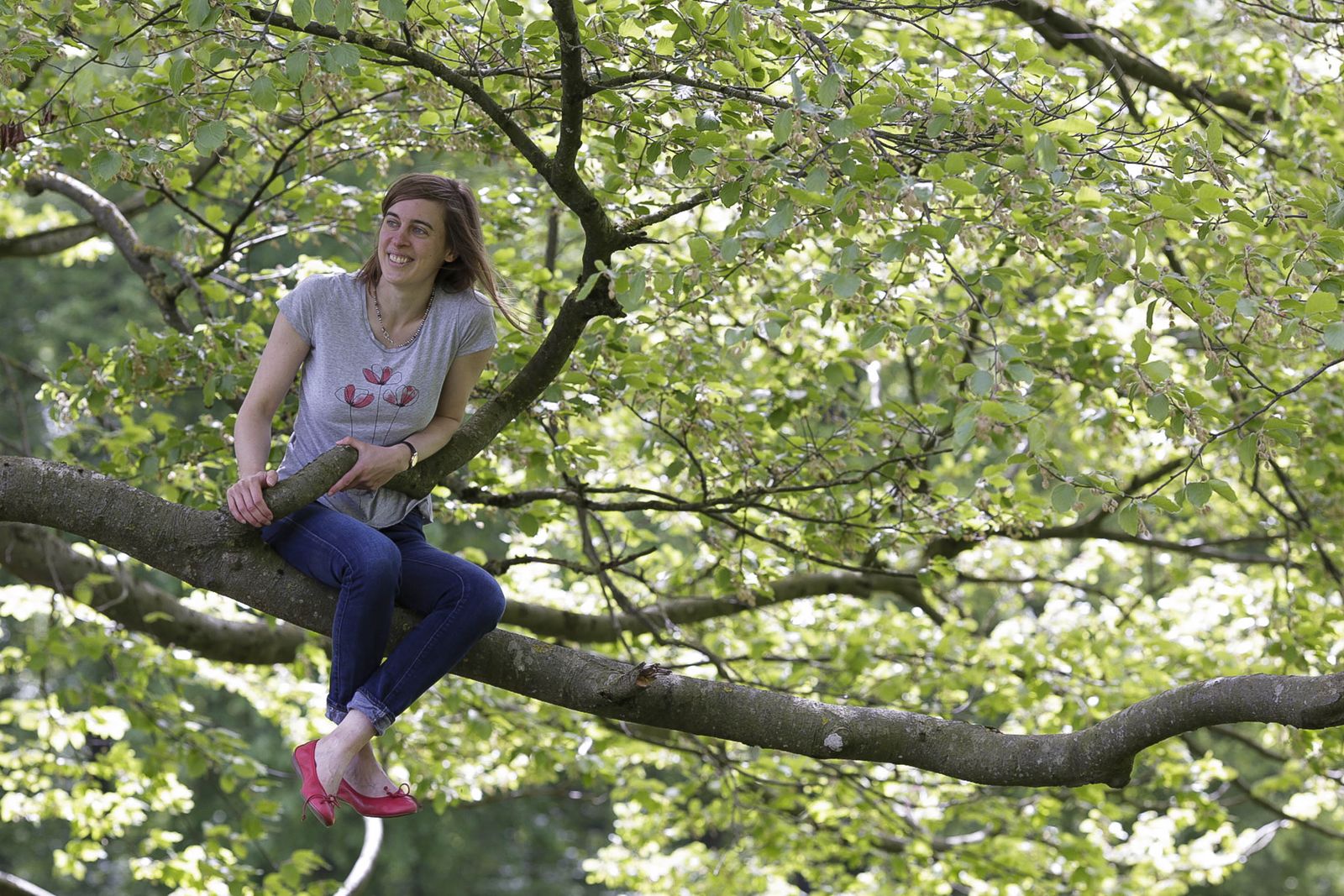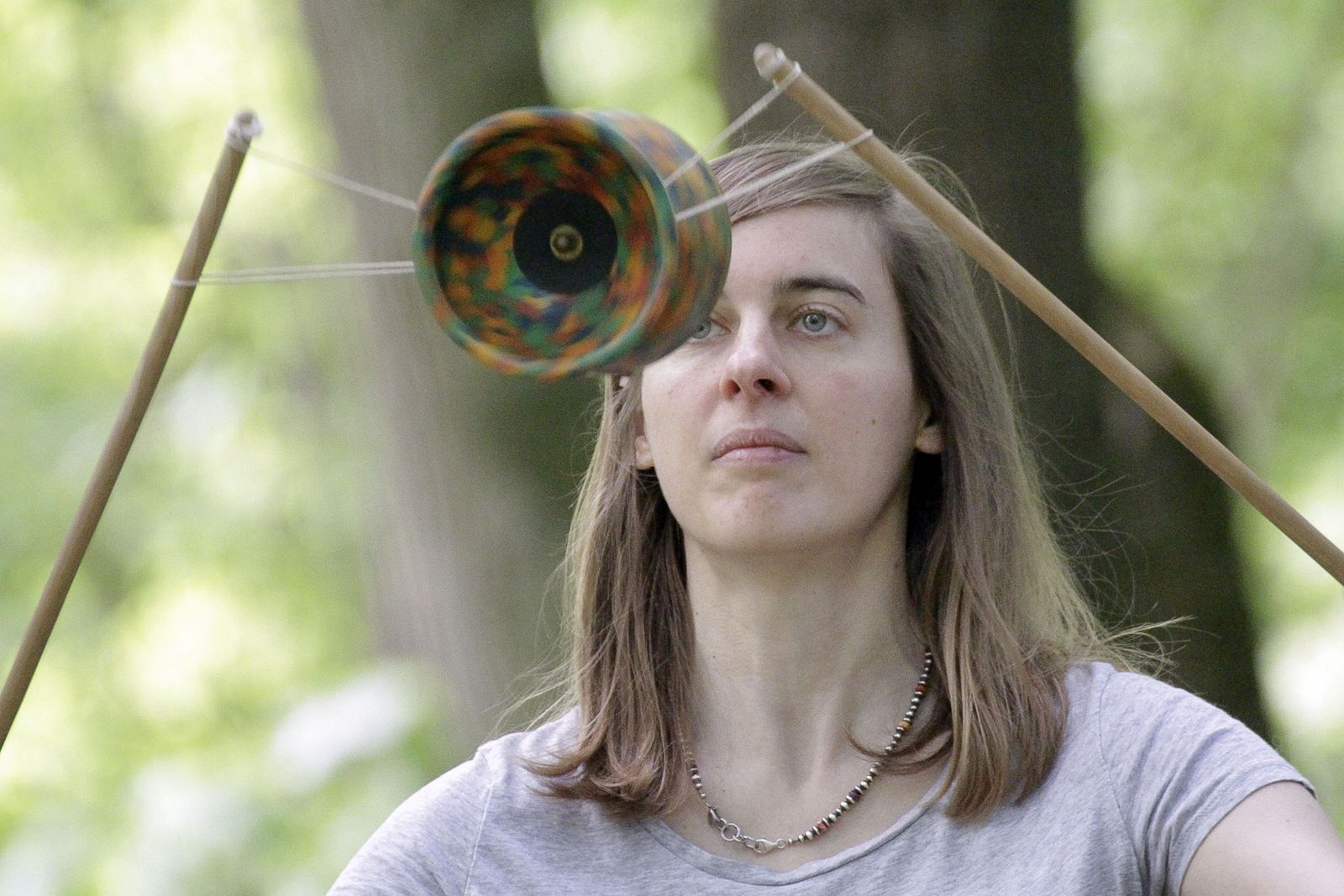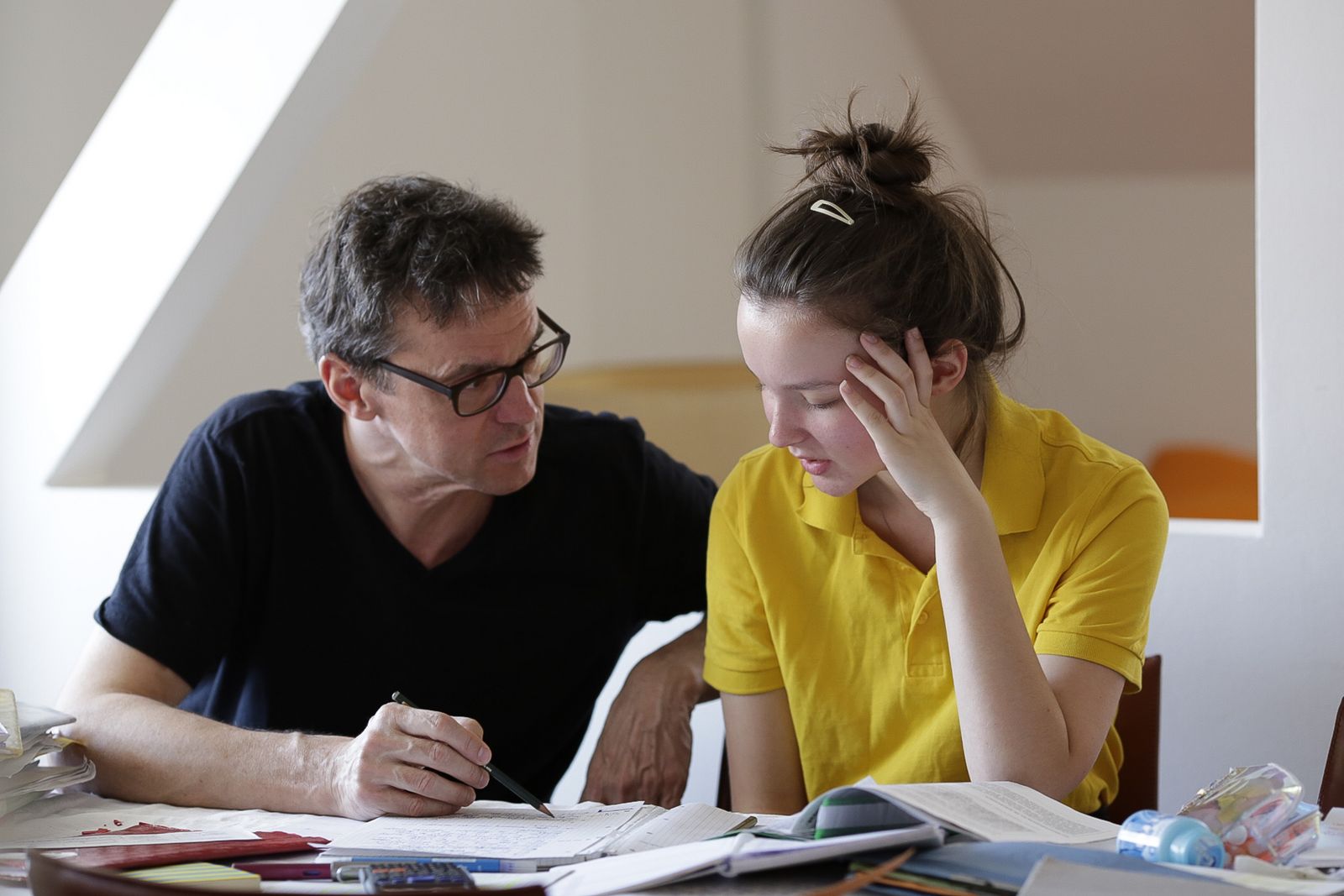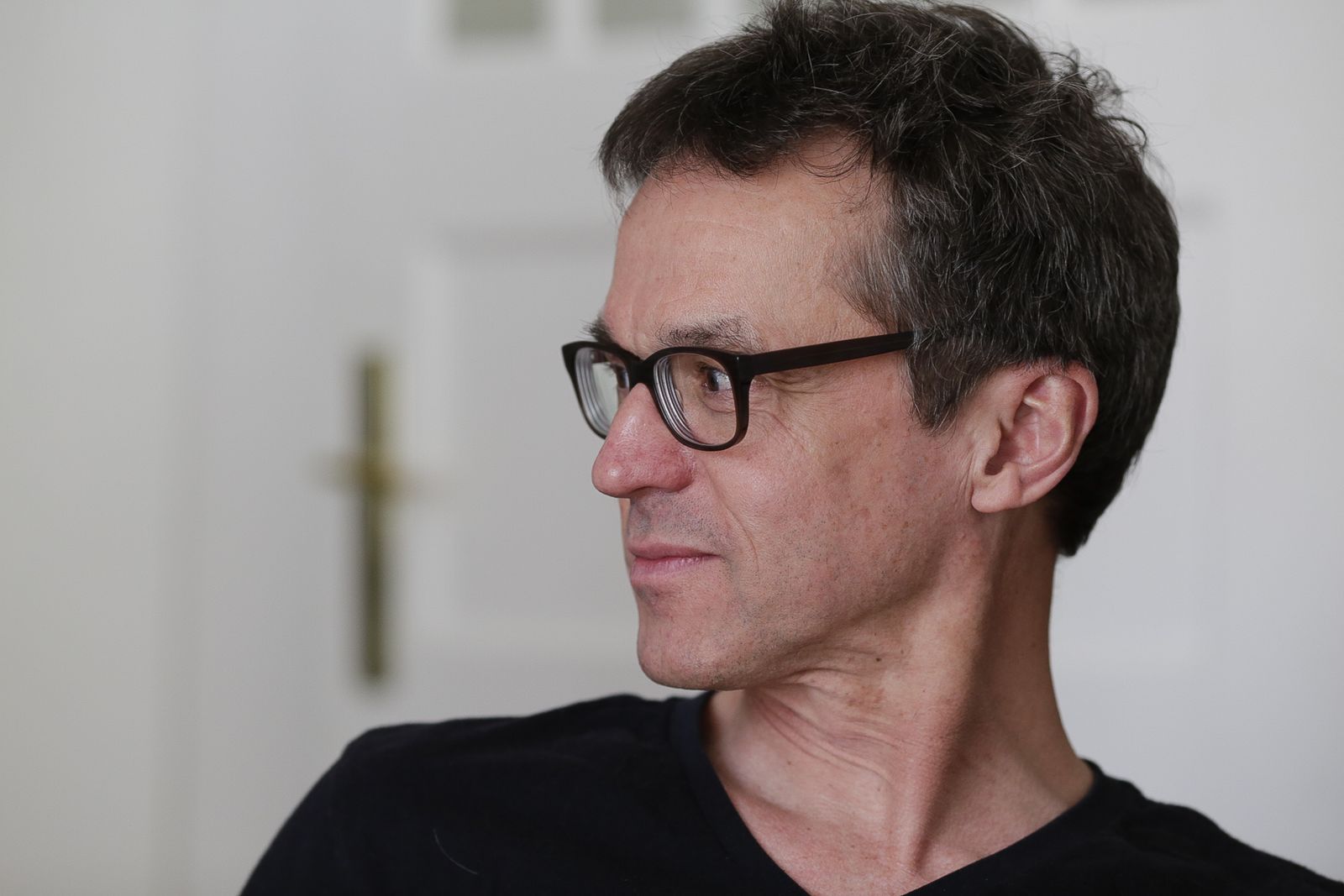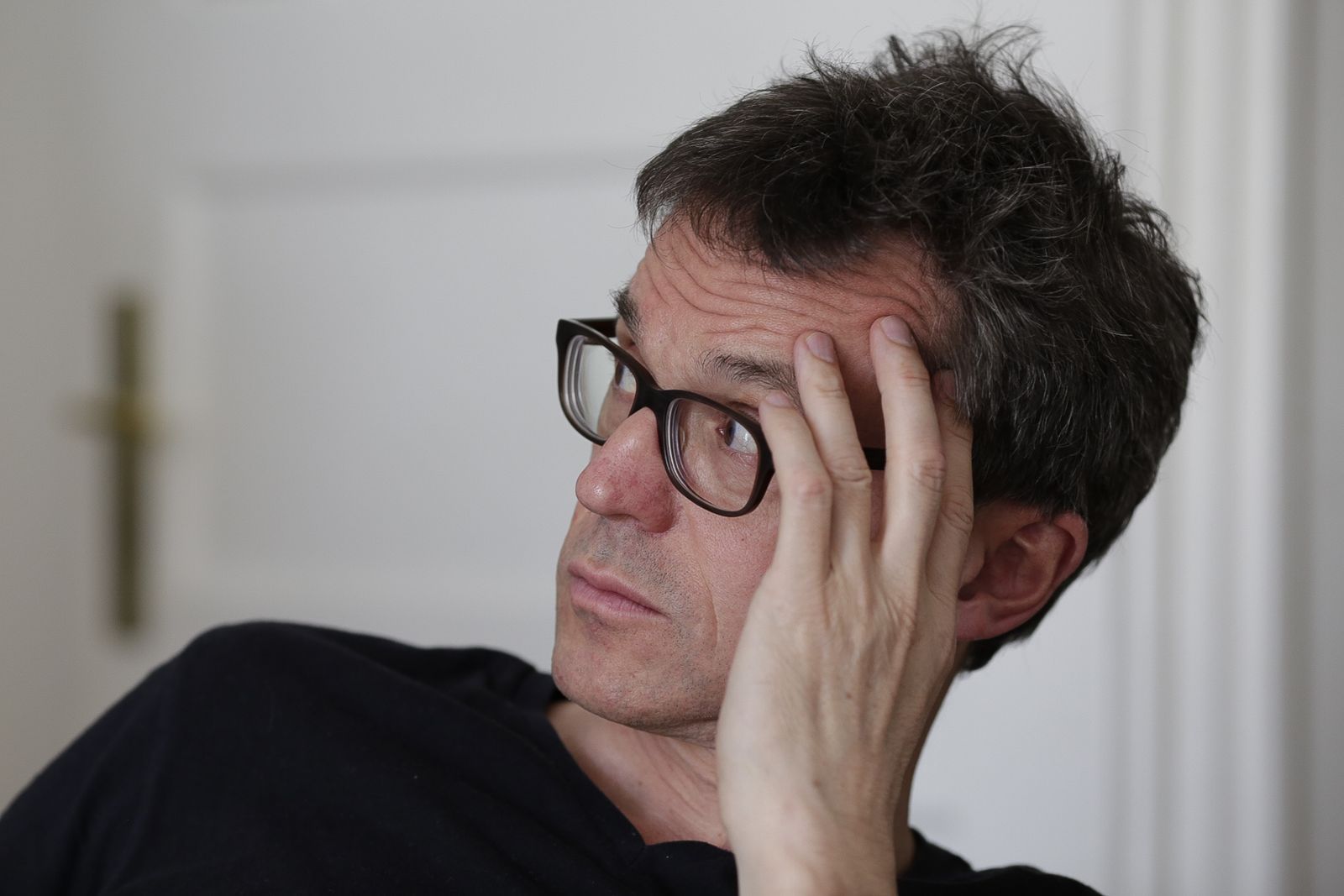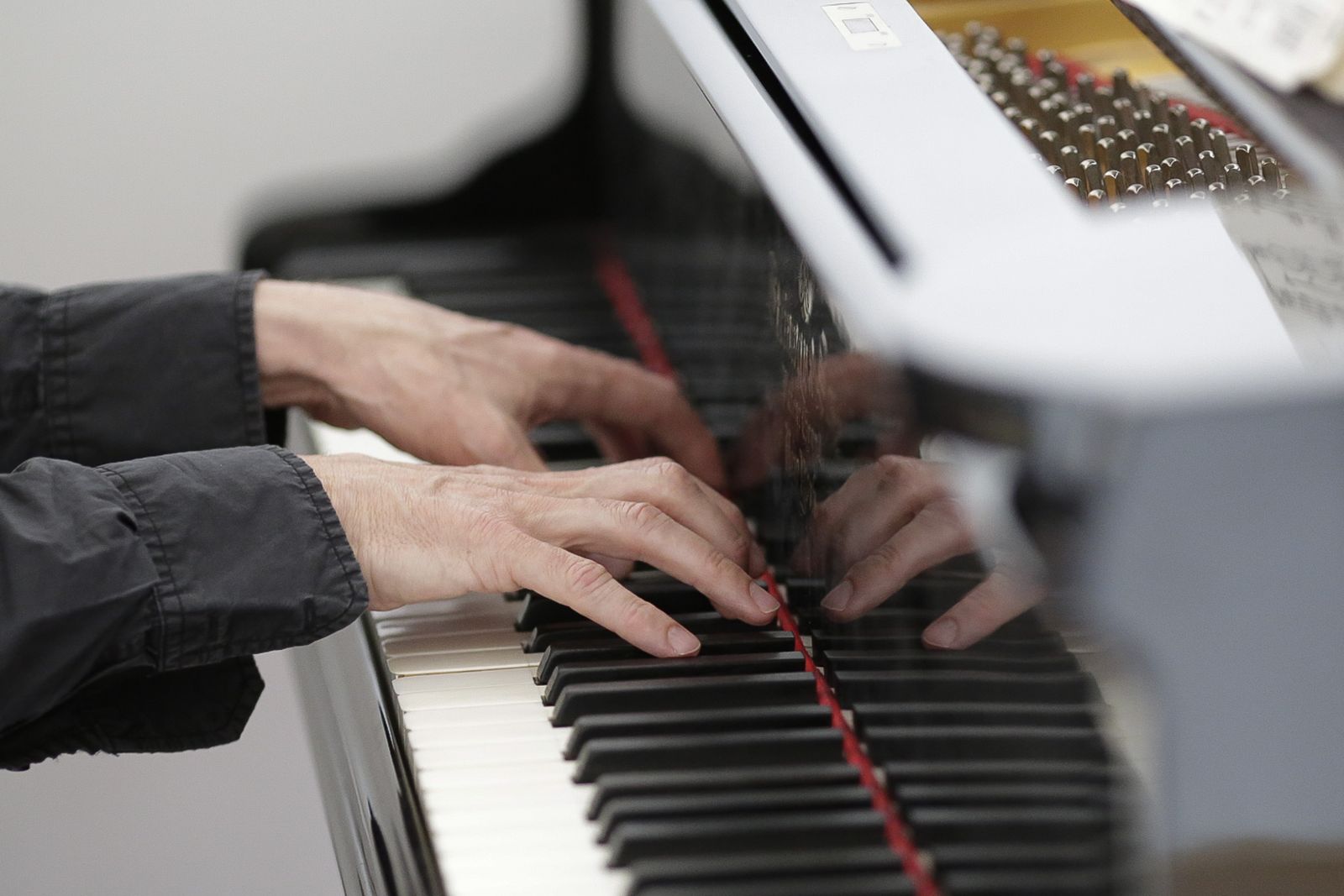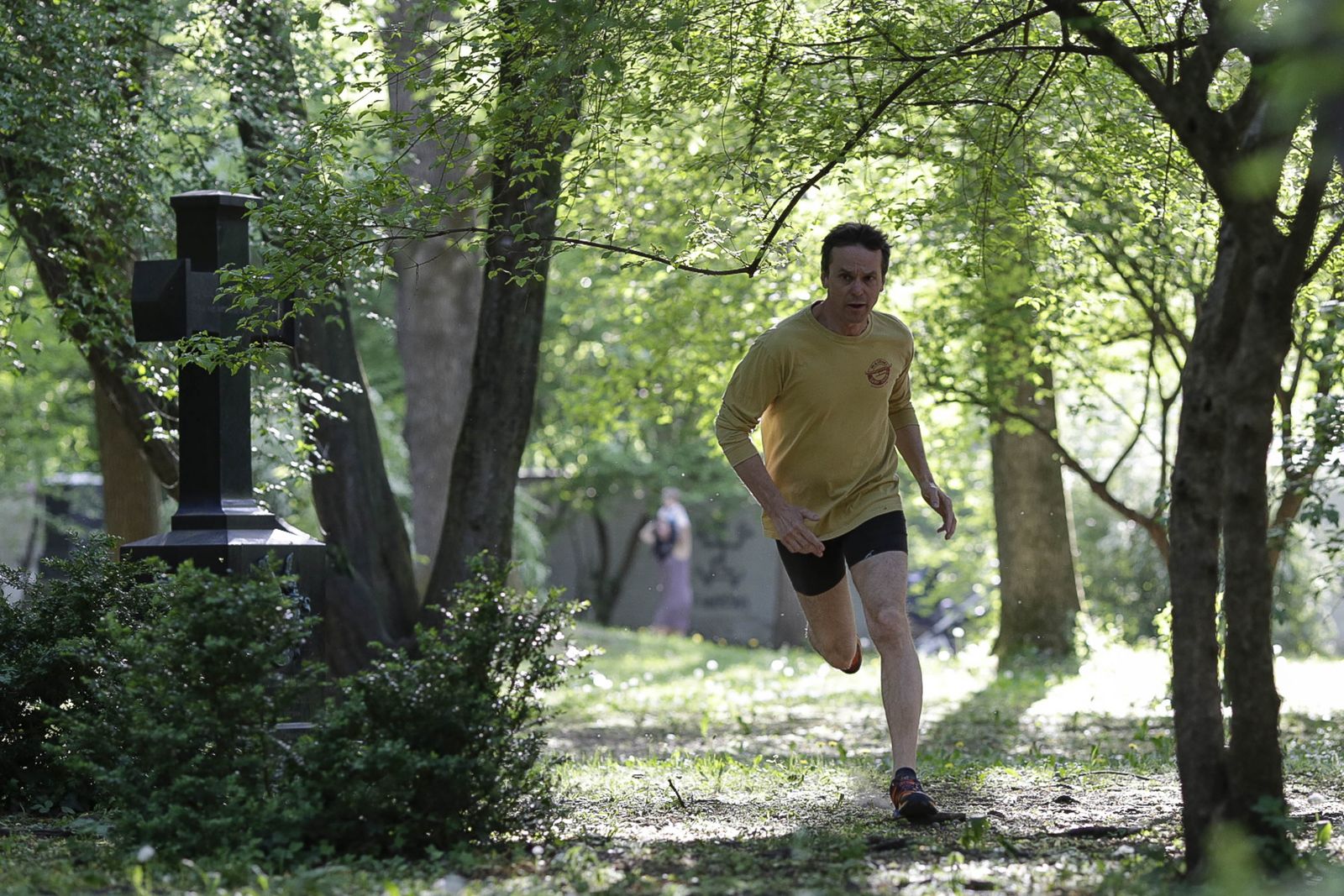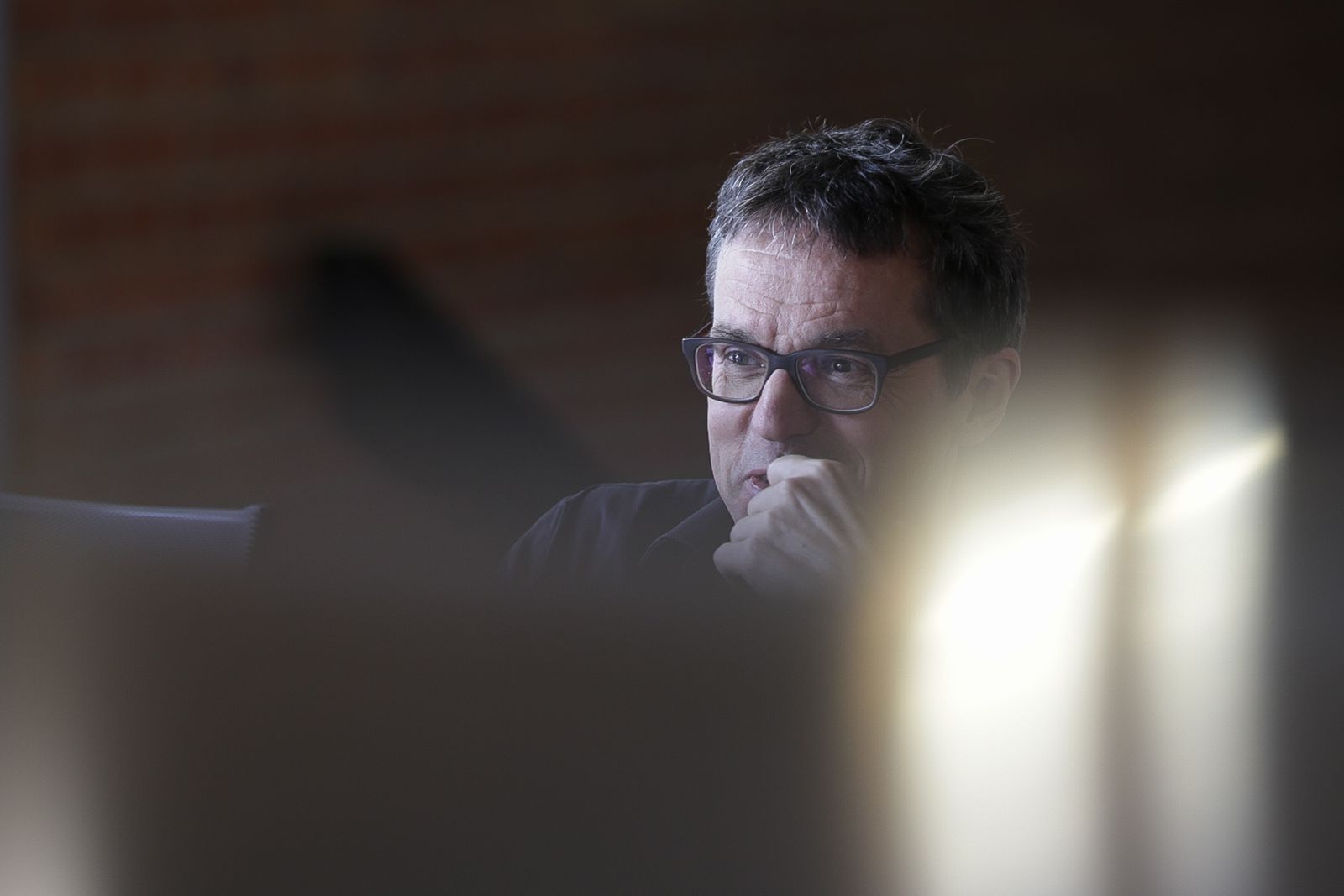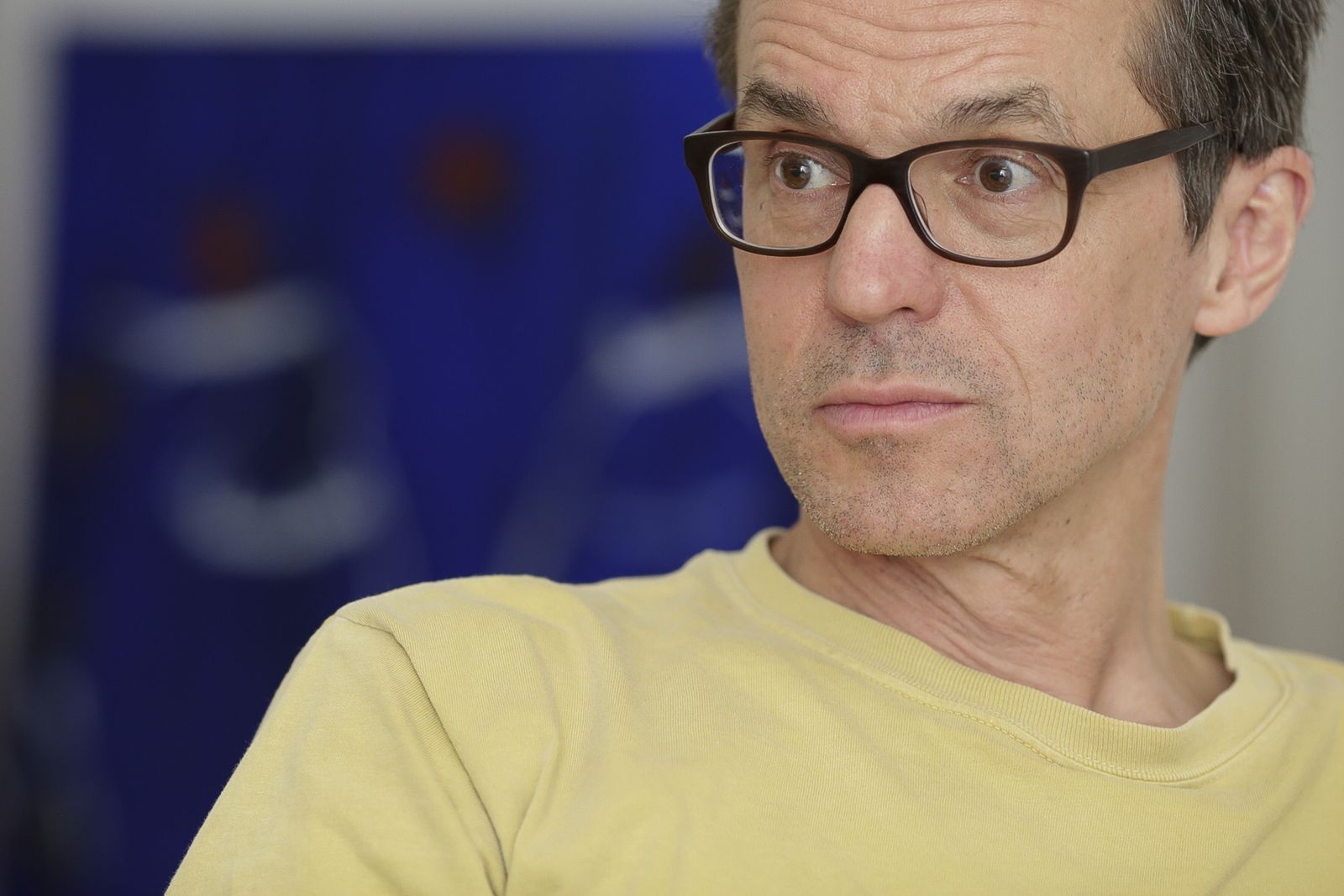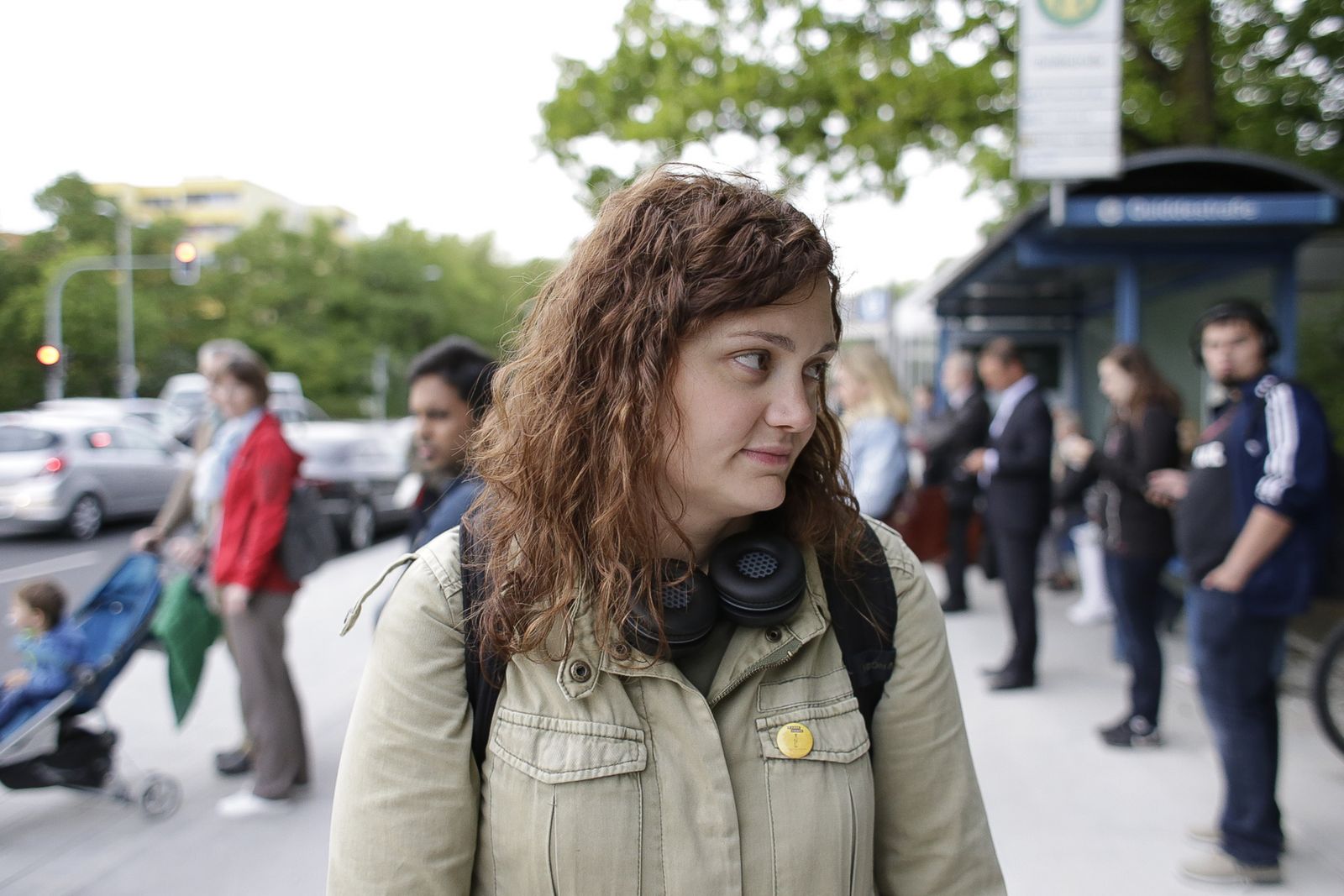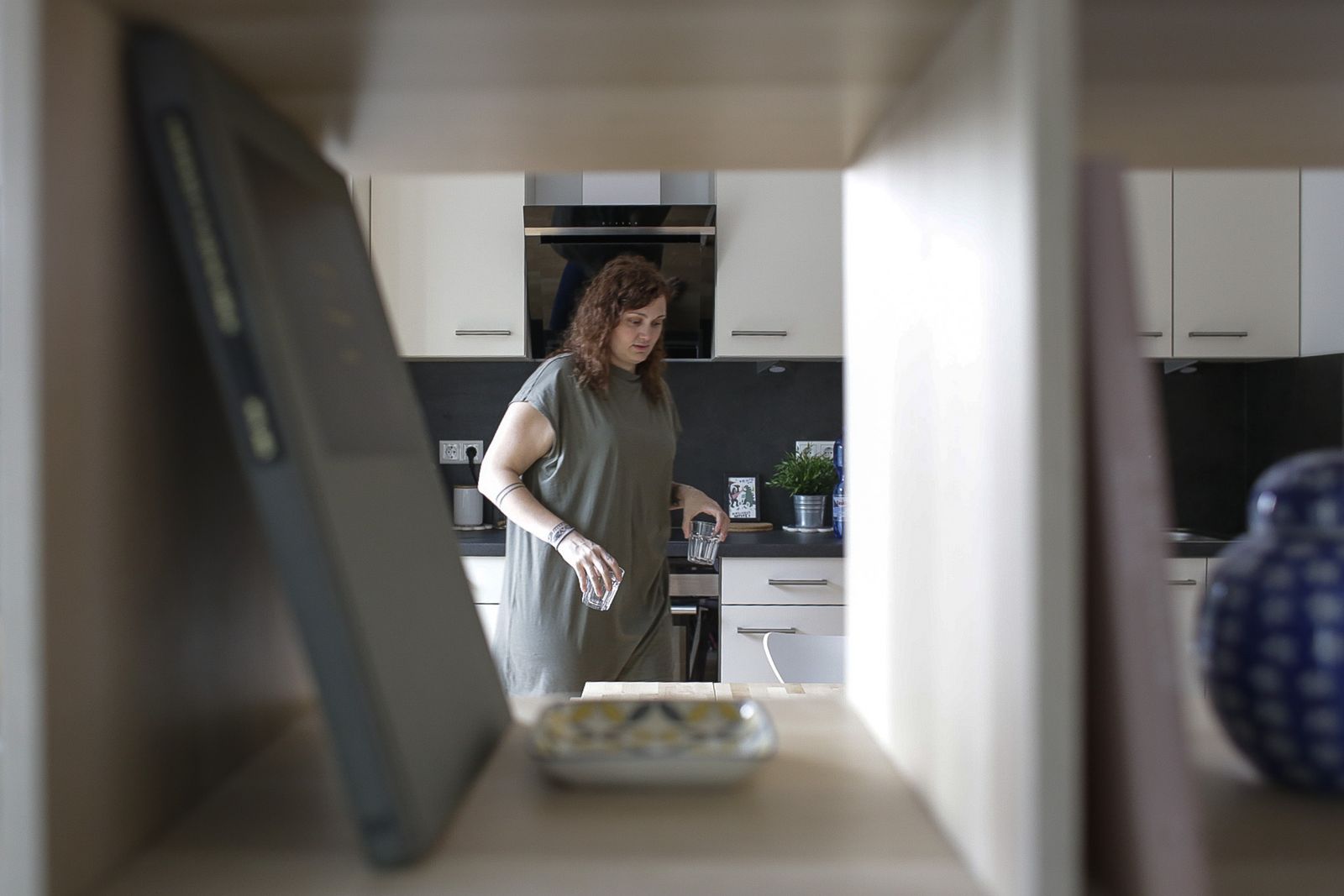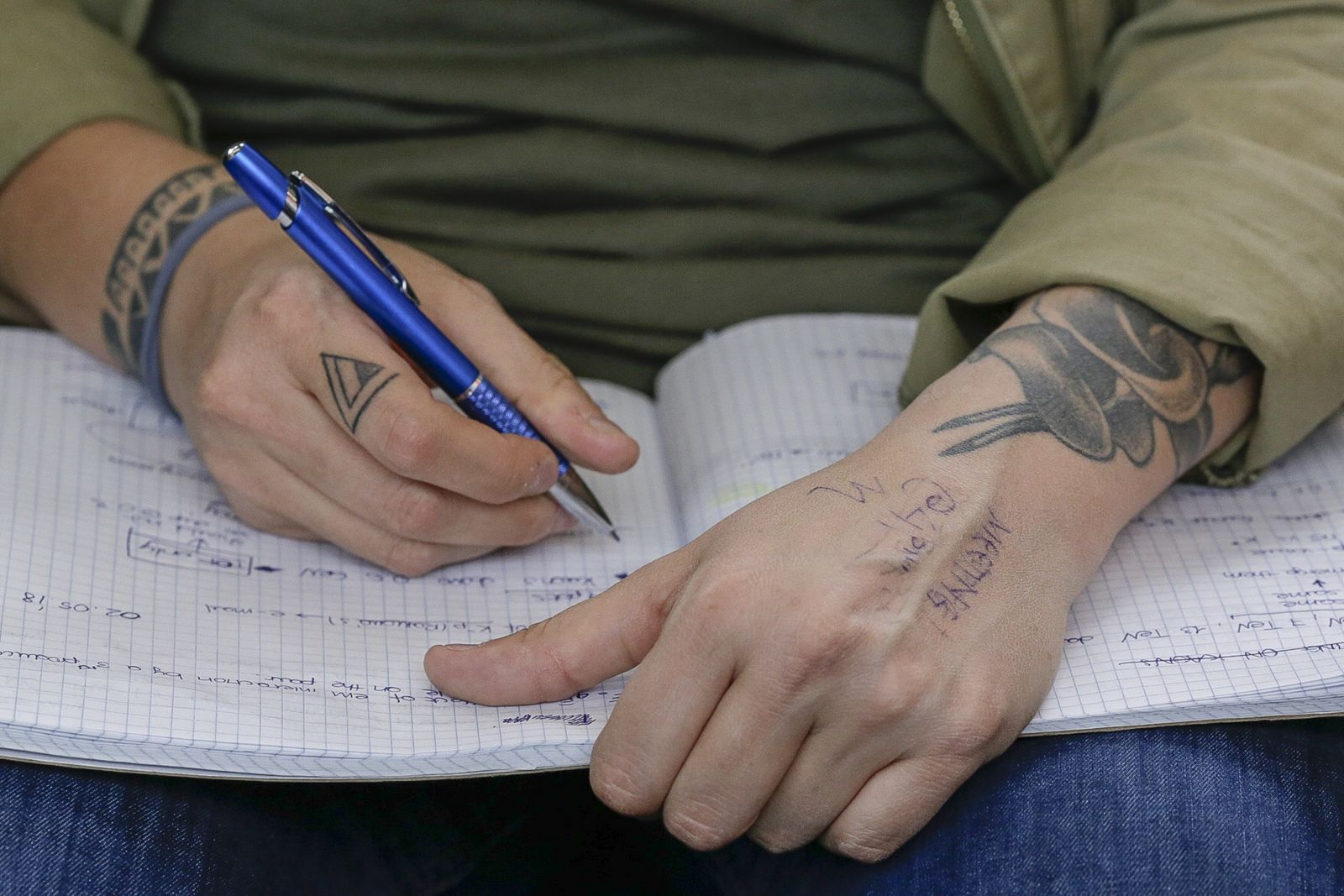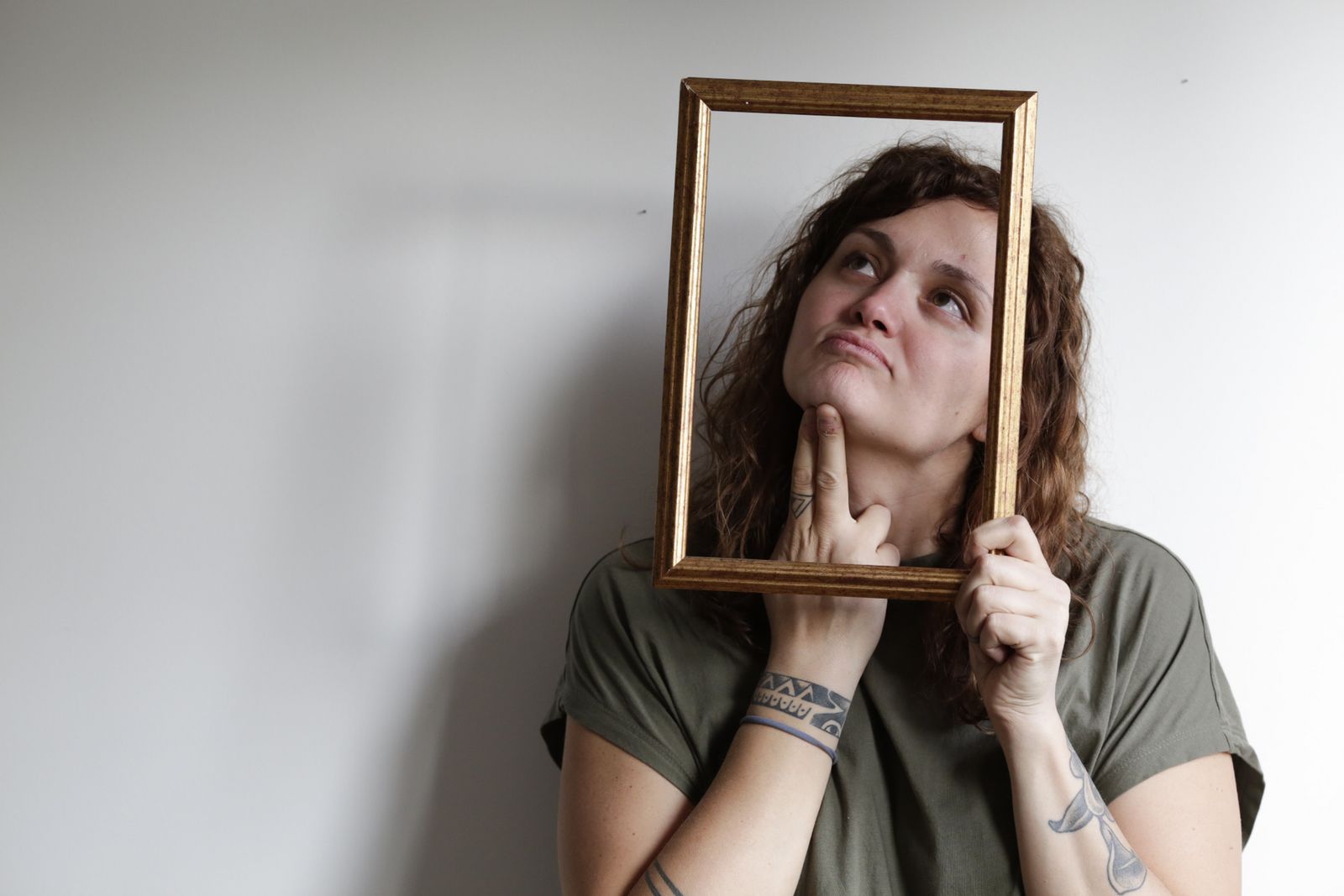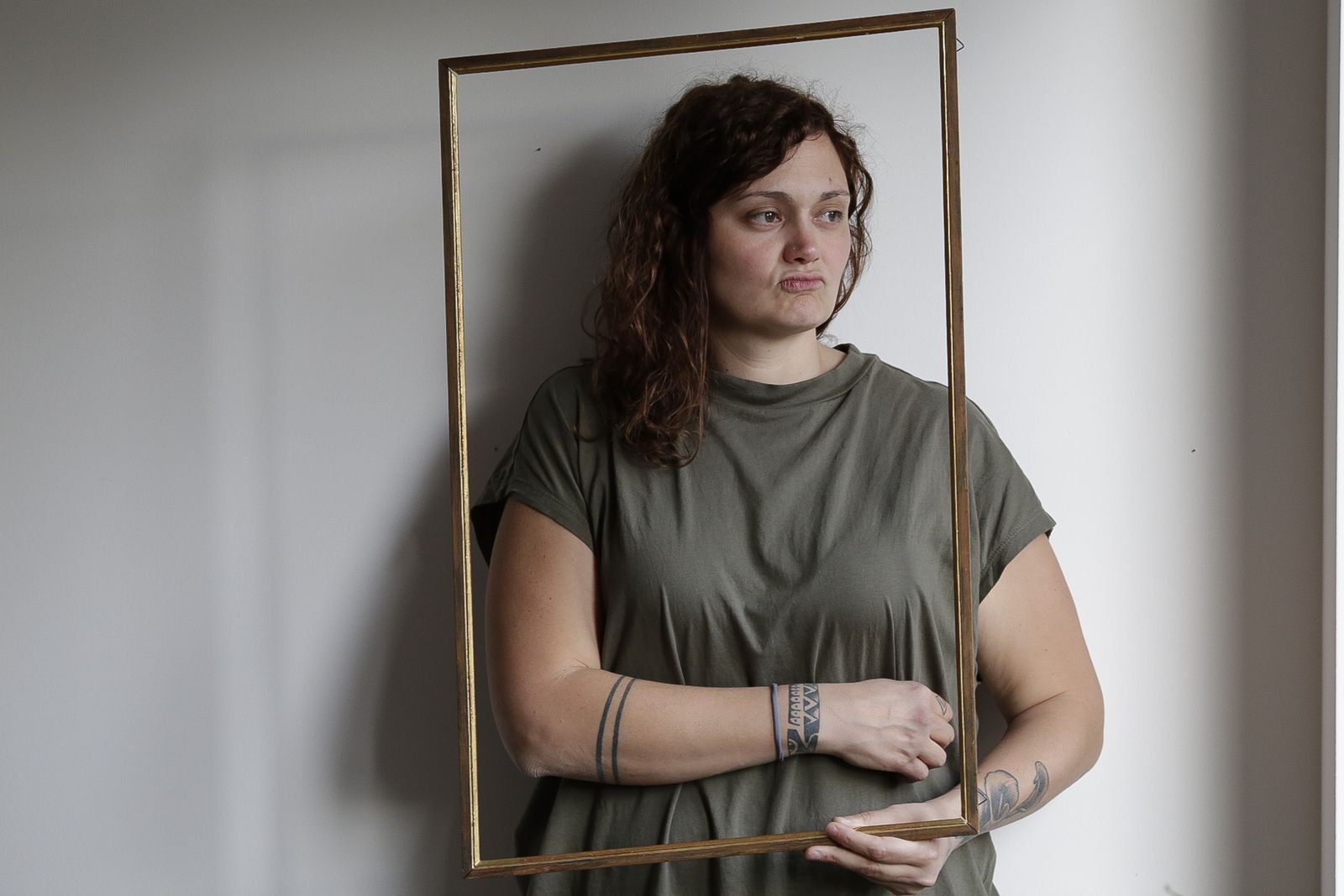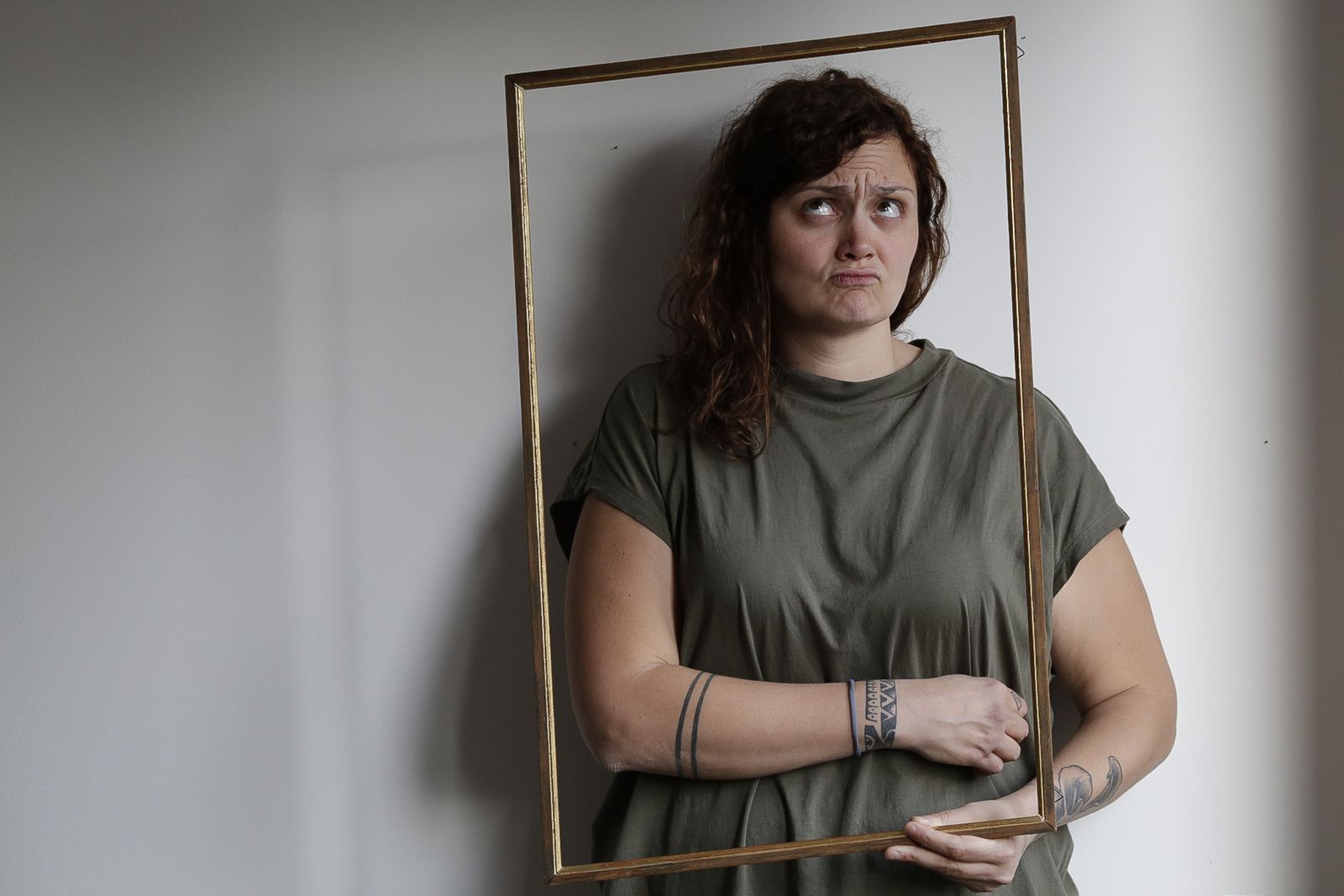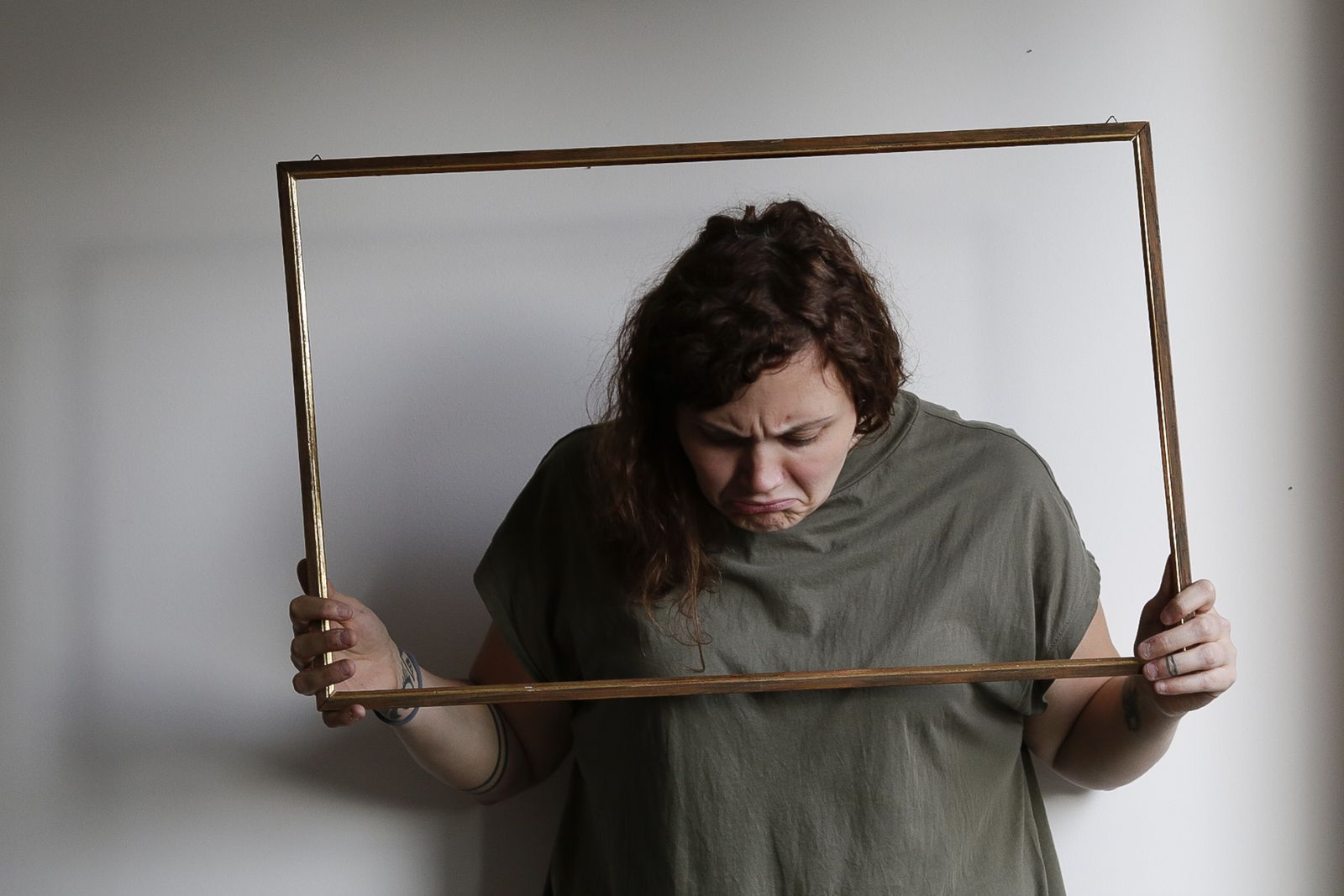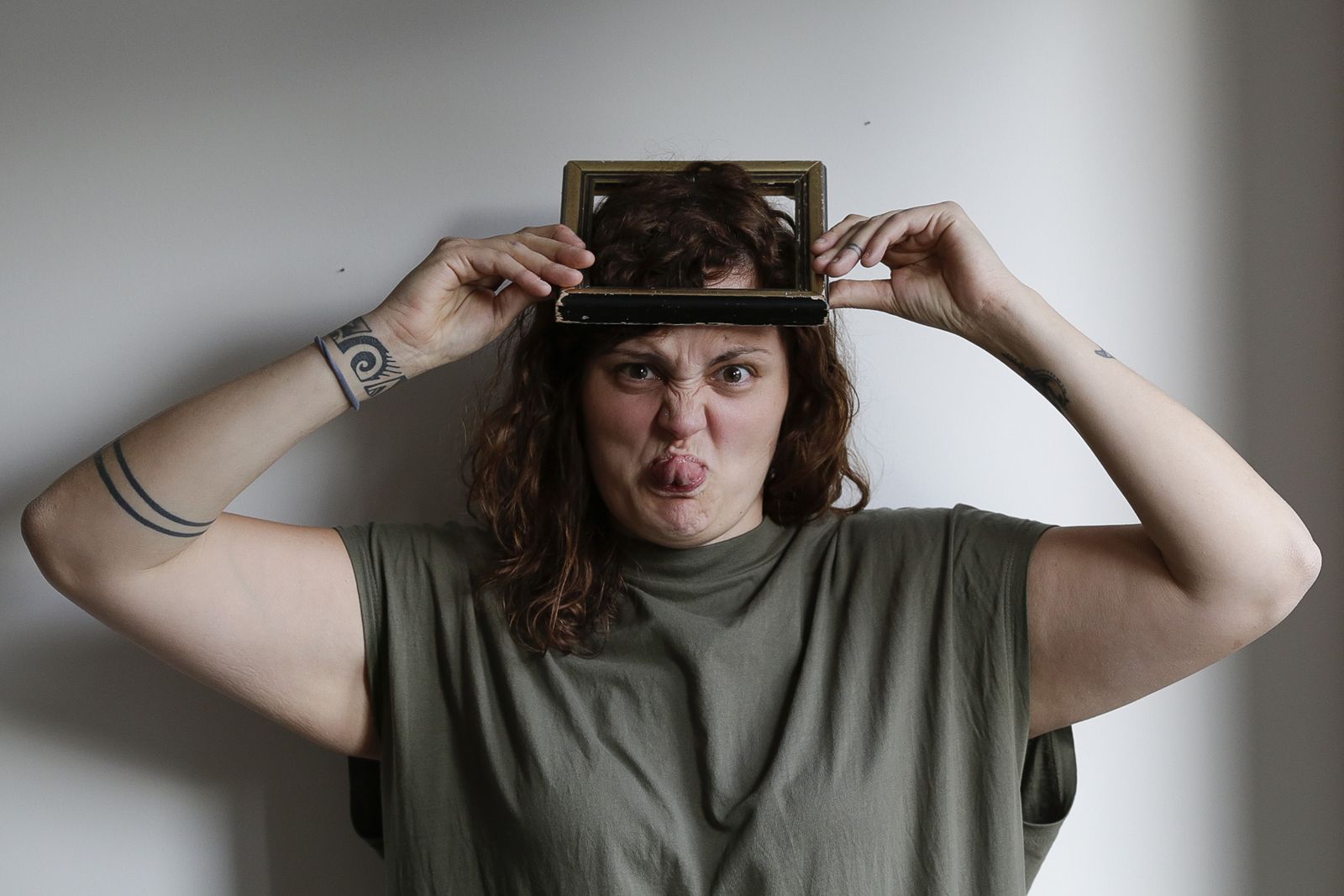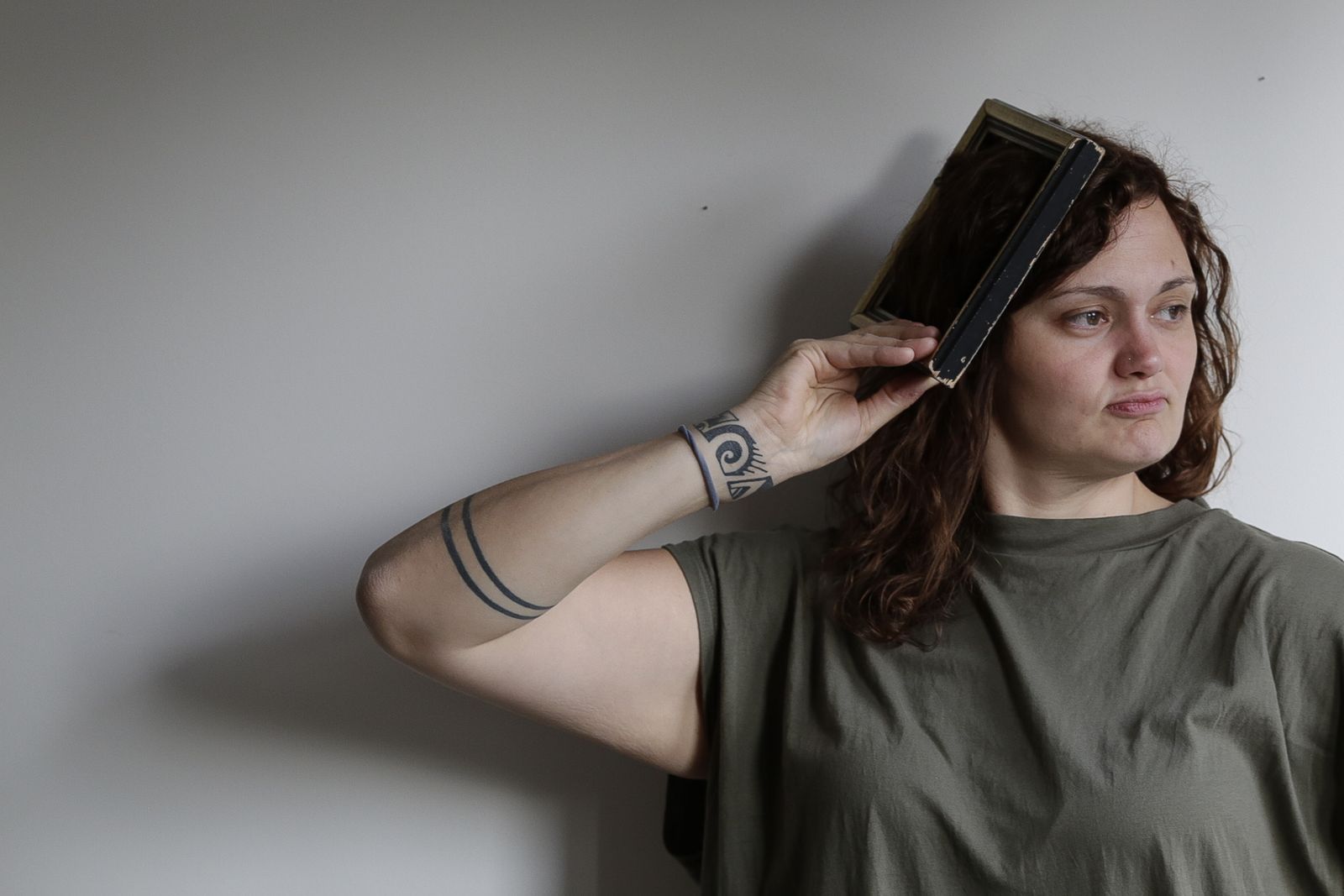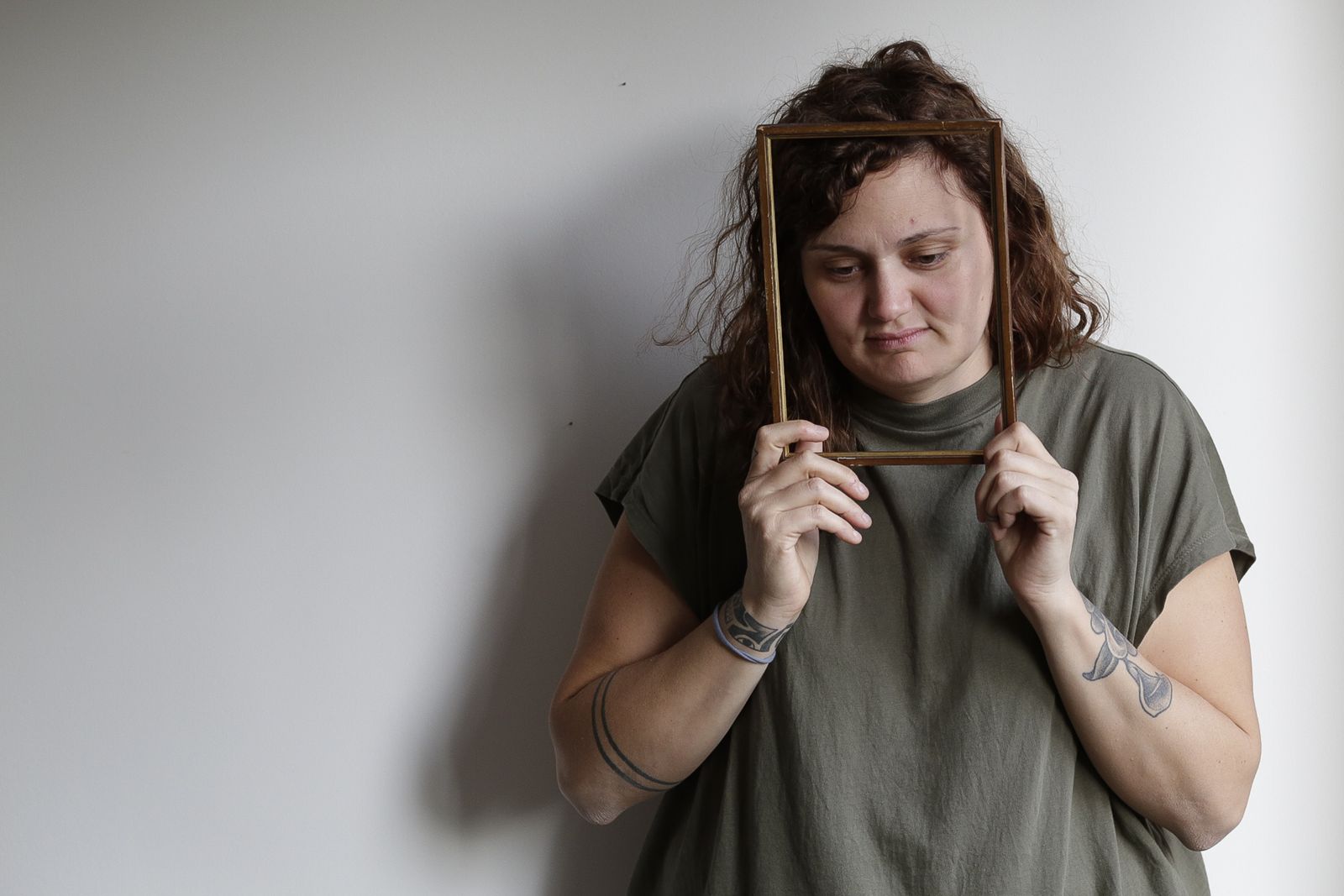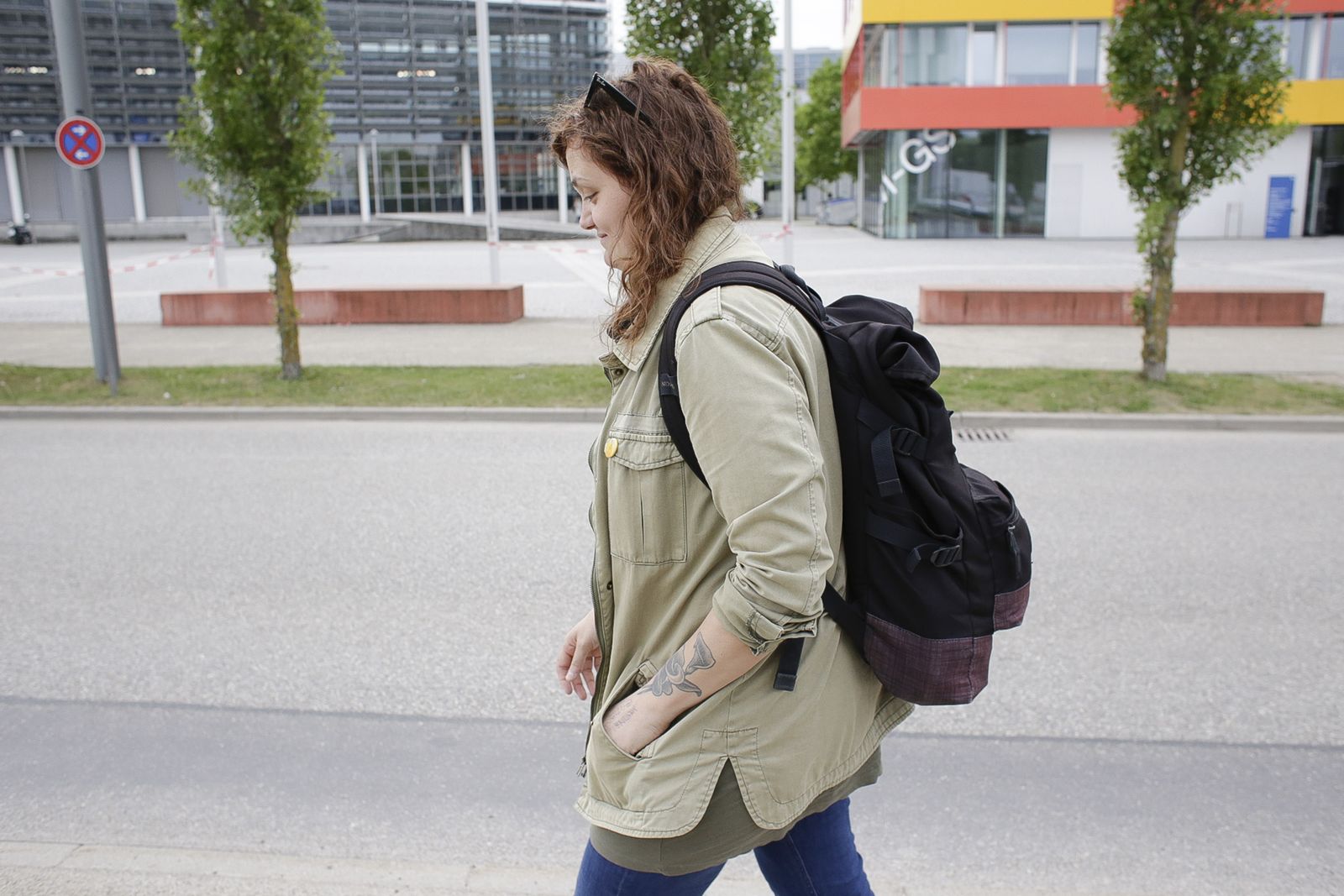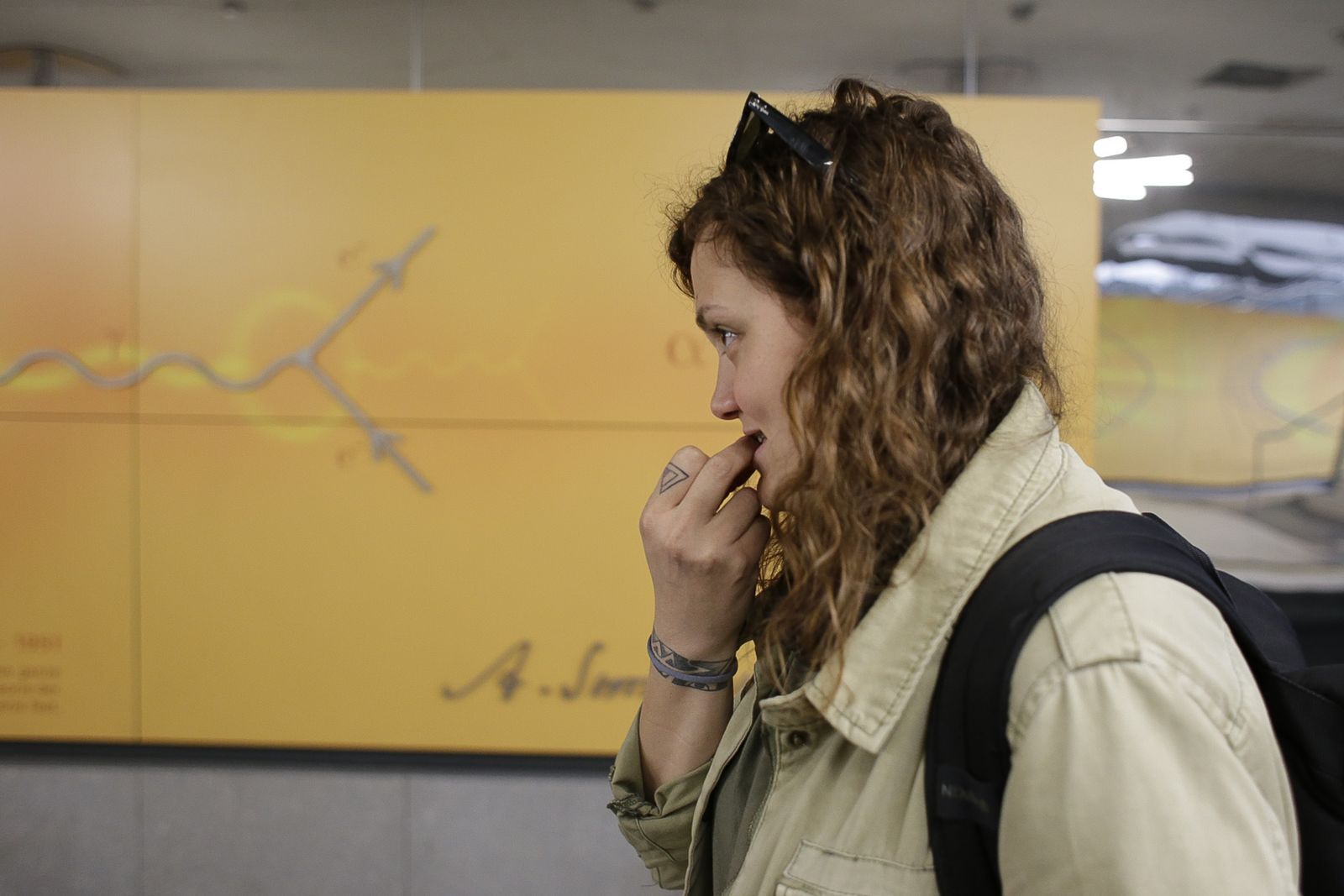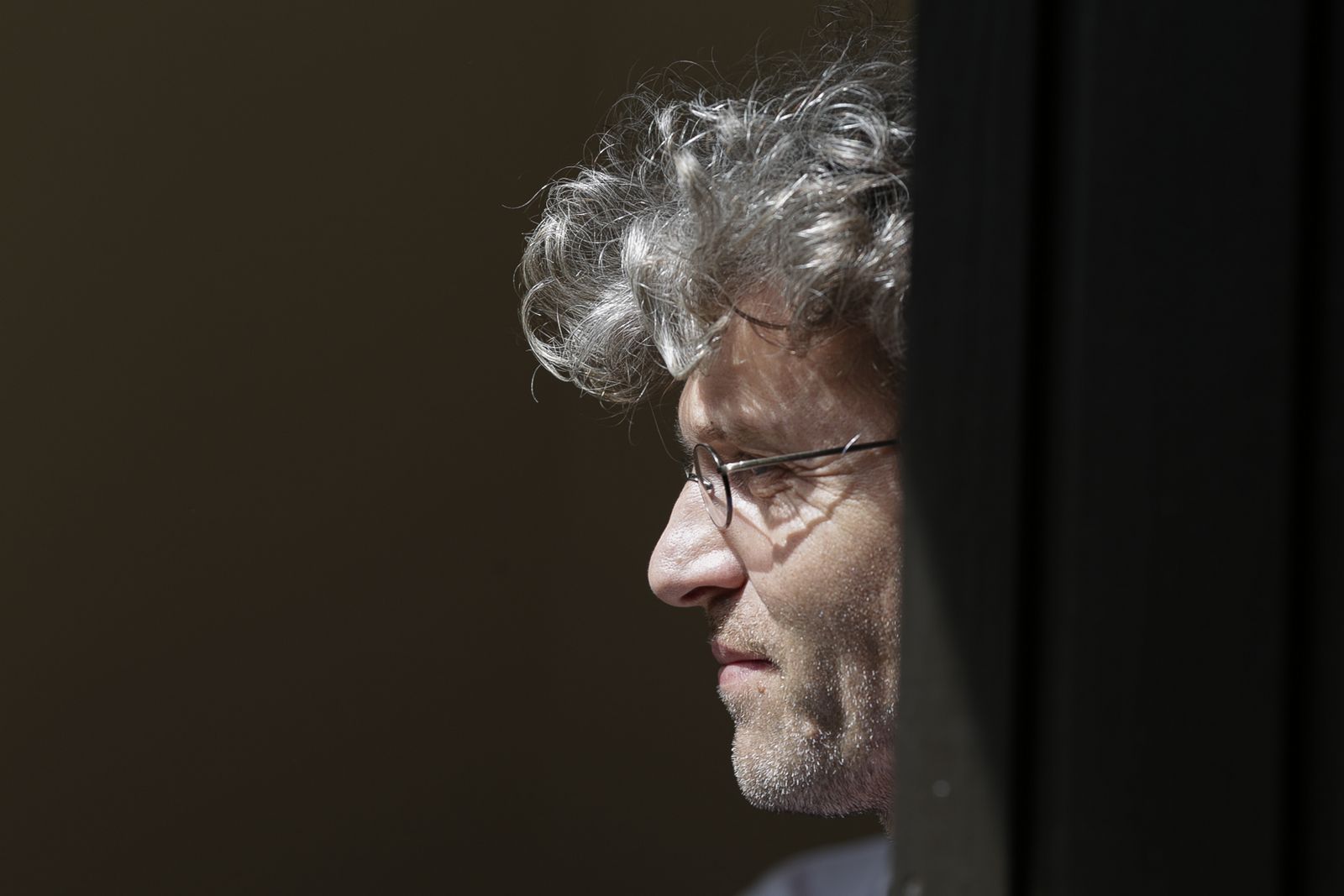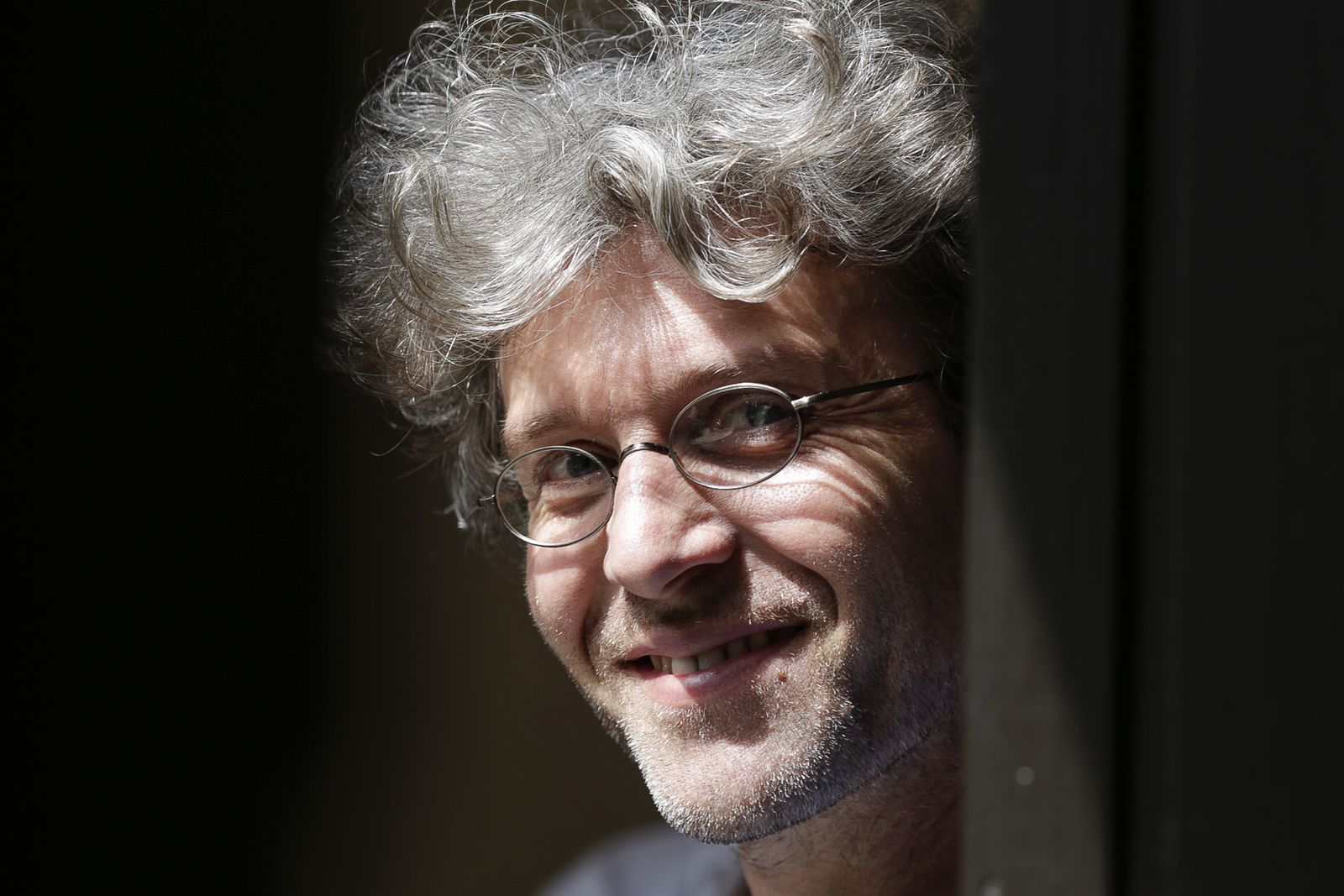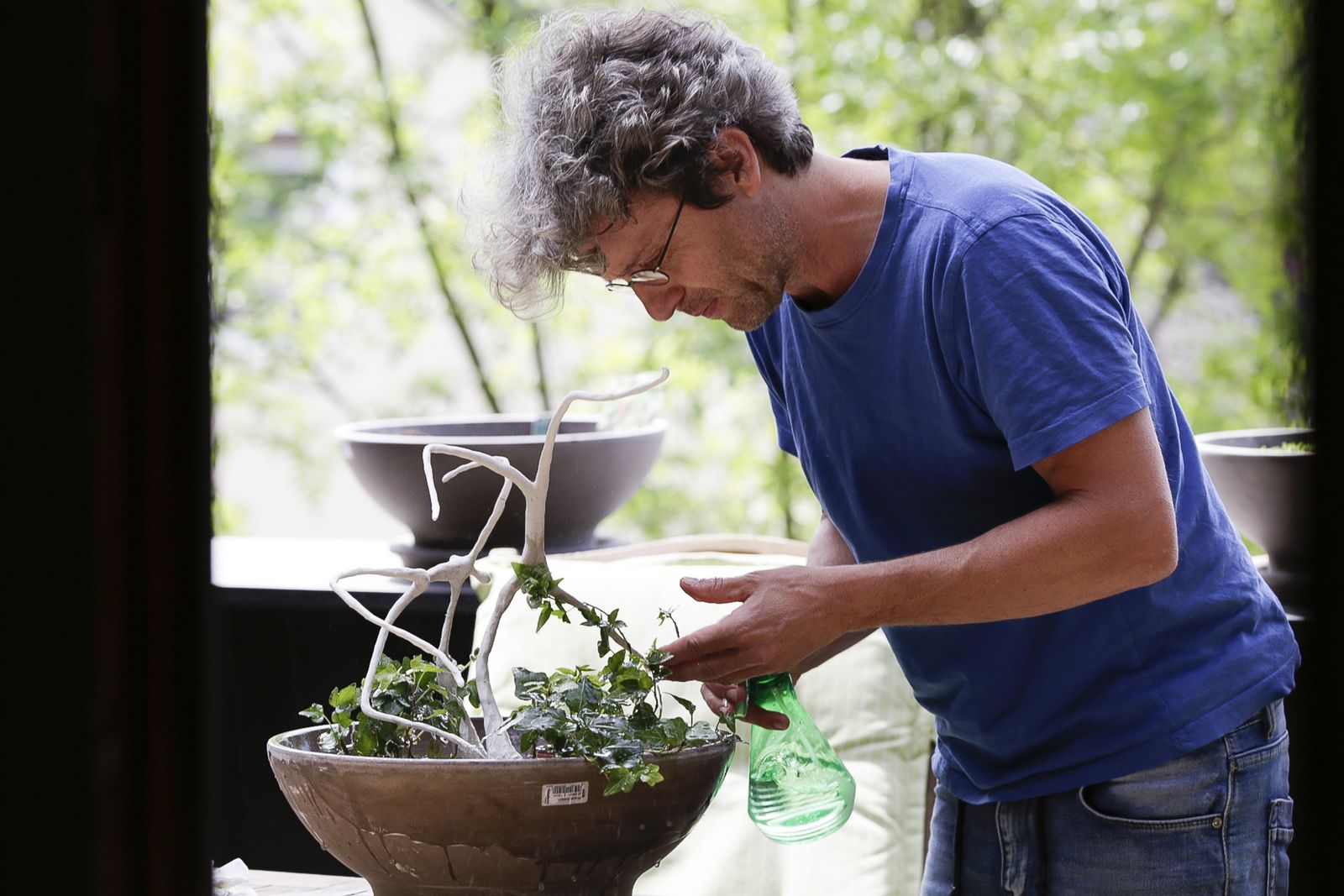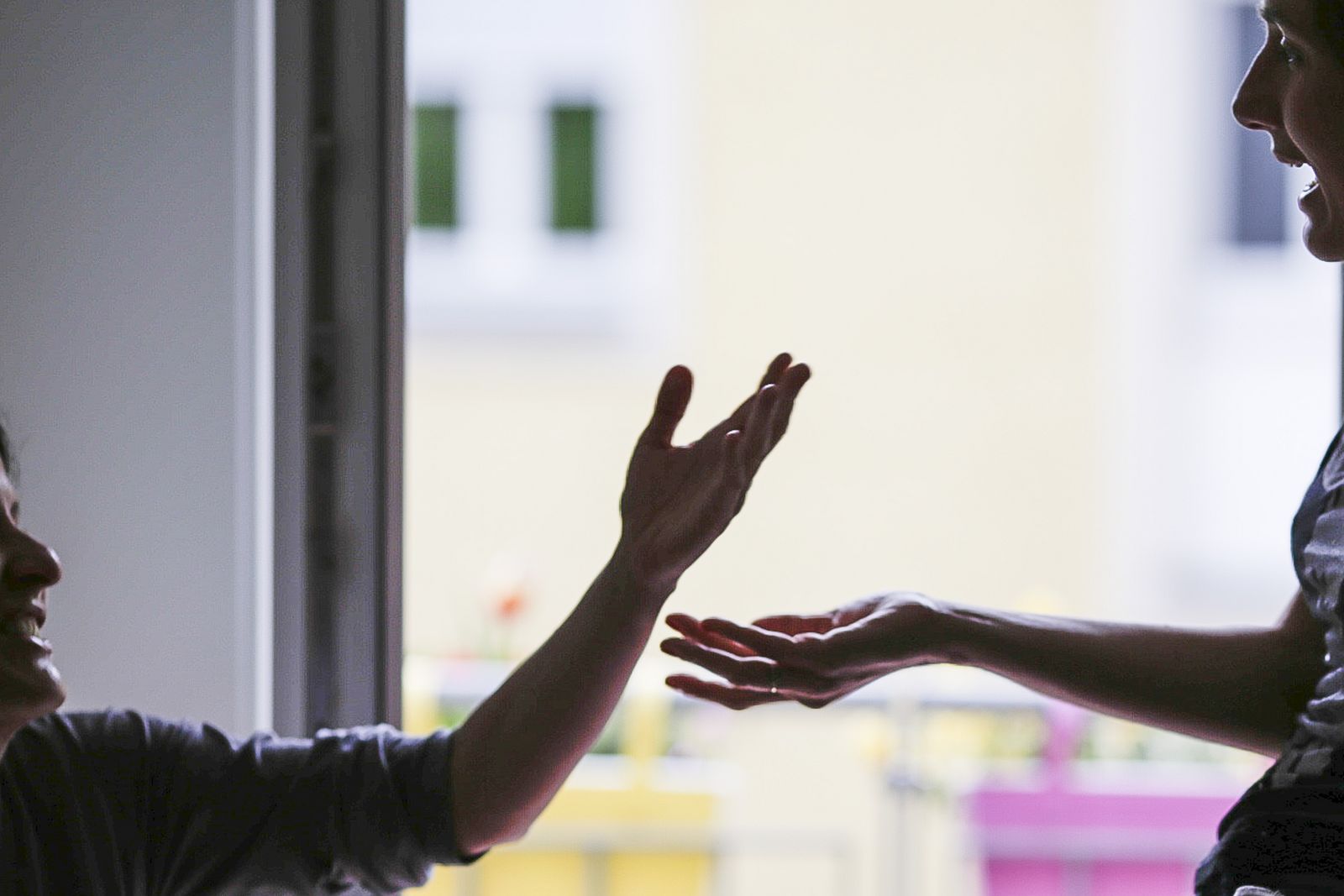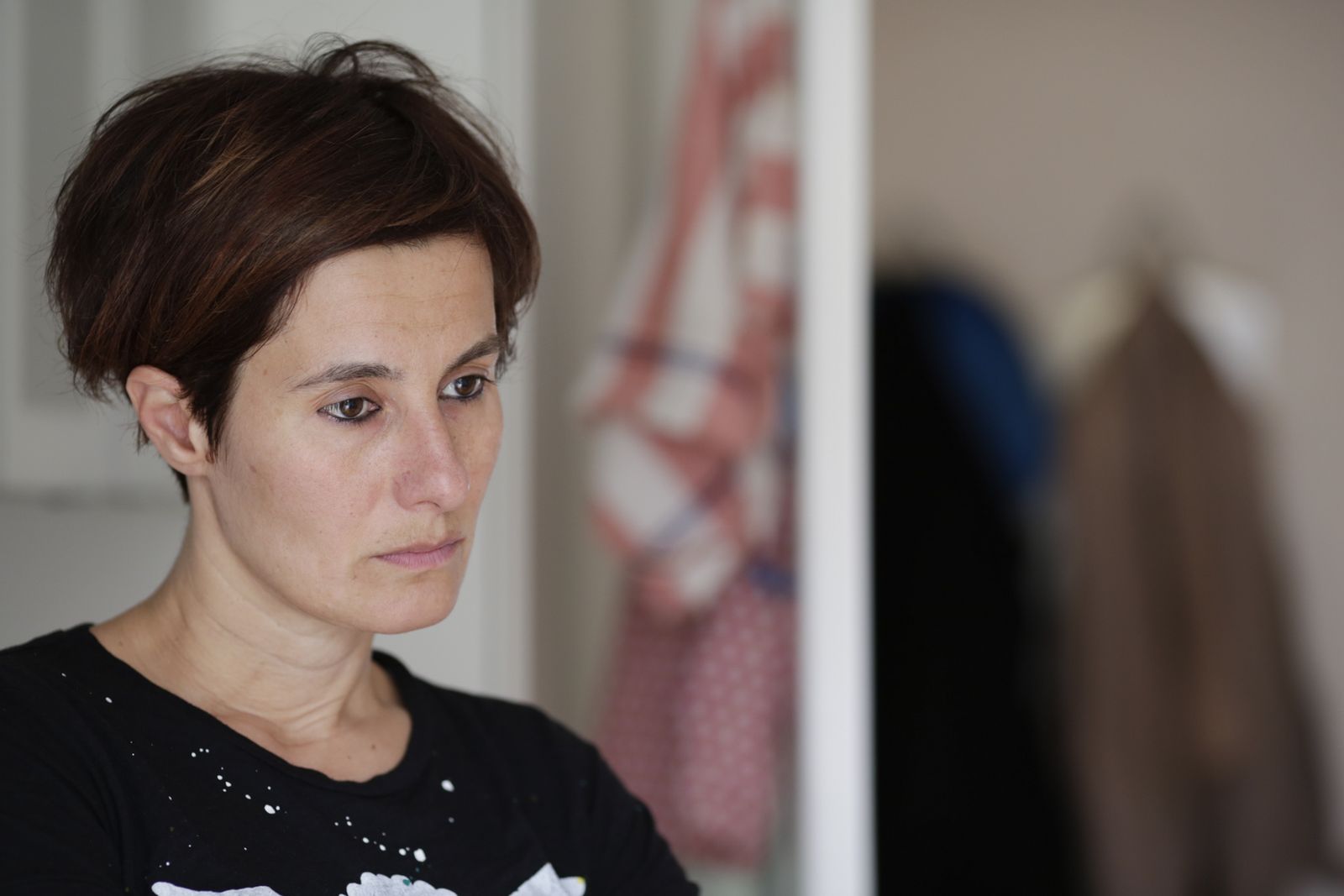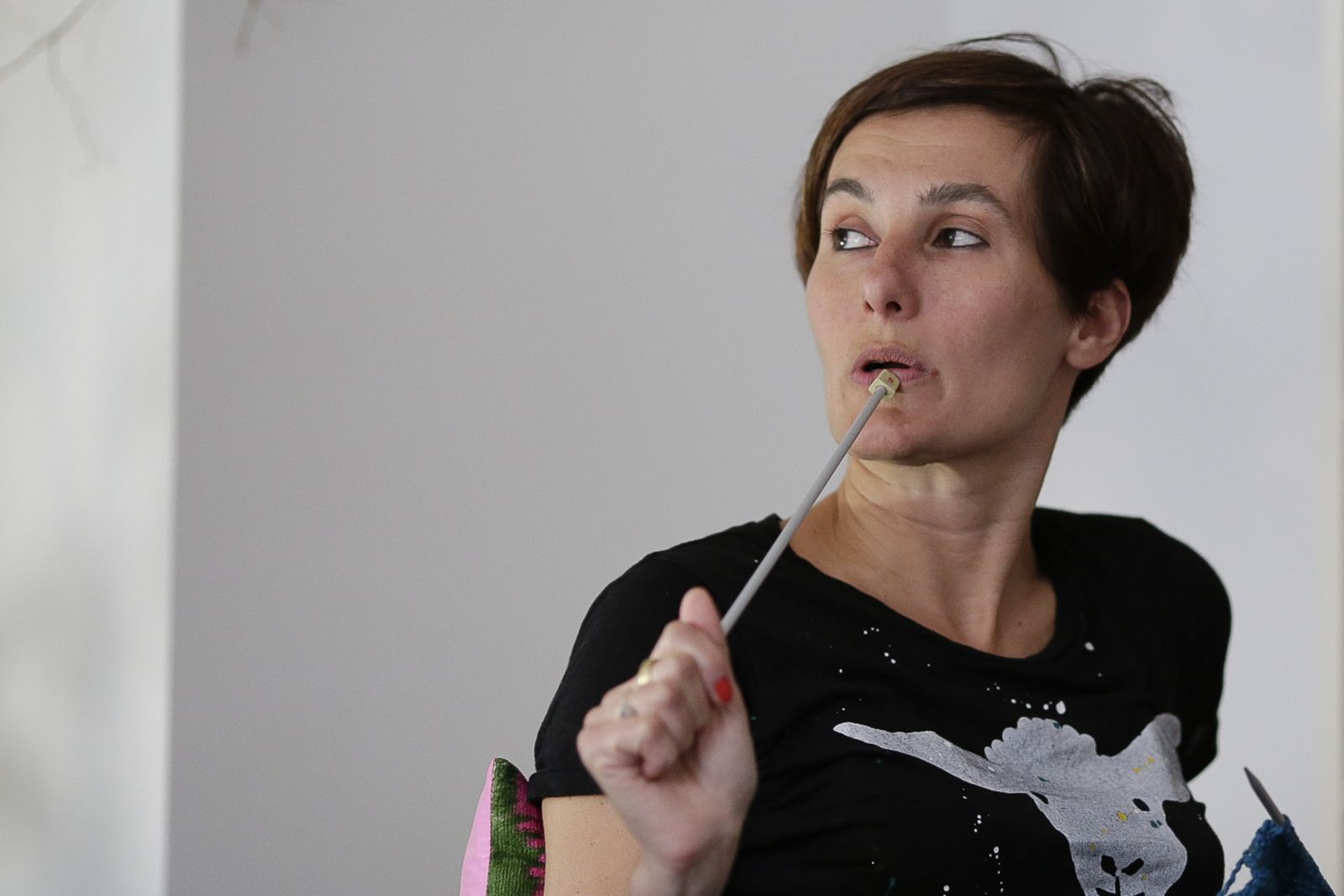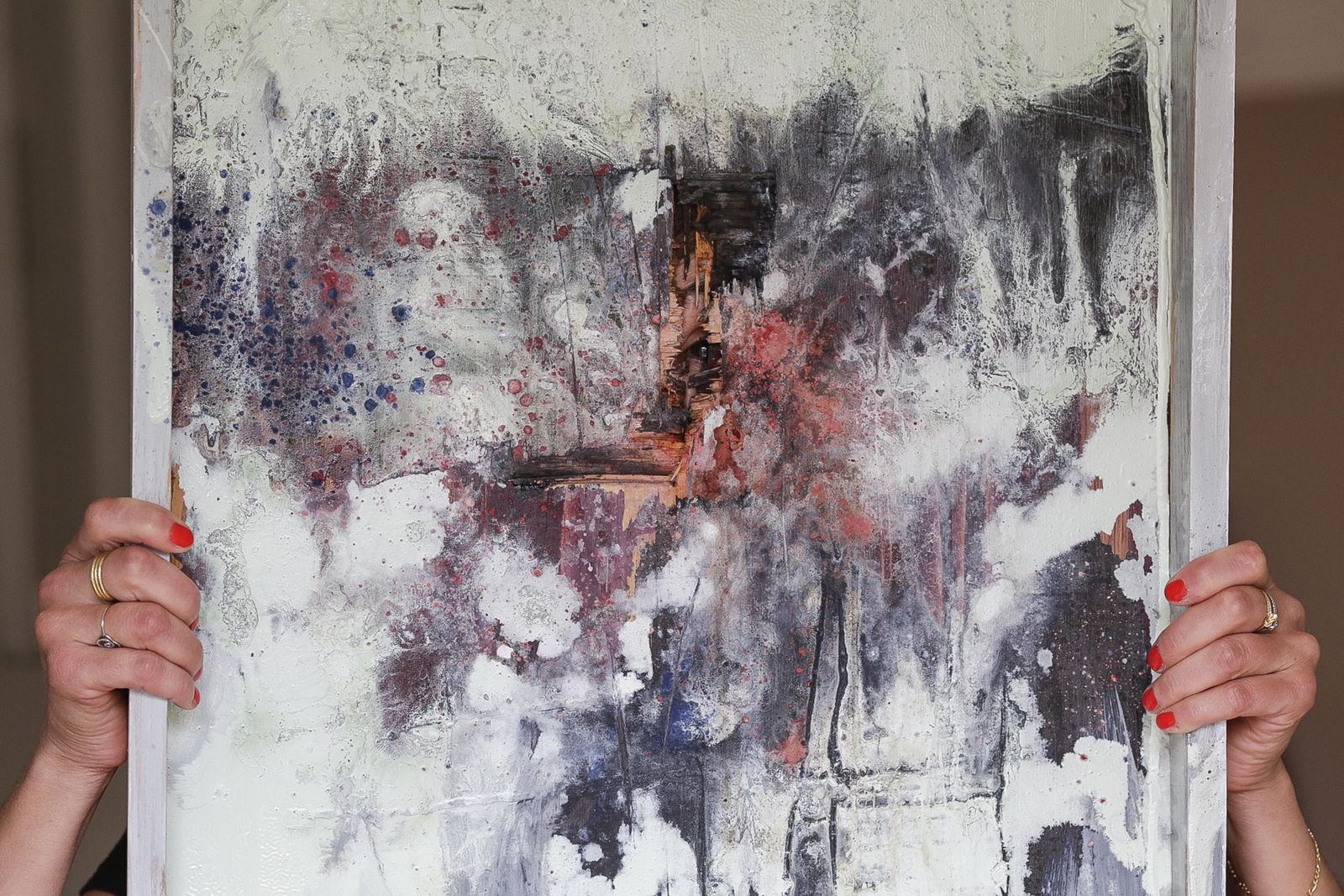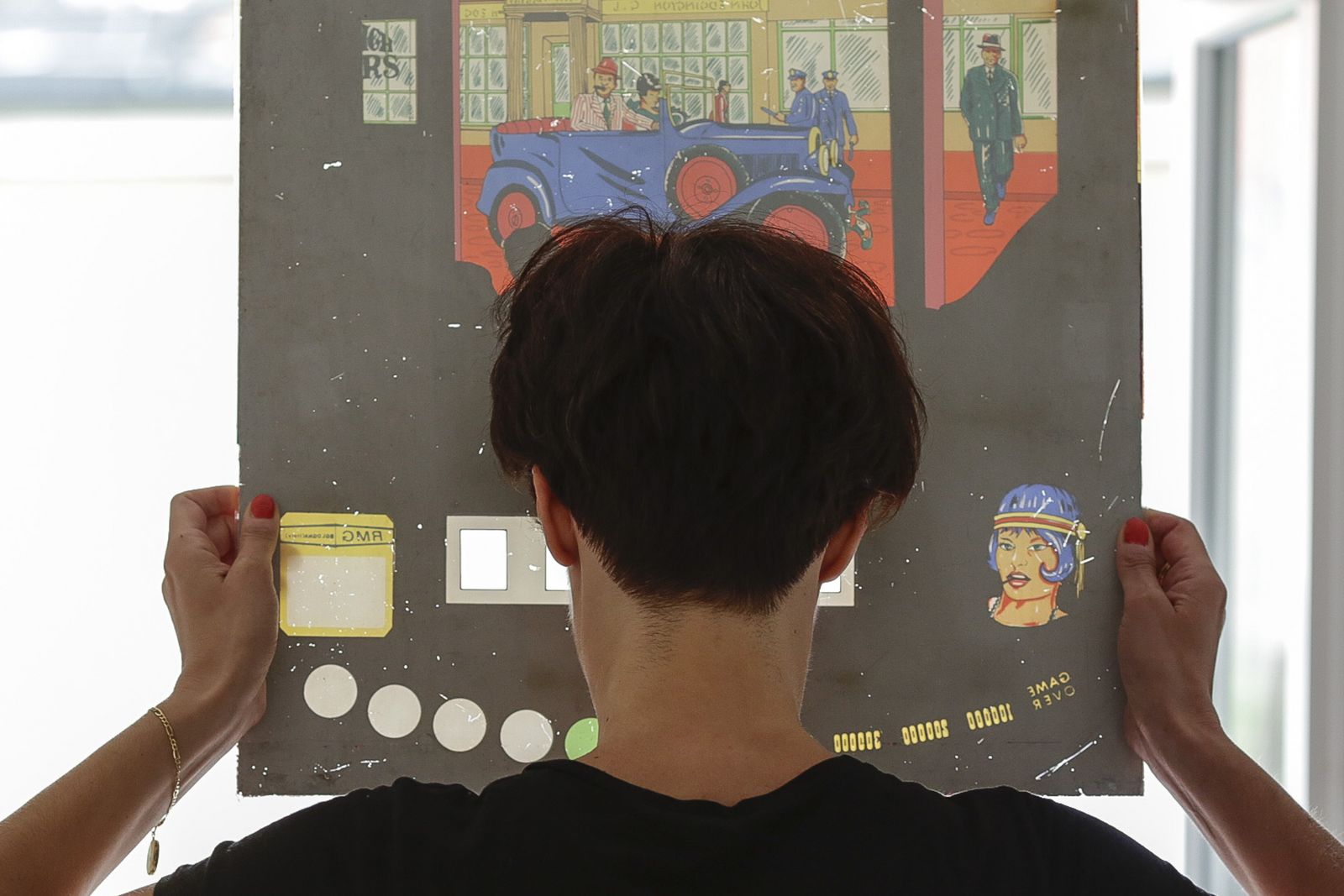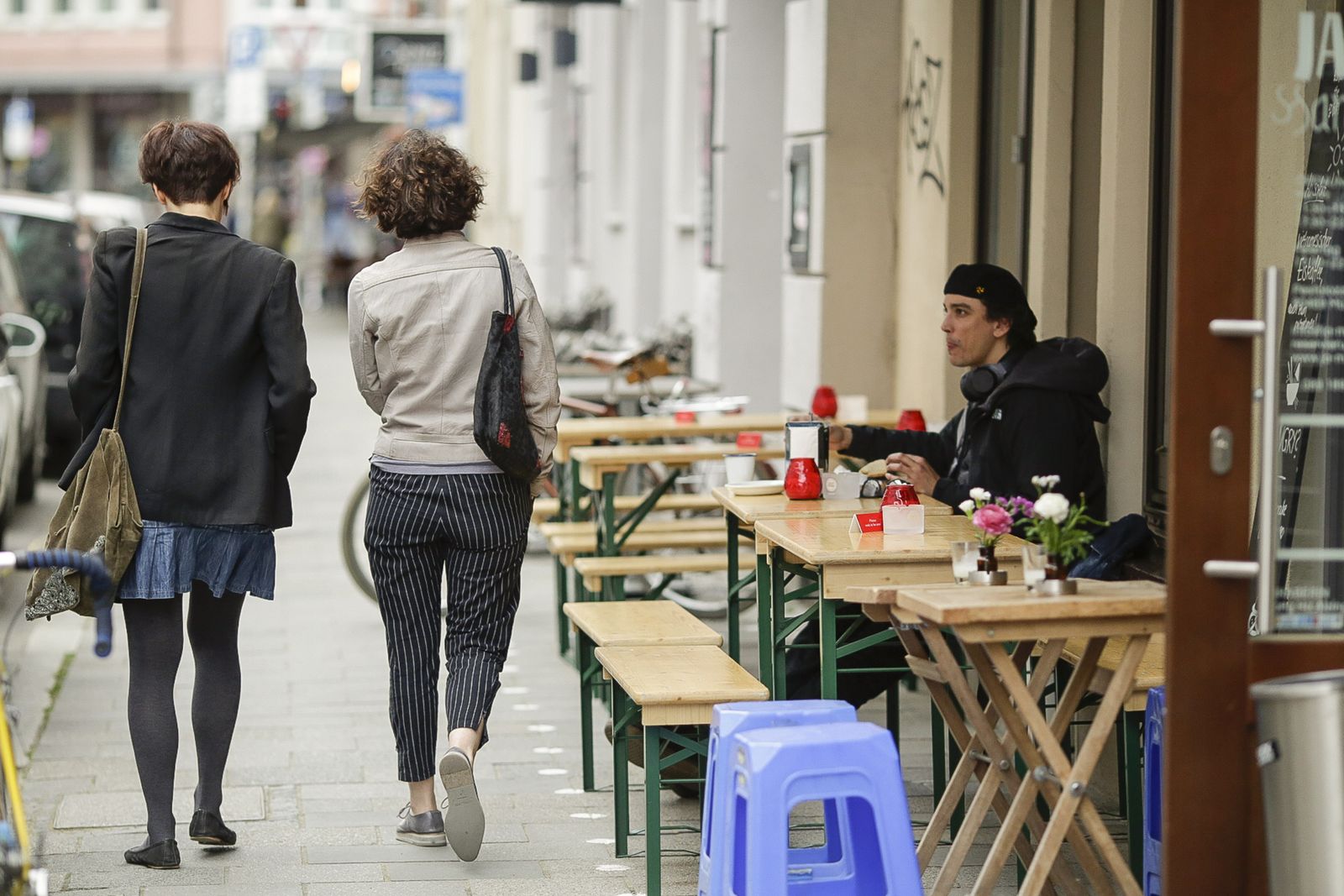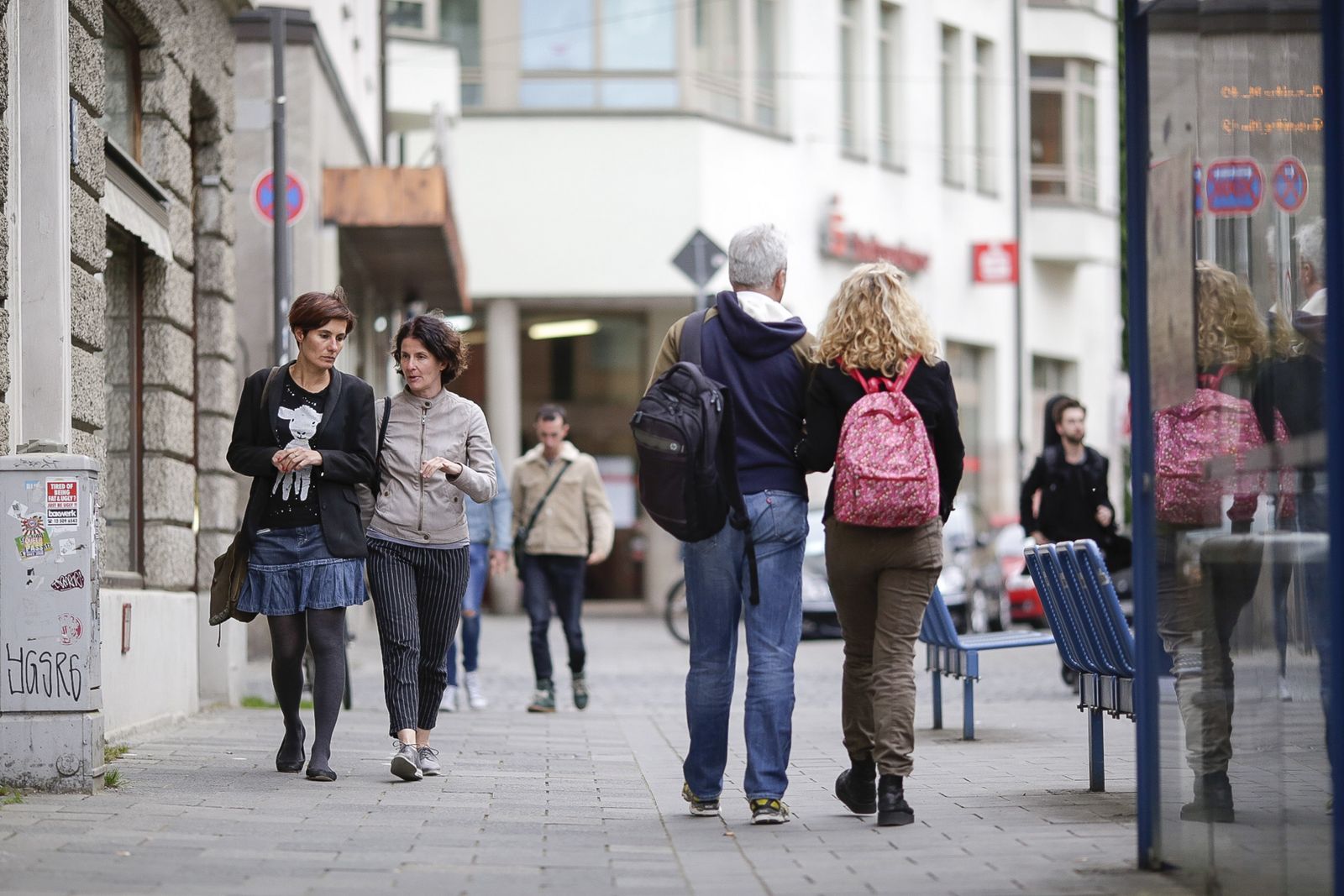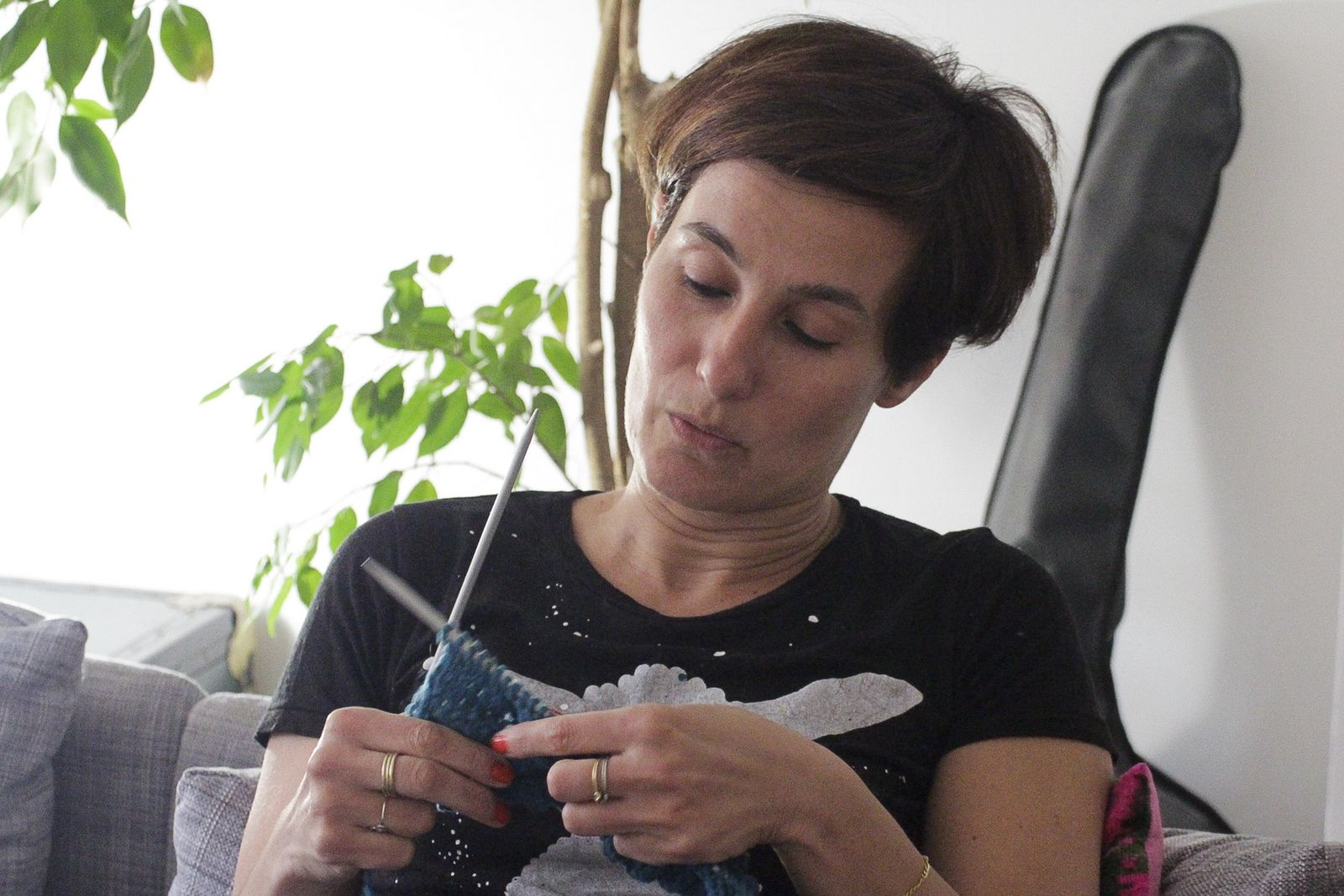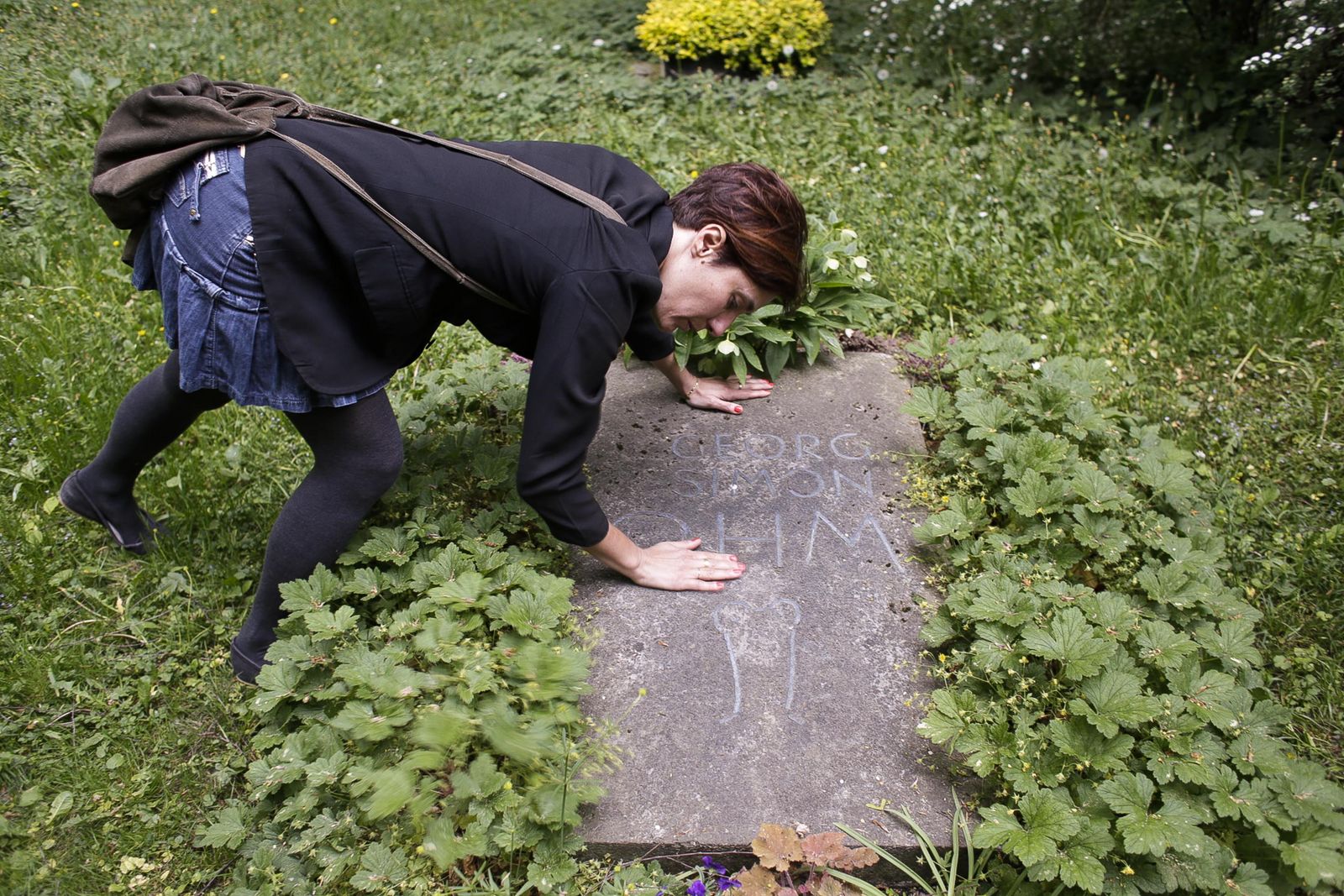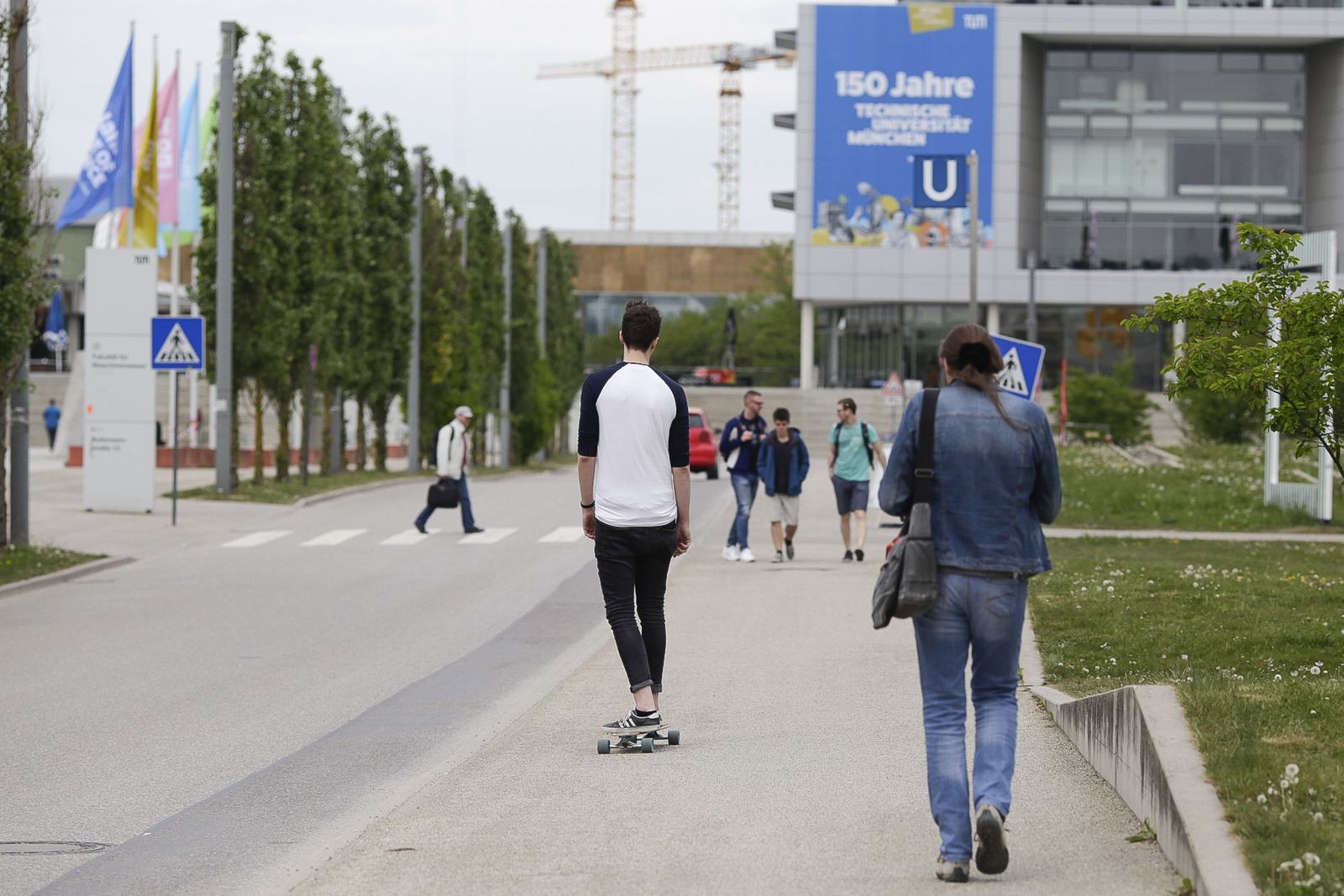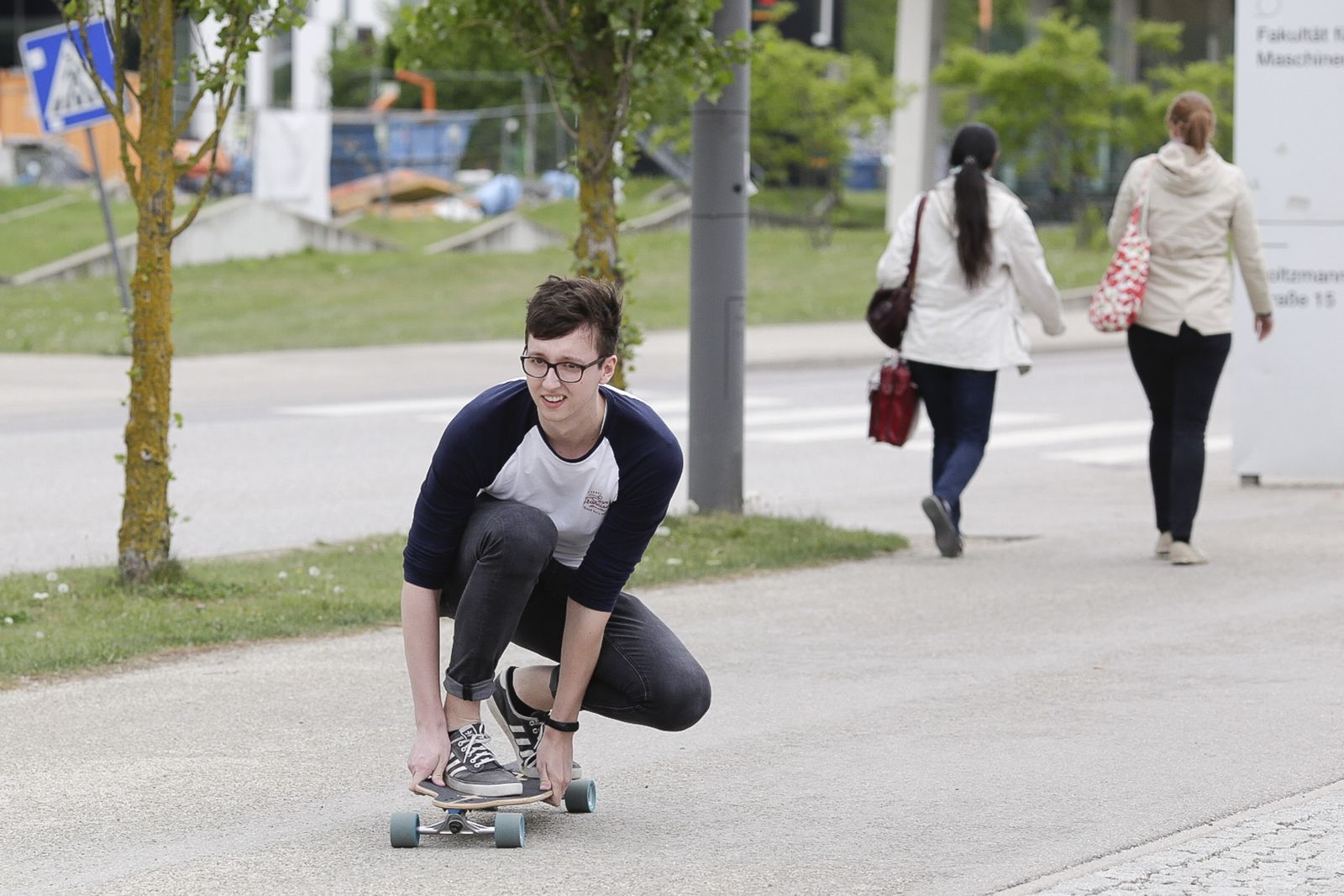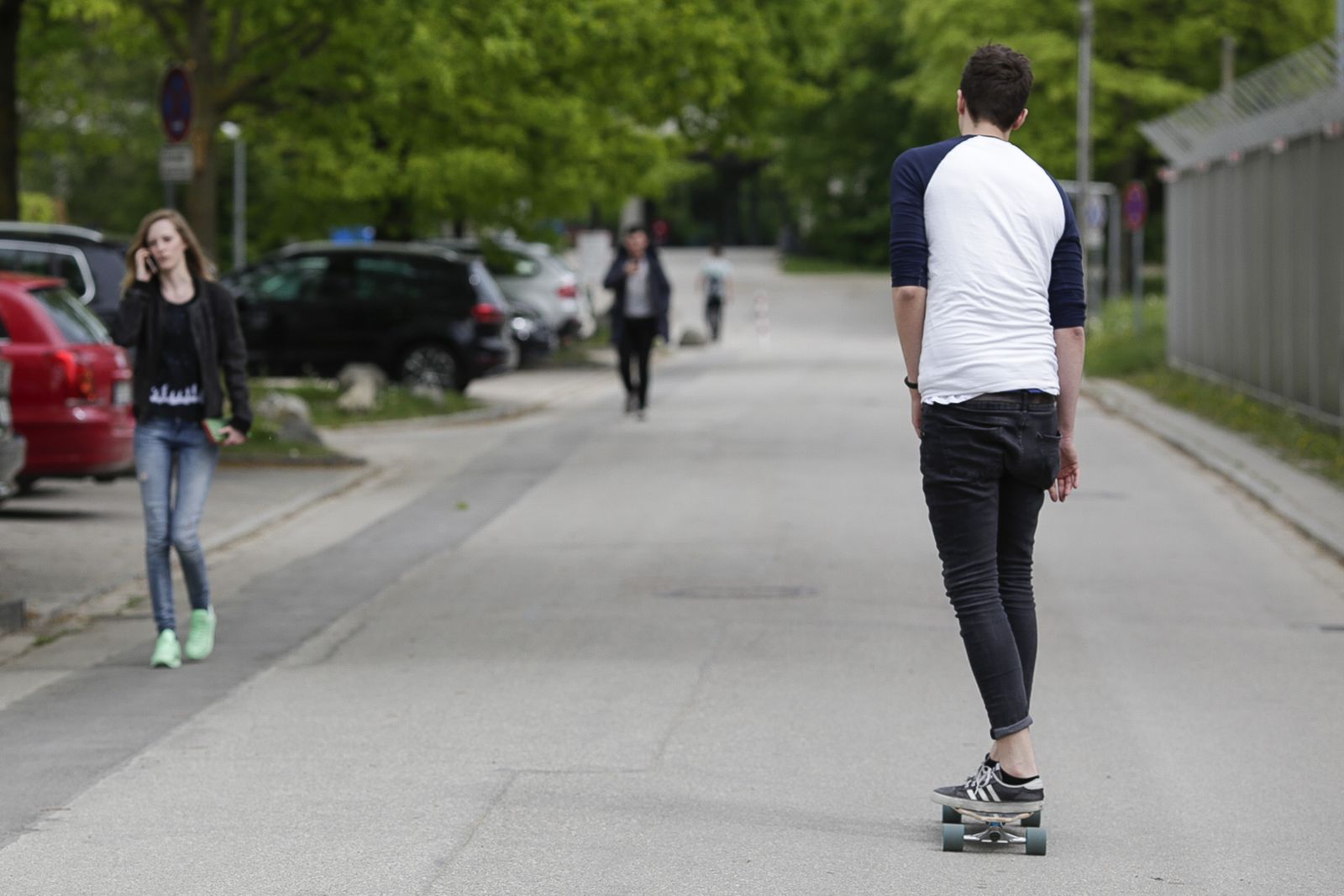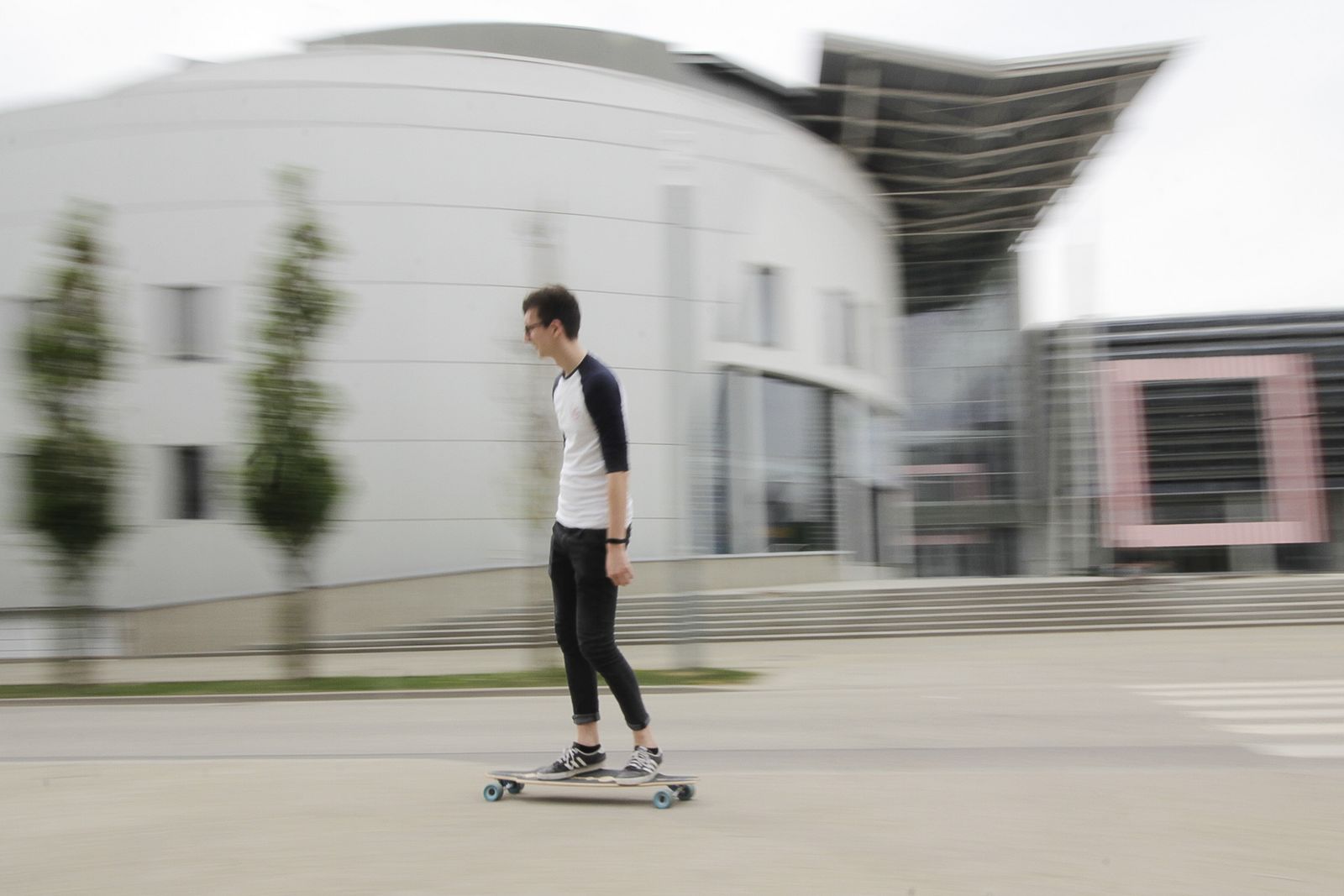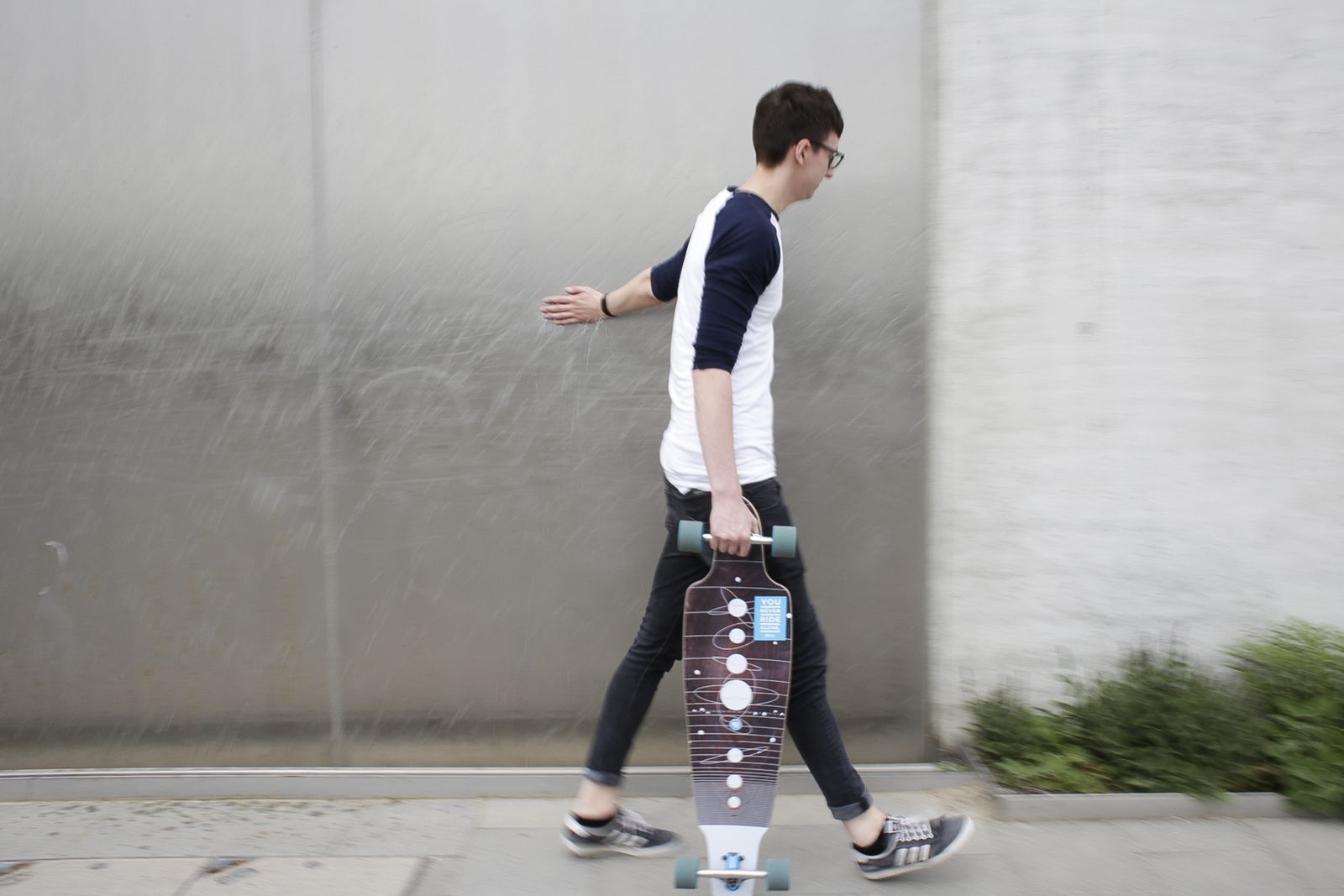Indeed, I am a physicist
Our scientists work on fundamental questions in physics that are playing out in our Universe, but otherwise they have also very earthly tasks and hobbies. Here is a little insight into what the daily life of our researchers looks like away from the labs and desks (All photos by Roberto Grillo).
Elisa Resconi
Elisa Resconi is a professor at TUM. As a member of the IceCube Southpole Neutrino Telescope she strives to understand where the cosmic particles with the highest energies come from and how these particles gained their enormous energies. She was among the scientists to establish the first connection of a high energy neutrino with a cosmic source, a blazar. She is currently aiming at building a new large scale neutrino detector, the Pacific Ocean Neutrino Experiment (P-ONE) that would complement and augment IceCube.
Elizabeth Mondragon Cortes
Elizabeth Mondragon Cortes is a doctoral student at TUM. She is a member of the CRESST experiment hunting for the direct detection of dark matter. A dark matter particle that hits a nucleus of the detector crystal warms it a tiny bit, which constitutes the detection signature. Obviously, the experiment must be extremely sensitive to temperature changes. To take advantage of superconductivity, the crystal is cooled to almost absolute Zero. Eli works on optimizing the detector's thermometer by finding the best combination of the modifiable parameters.
Raimund Strauß
Raimund Strauß is a young researcher at TUM. As a member of the CRESST experiment, he gained a lot of experience with measuring tiny energy changes by using low temperatures. He got interested in a neutrino interaction called CEvNS that is theoretically understood but difficult to measure due to the small amount of energy transferred. To realize an experiment to observe CEvNS, the European Research Council awarded Raimund a Starting Grant. He is now leading the NUCLEUS collaboration setting up the experiment at the Chooz reactor site in France.
Susanne Mertens
Susanne Mertens is a professor at TUM and a researcher at the Max Planck Institute for Physics. She is a leading scientist of the KATRIN experiment to scale the neutrino mass. But Susanne is also dedicated to track down a hypothesized neutrino type that would be heavier than the known ones but its interaction with other particles would be weaker. Since this suspected particle could even be the long searched dark matter particle, the European Research Council endowed Susanne with a Starting Grant to work on verifying or refuting the hypothesis.
Stefan Schönert
Stefan Schönert is a professor at TUM. He is a leading scientist of the CRESST and the GERDA experiments, among others. Both are tailored to observe particle events that are to happen absolutely rarely (if at all), but detection would have groundbreaking implications for the field of fundamental Physics. A main concern is therefore to scale up the experiments to enhance the discovery probability. For the advancement of GERDA with its 38,5 kg detector mass to the new 1000 kg LEGEND experiment, he received a prestigious Advanced Grant from the European Research Council.
Valentina Mantovani Sarti
Valentina Mantovani Sarti is a young researcher at TUM. As a hybrid between a theorist and an experimentalist in the field of nuclear physics, she strives for an understanding of how matter behaves under extreme temperatures and densities. Colliding heavy nuclei and protons at almost the speed of light in particle accelerators generates the most extreme conditions that can be achieved on Earth. Valentina is an expert in analysing and interpreting data from the ALICE experiment at the Large Hadron Collider.
Thierry Lasserre
Thierry Lasserre is a research director at the French Alternative Energies and Atomic Commission (CEA), a guest professor at TUM and a Mercator Fellow of the SFB1258. He is an initiator and leading scientist of the Double Chooz experiment studying the conversion of the three known neutrinos into each other. With colleagues, he observed a neutrino deficit at Chooz that could be explained by a fourth type of neutrino with light mass. To search for it, he received an ERC Starting Grant in 2012. Now, he has expanded this hunt to the hypothesized neutrino that is also a dark matter candidate.
Laura Fabbietti
Laura Fabbietti is a professor at TUM. She is concerned with strange things, that is matter containing Strange quarks, the third lightest quarks after the Up and the Down quarks that make up the protons and neutrons in the atomic nuclei. Strange quarks are presumed to be found in neutron stars where the matter is densest in the Universe (apart from black holes). To find the equation of state of a neutron star, she and her group are part of the ALICE experiment at the Large Hadron Collider at CERN where they can study matter under extreme conditions in the laboratory.
Felix Henningsen
Felix Henningsen is a doctoral student at TUM. As a Bachelor student together with other students, he developed the POCAM, an instrument intended to recalibrate the detectors of the IceCube Southpole Neutrino Observatory. To test the tool, he travelled to Siberia to deploy it in the neutrino detector under construction in Lake Baikal. Now, PCAMs are integral parts of the pathfinder experiment STRAW off the coast of Canada to study the conditions in the Pacific for the design of the planned new large scale telescope Pacific Ocean Neutrino Experiment initiated by Elisa Resconi.
